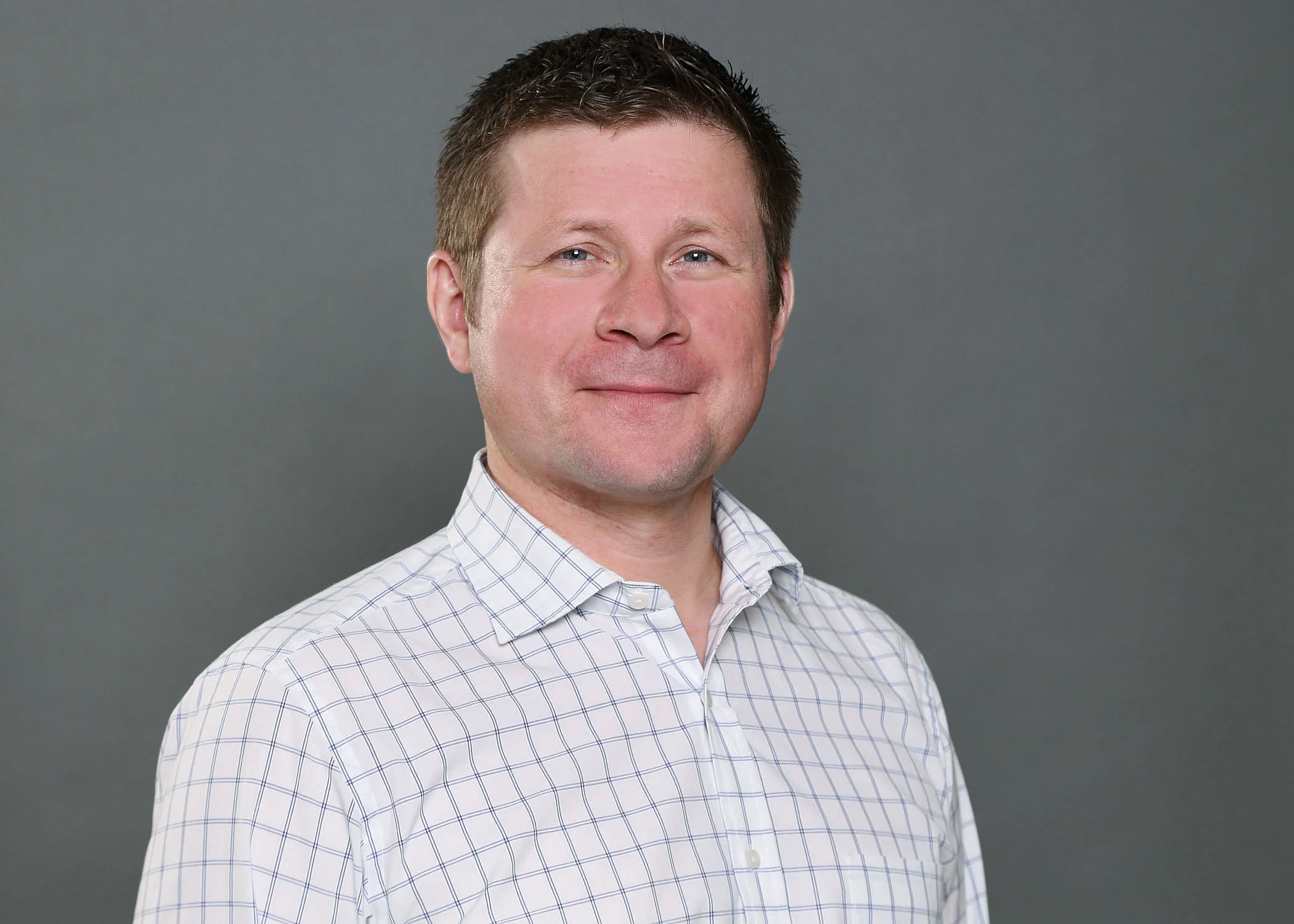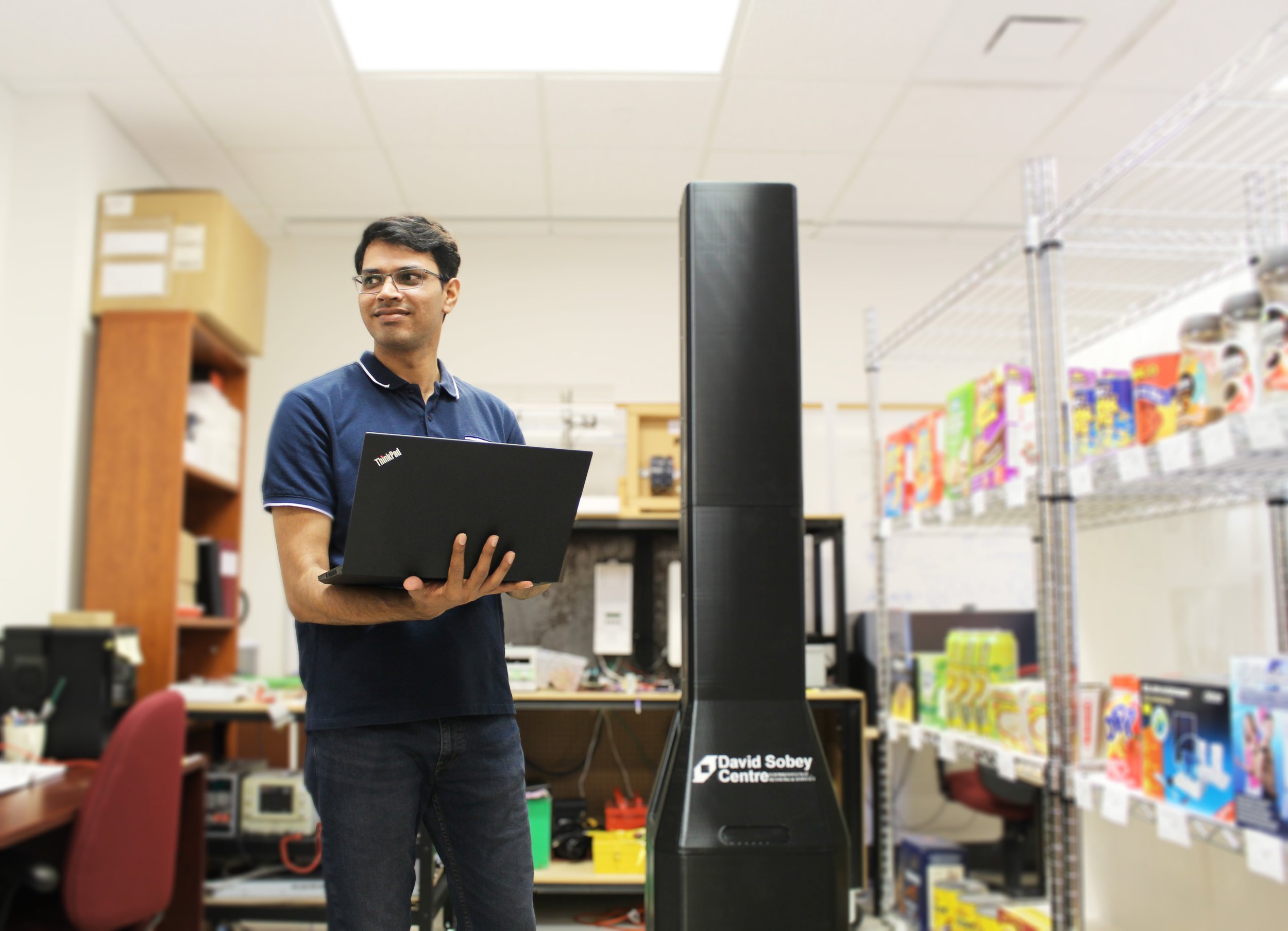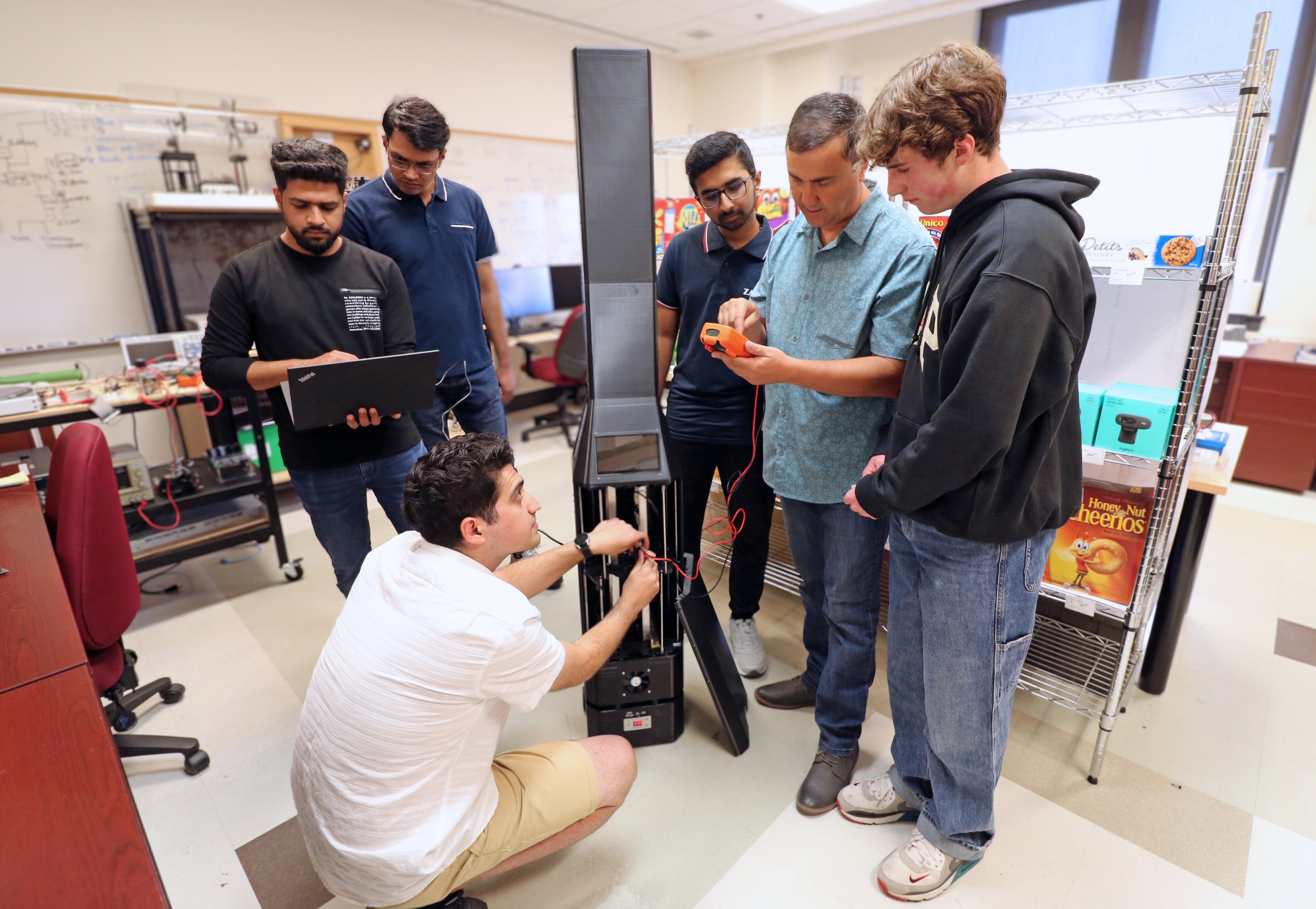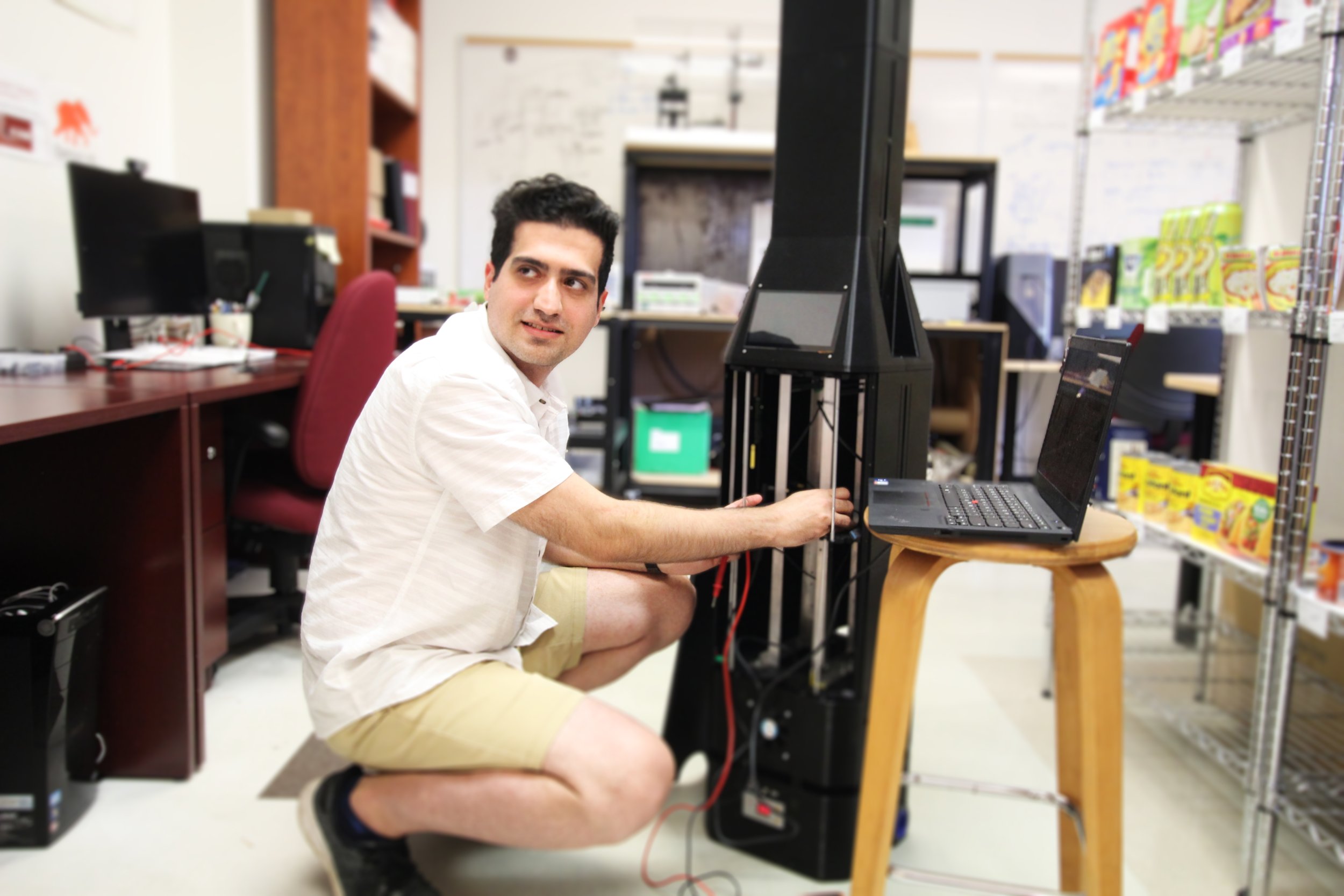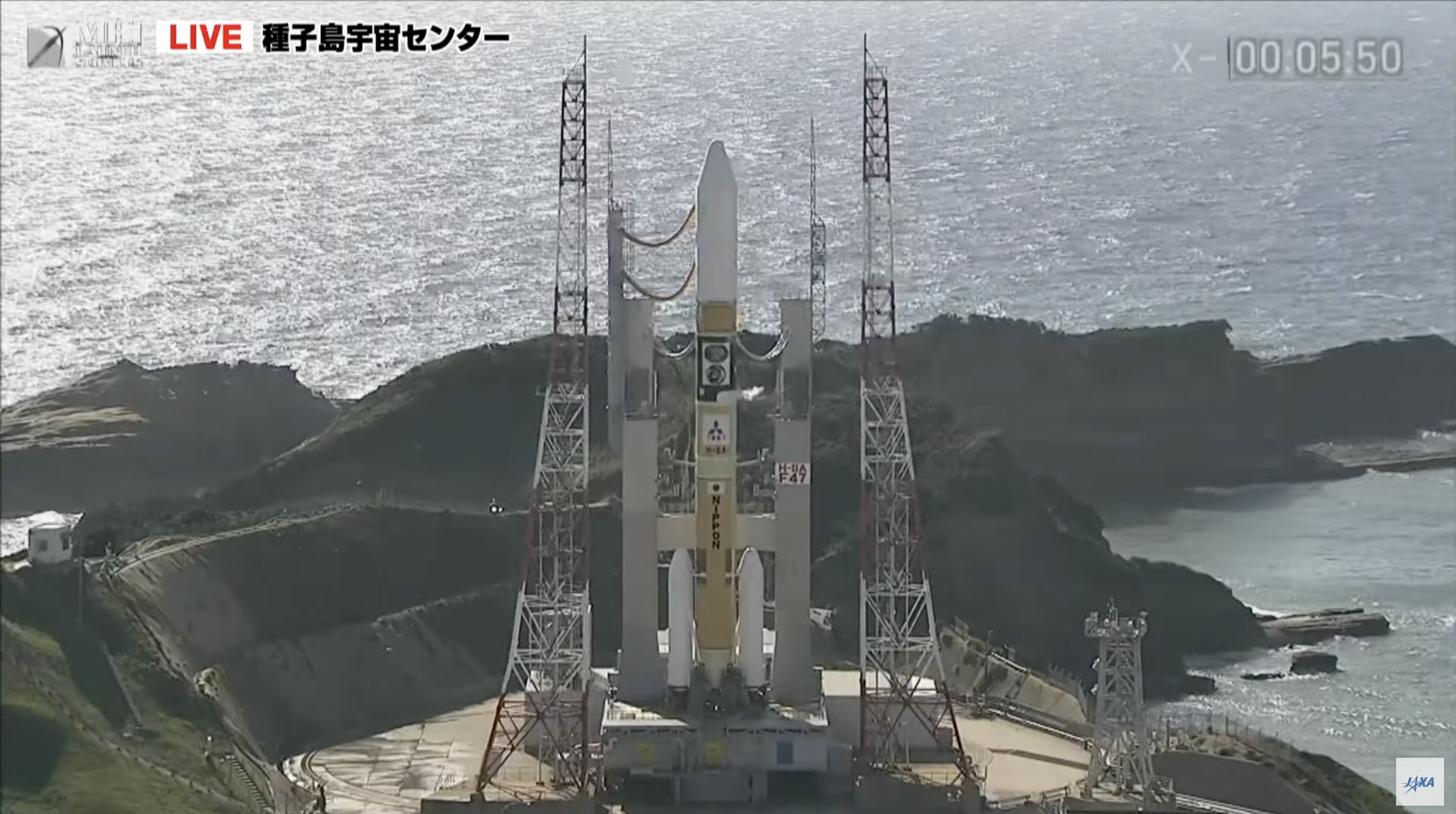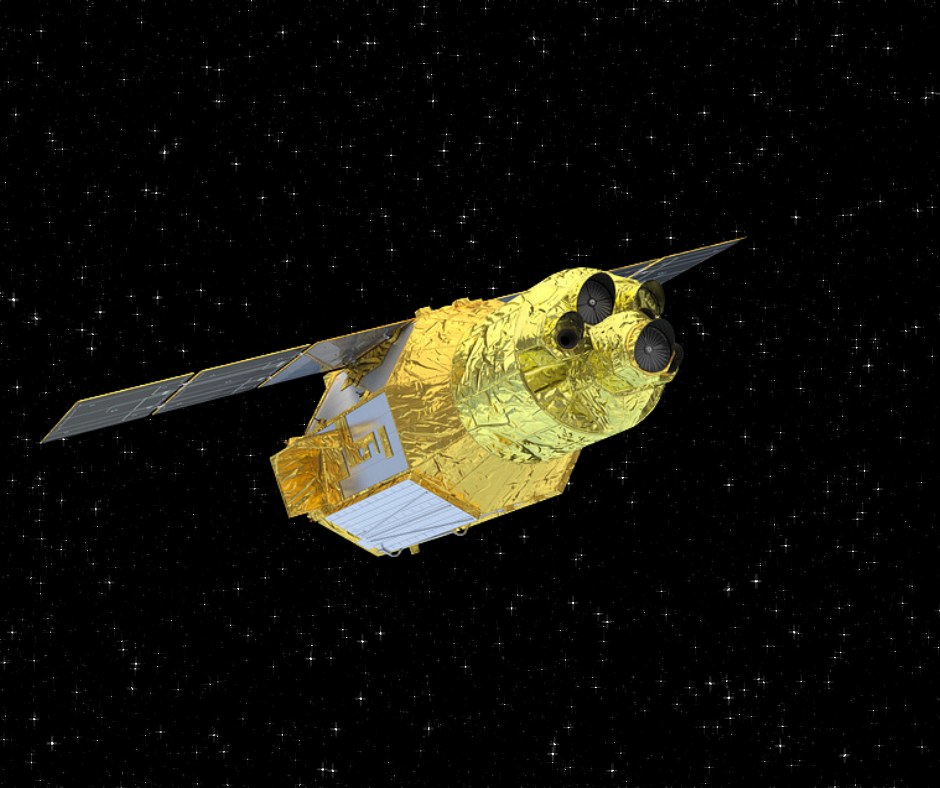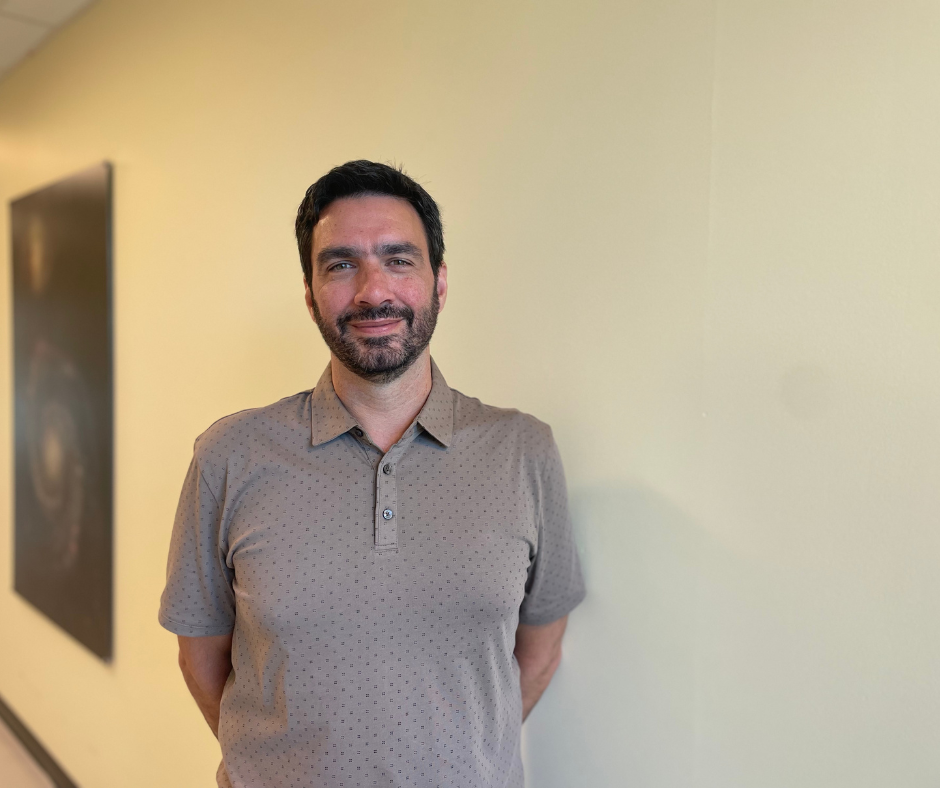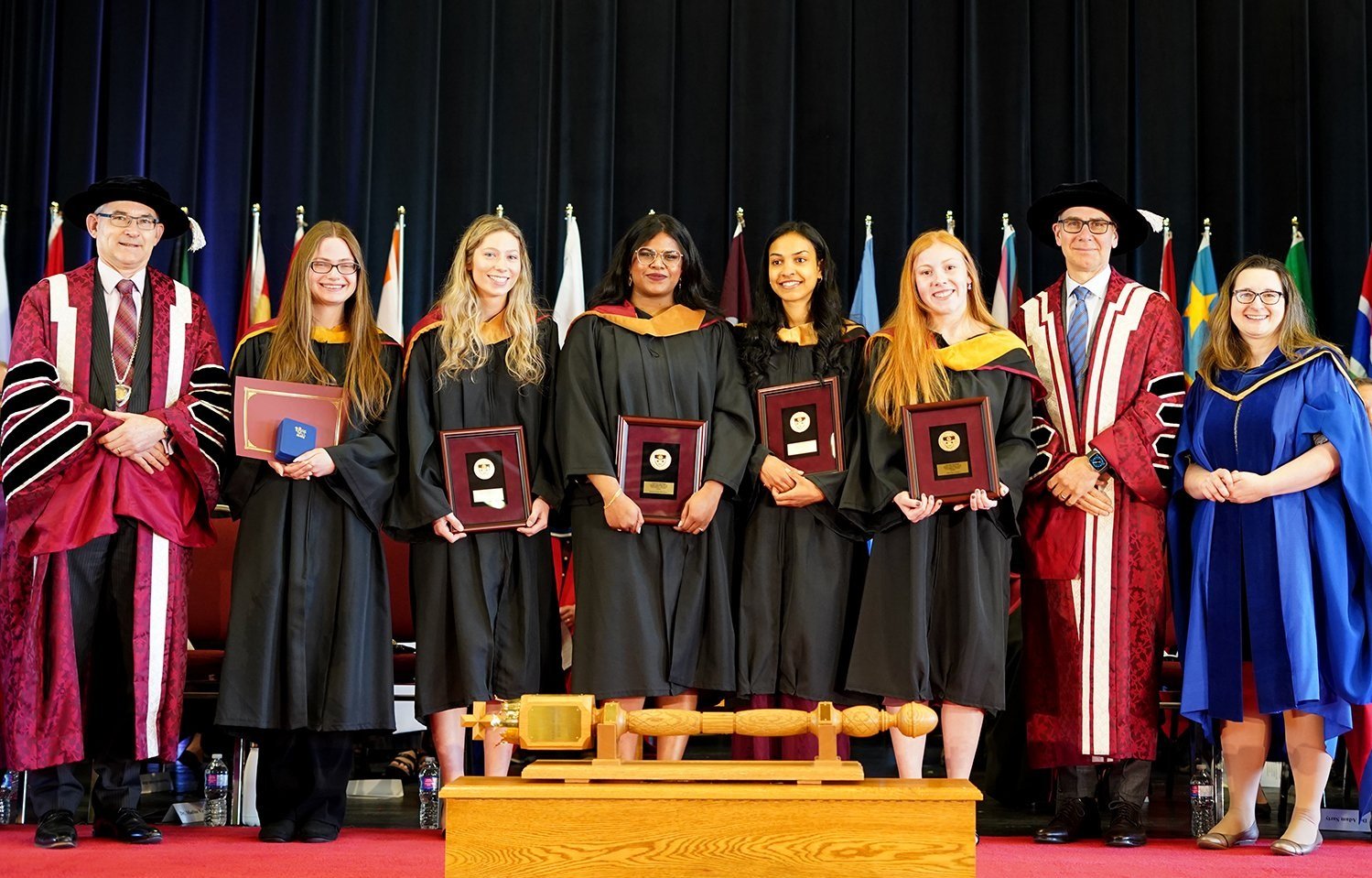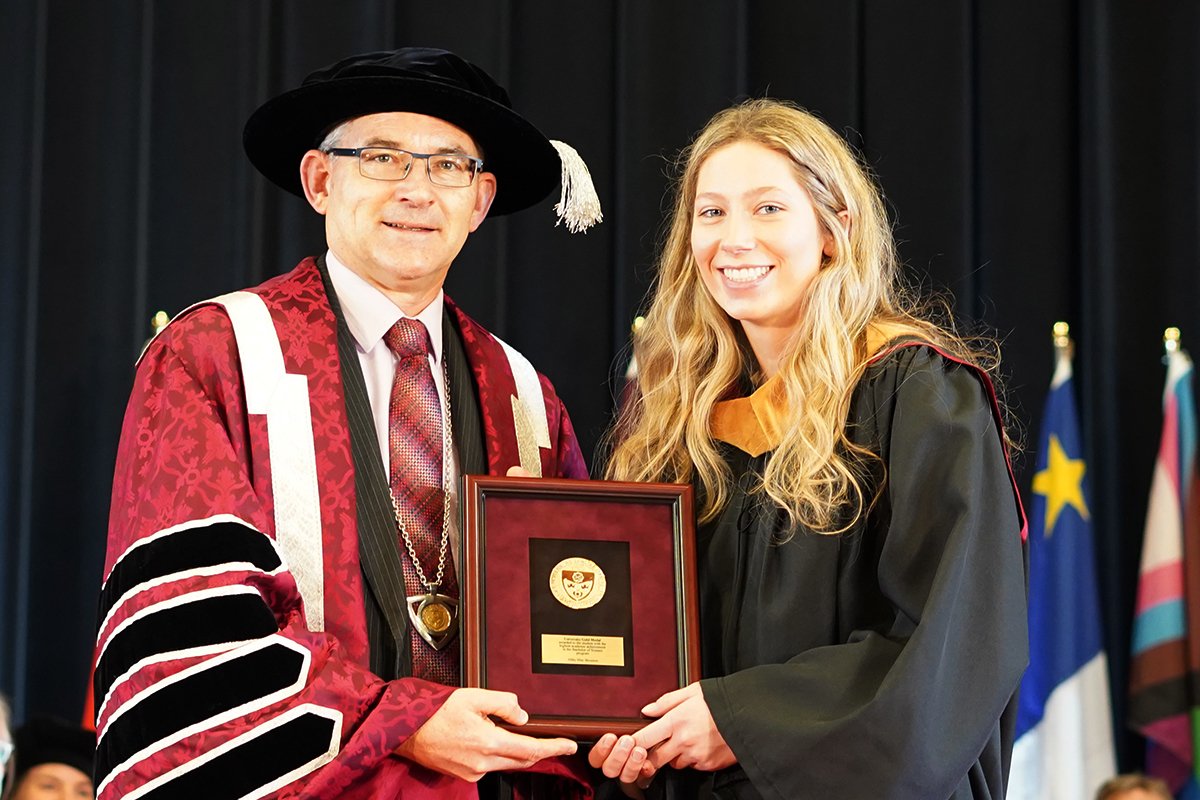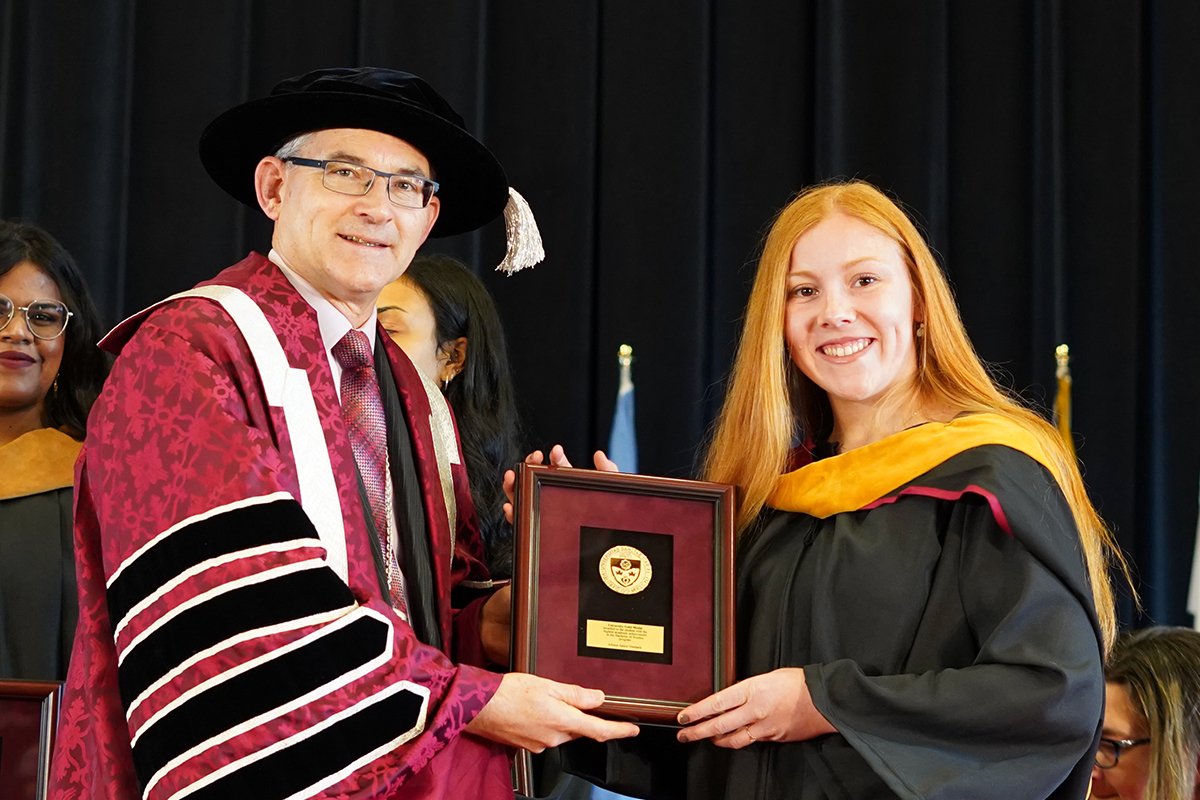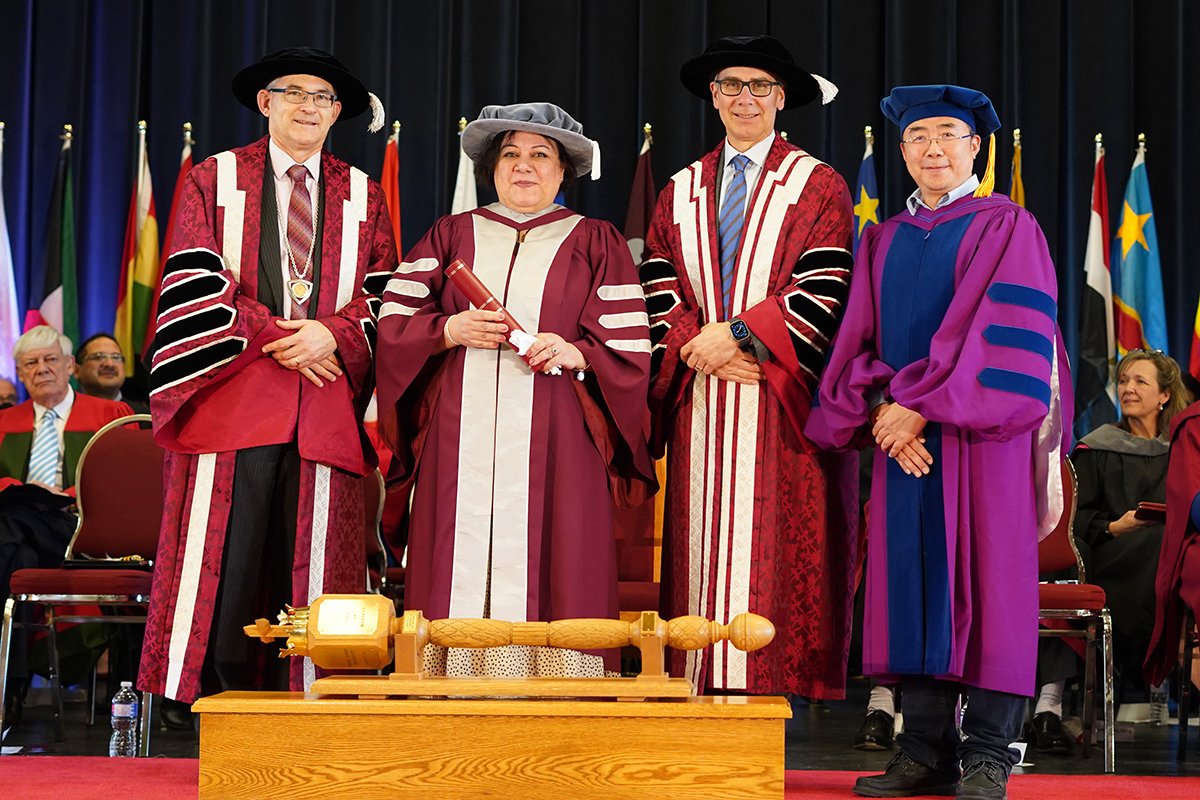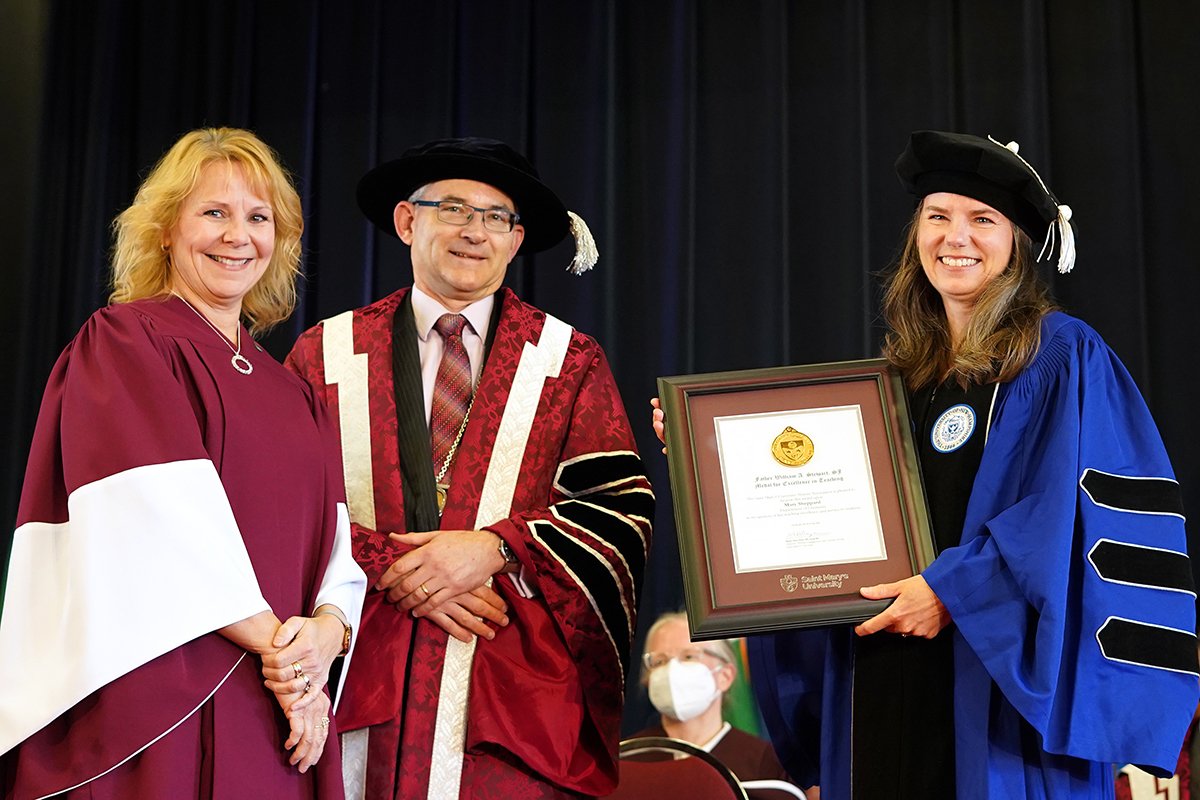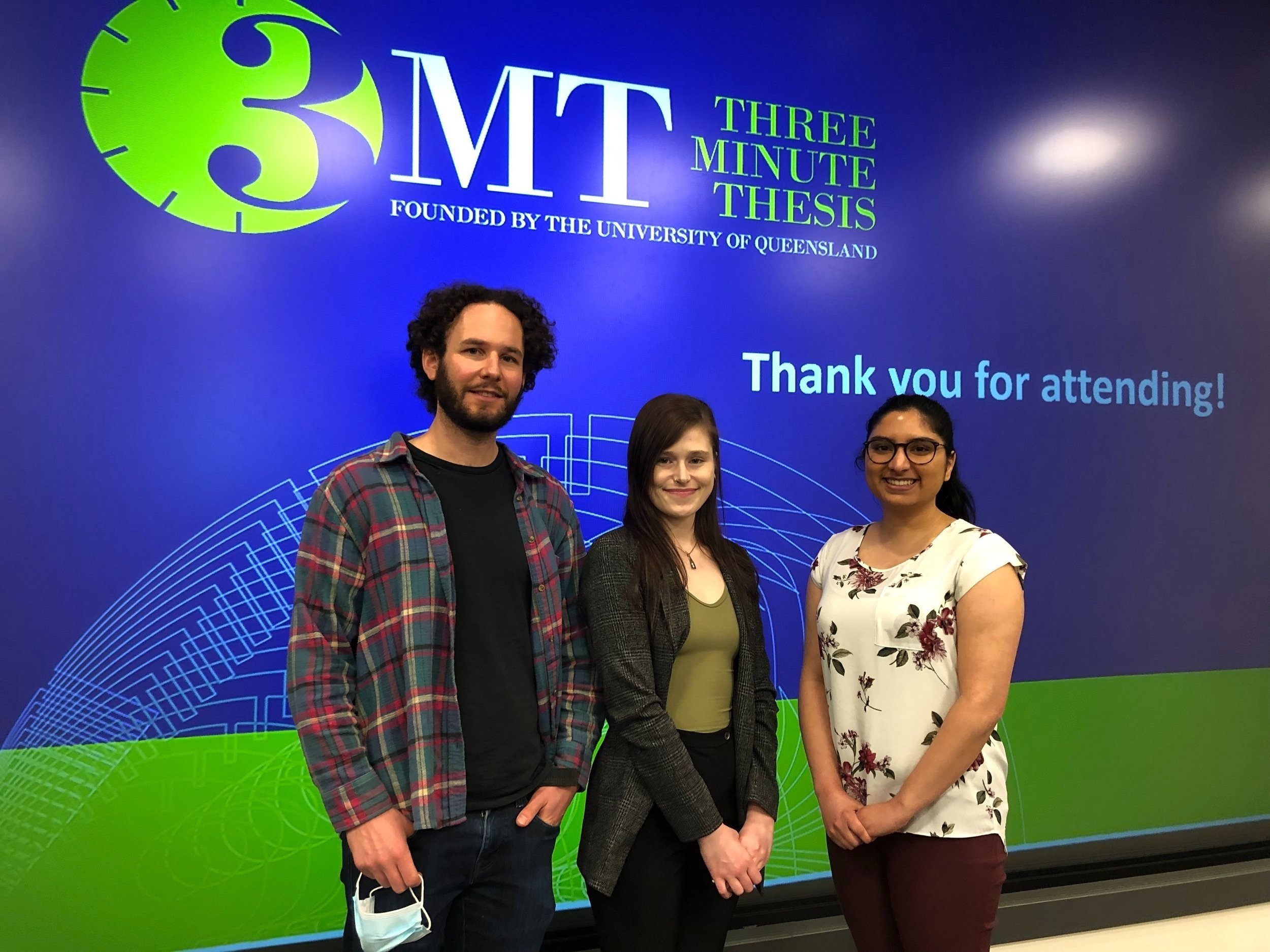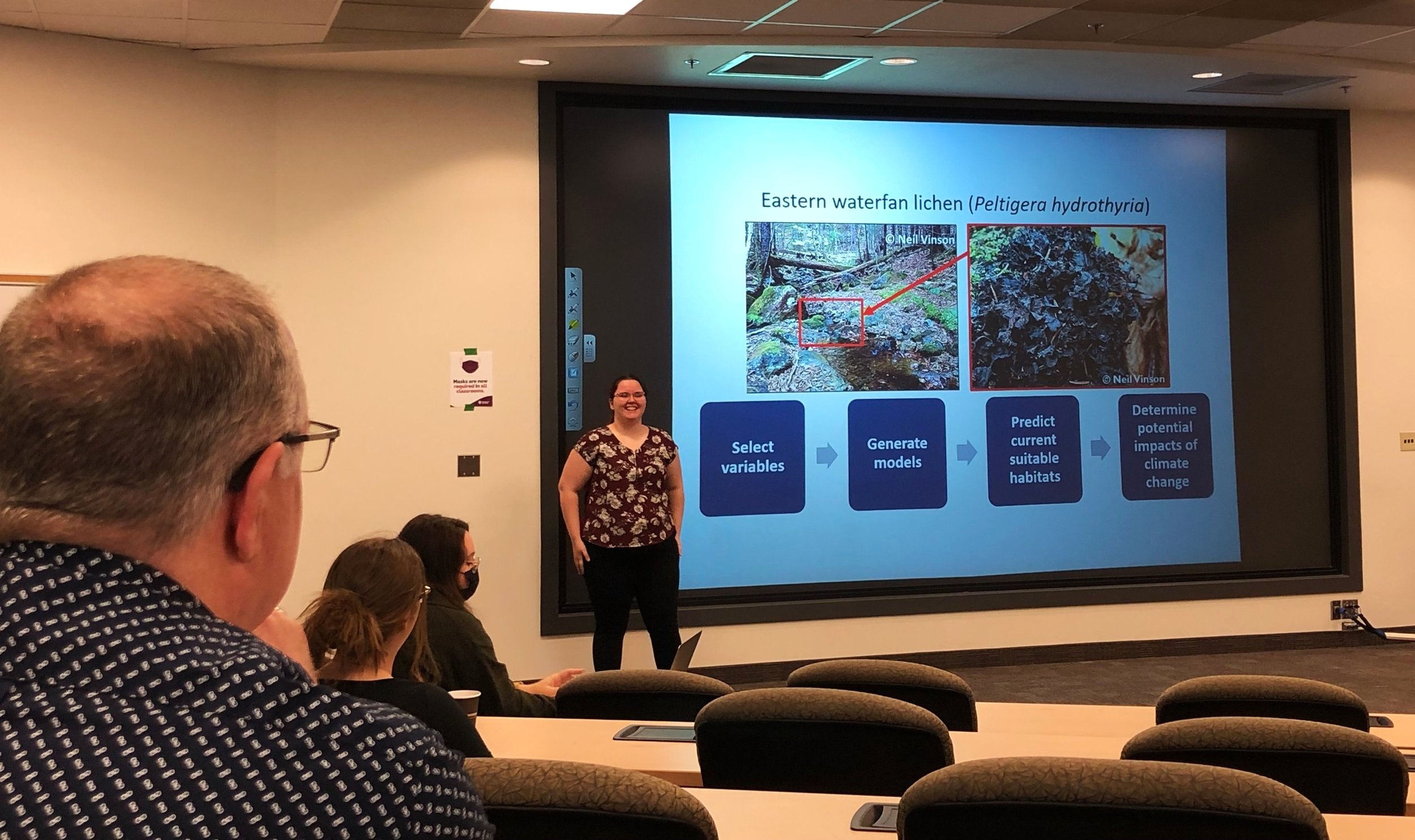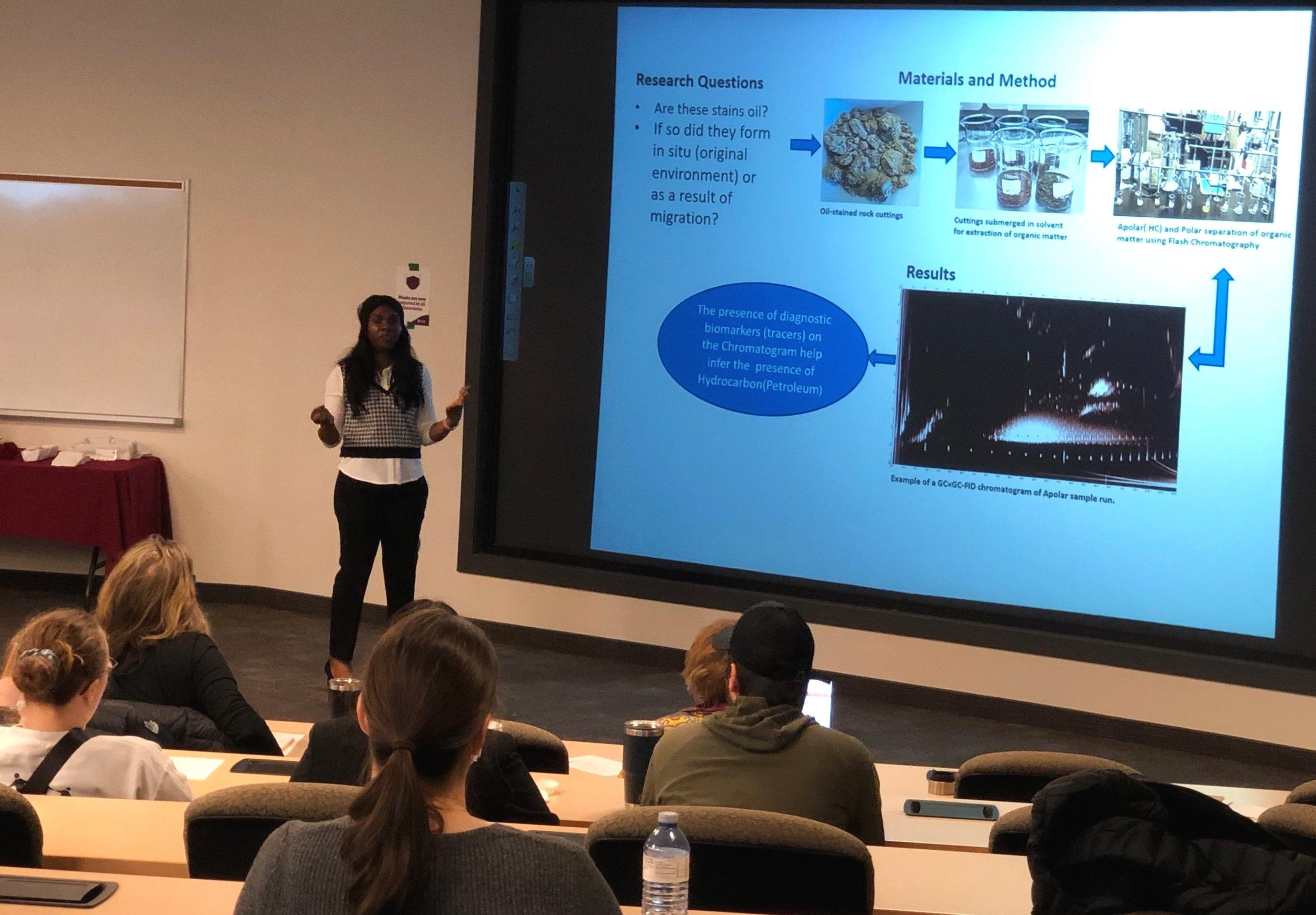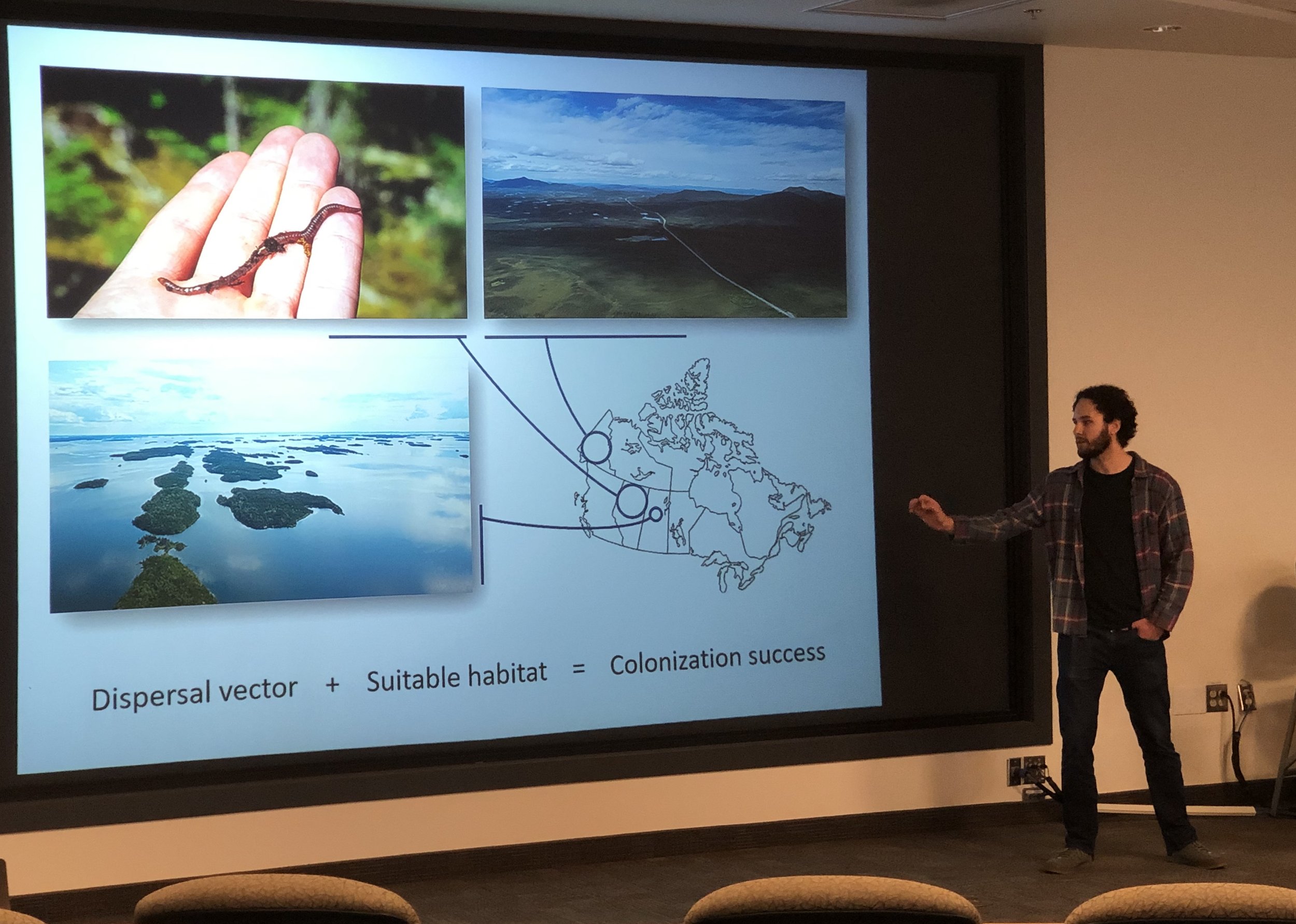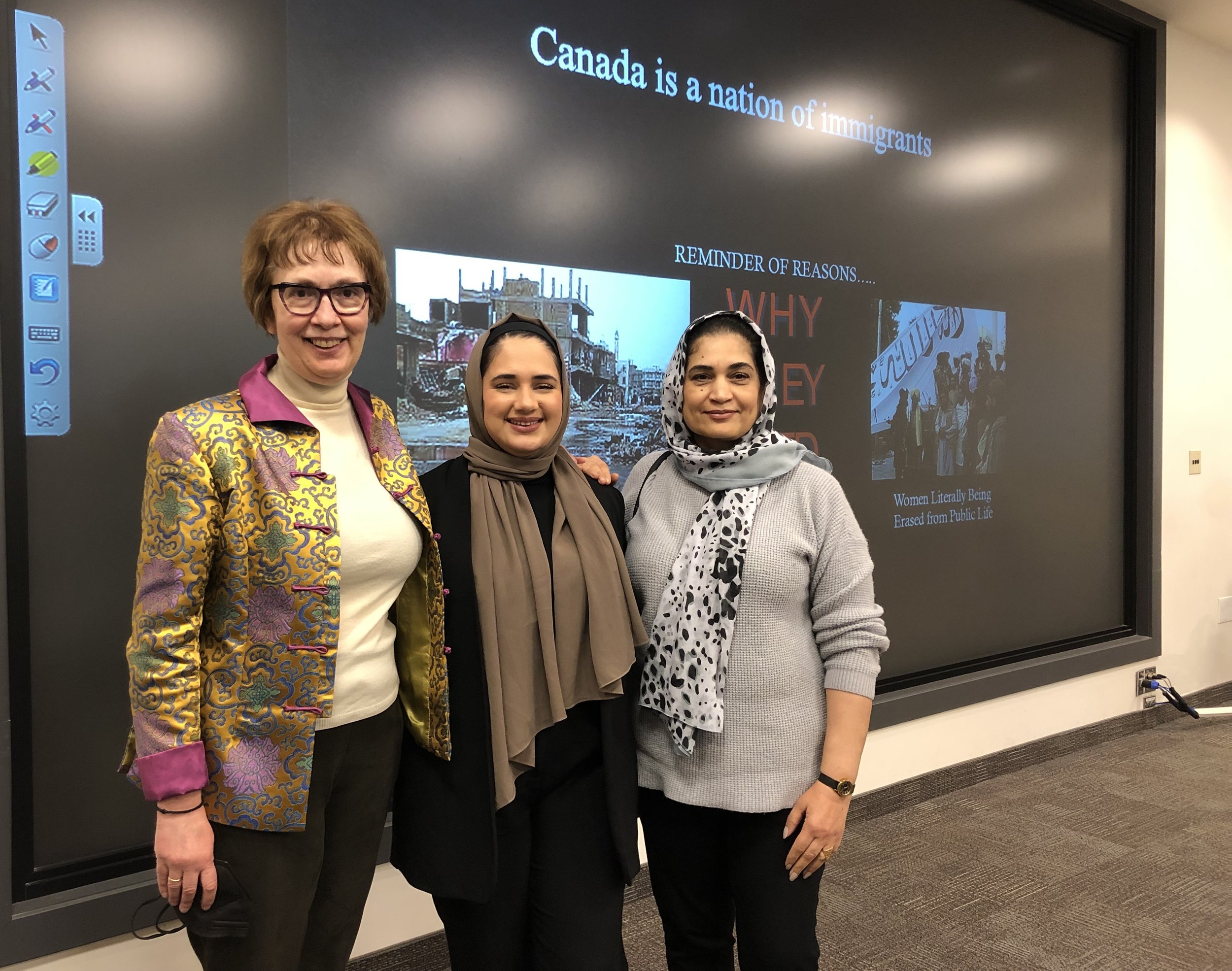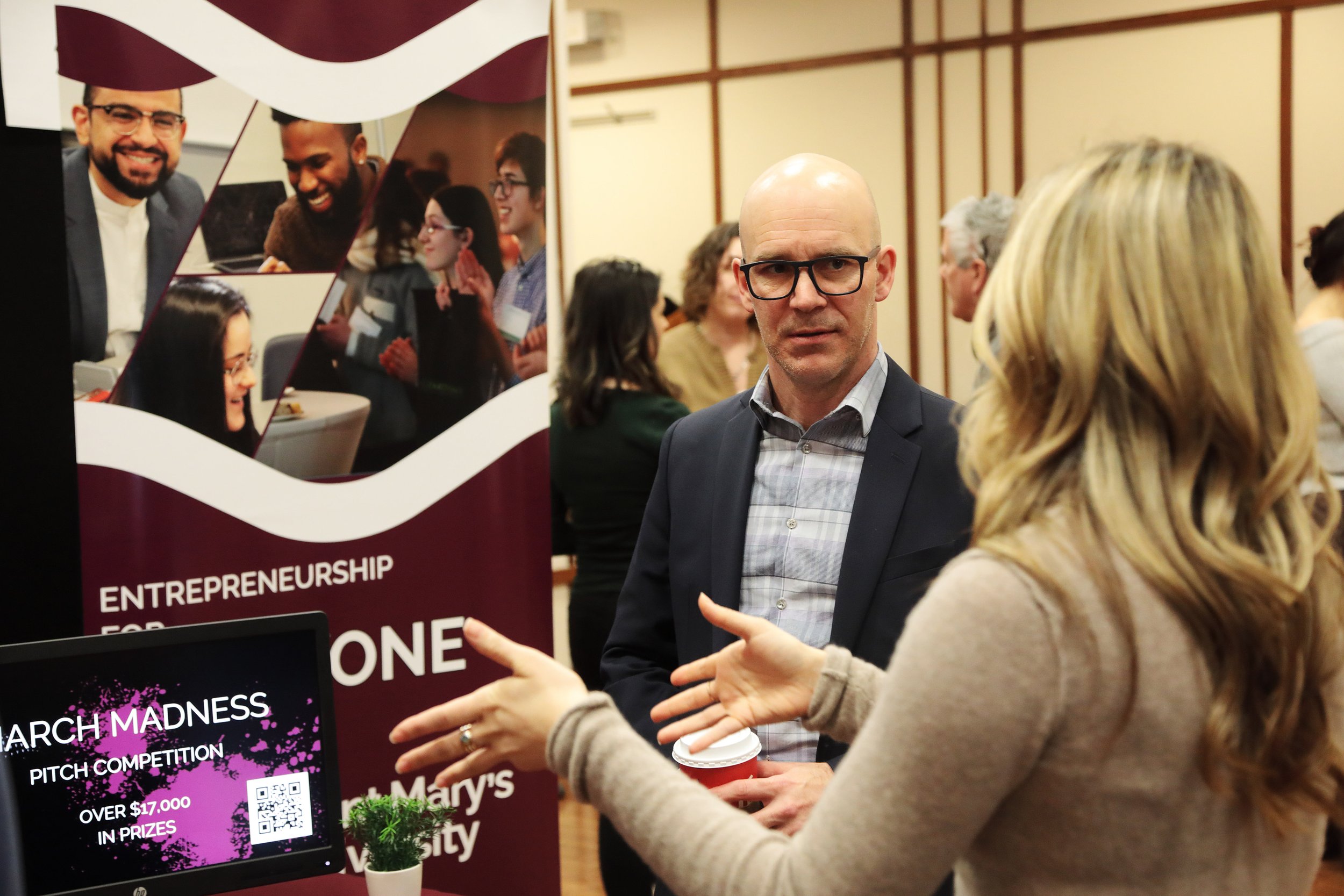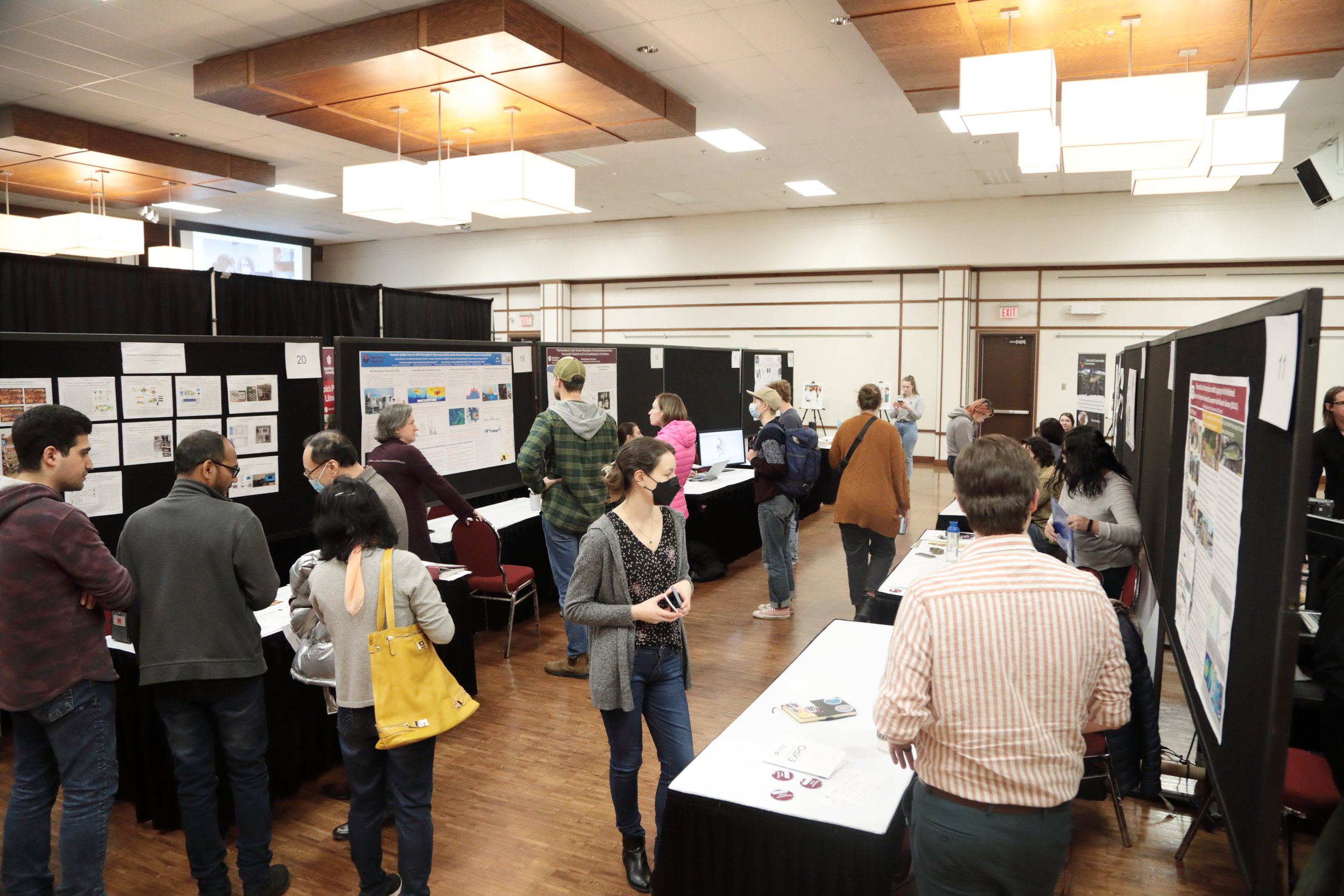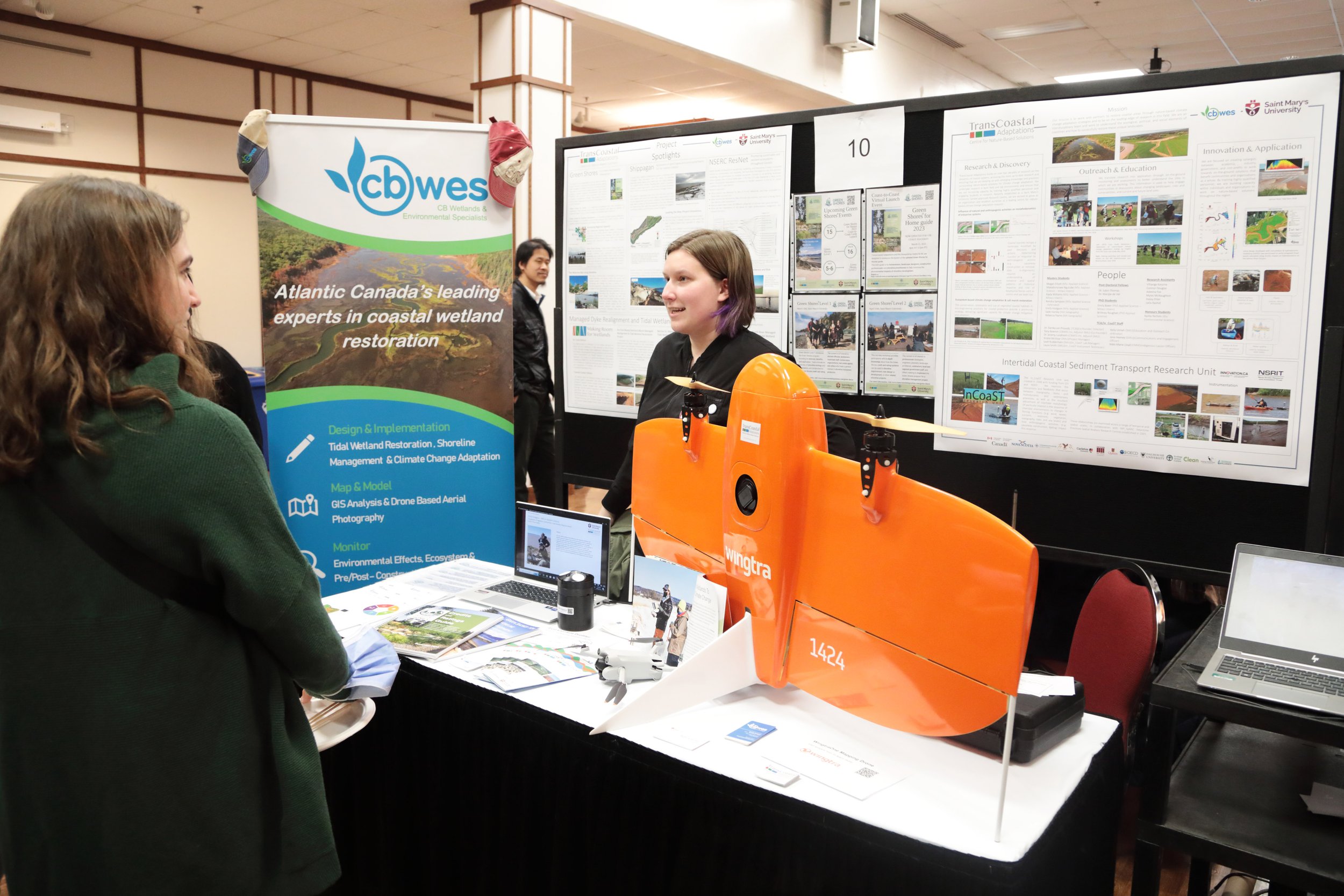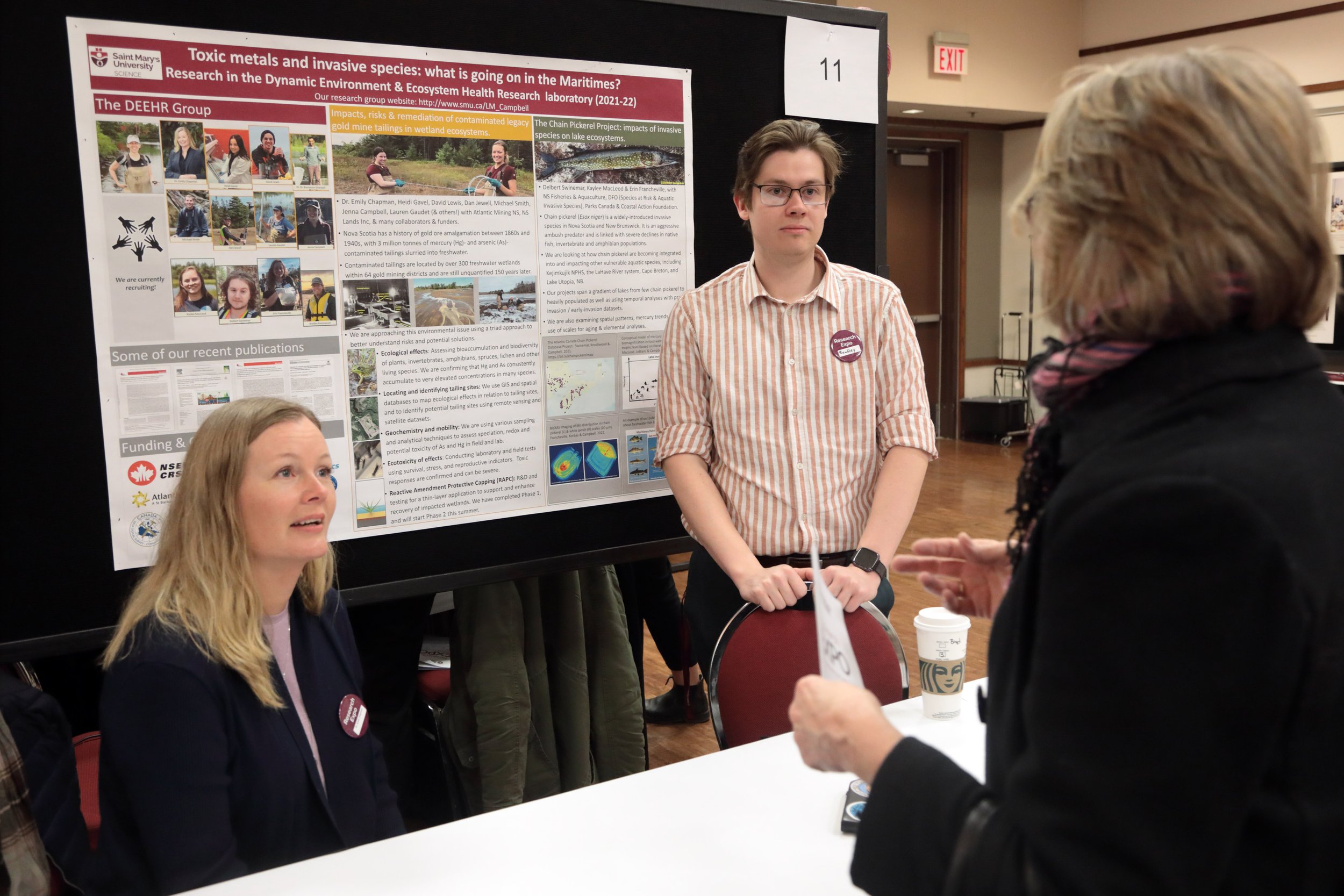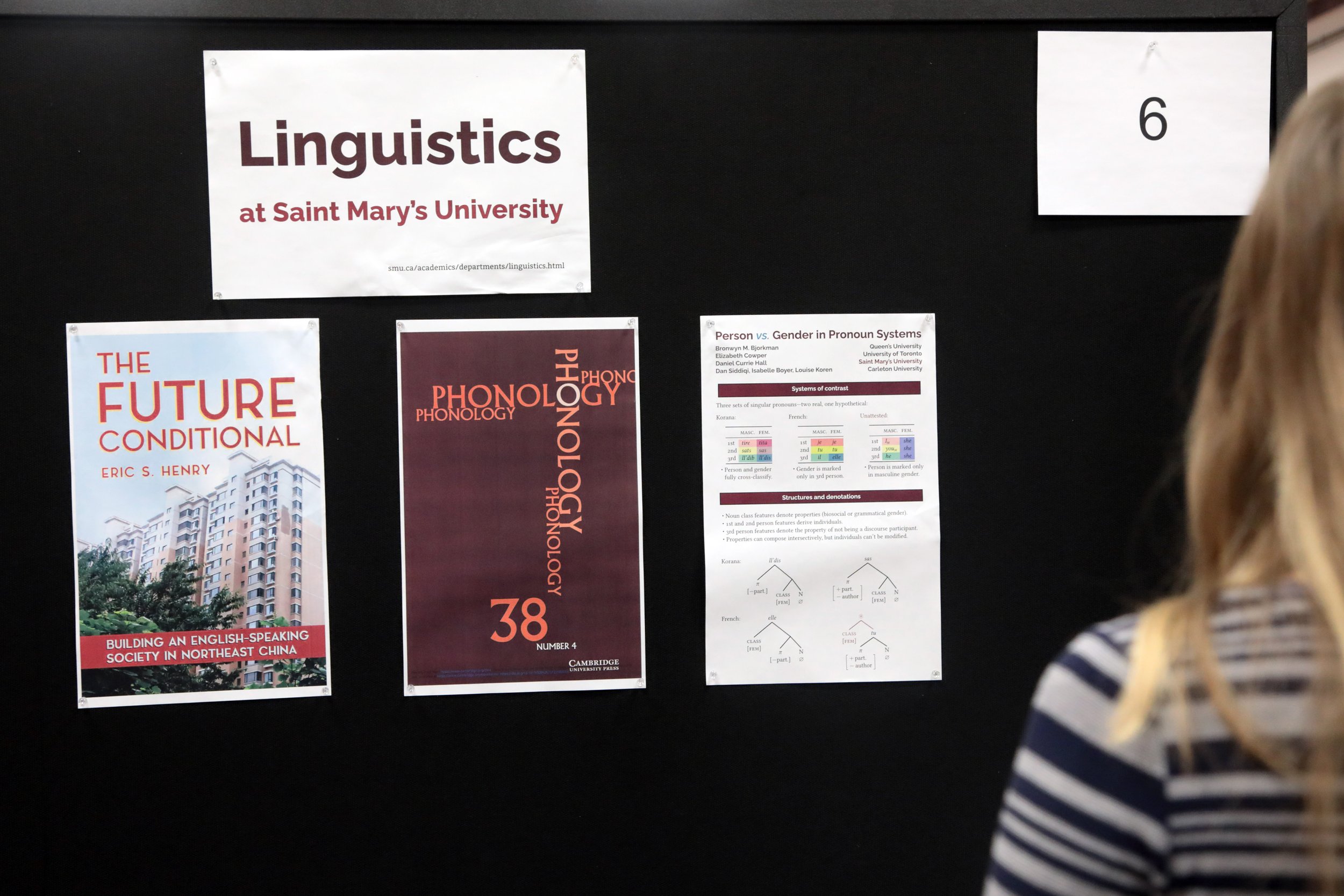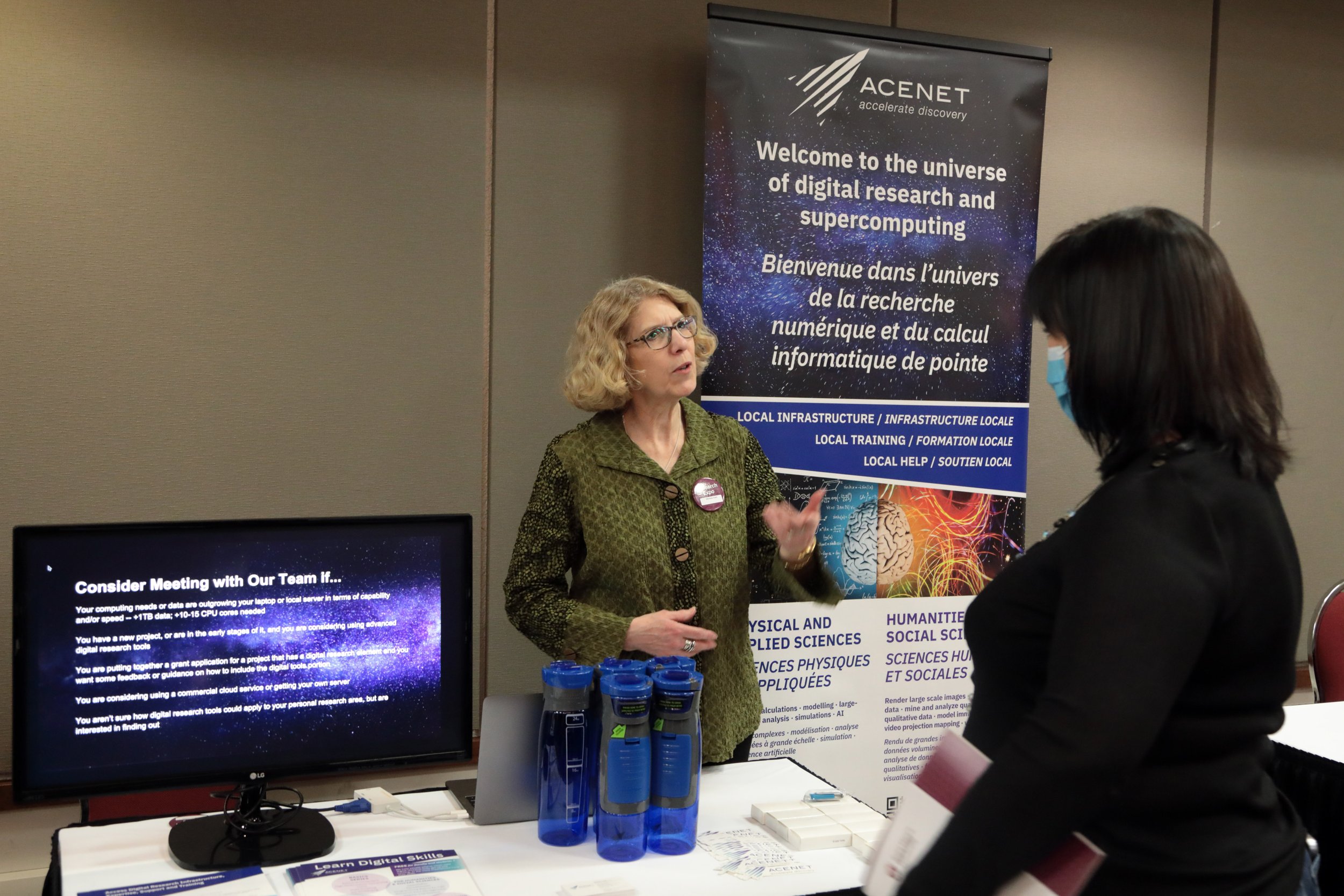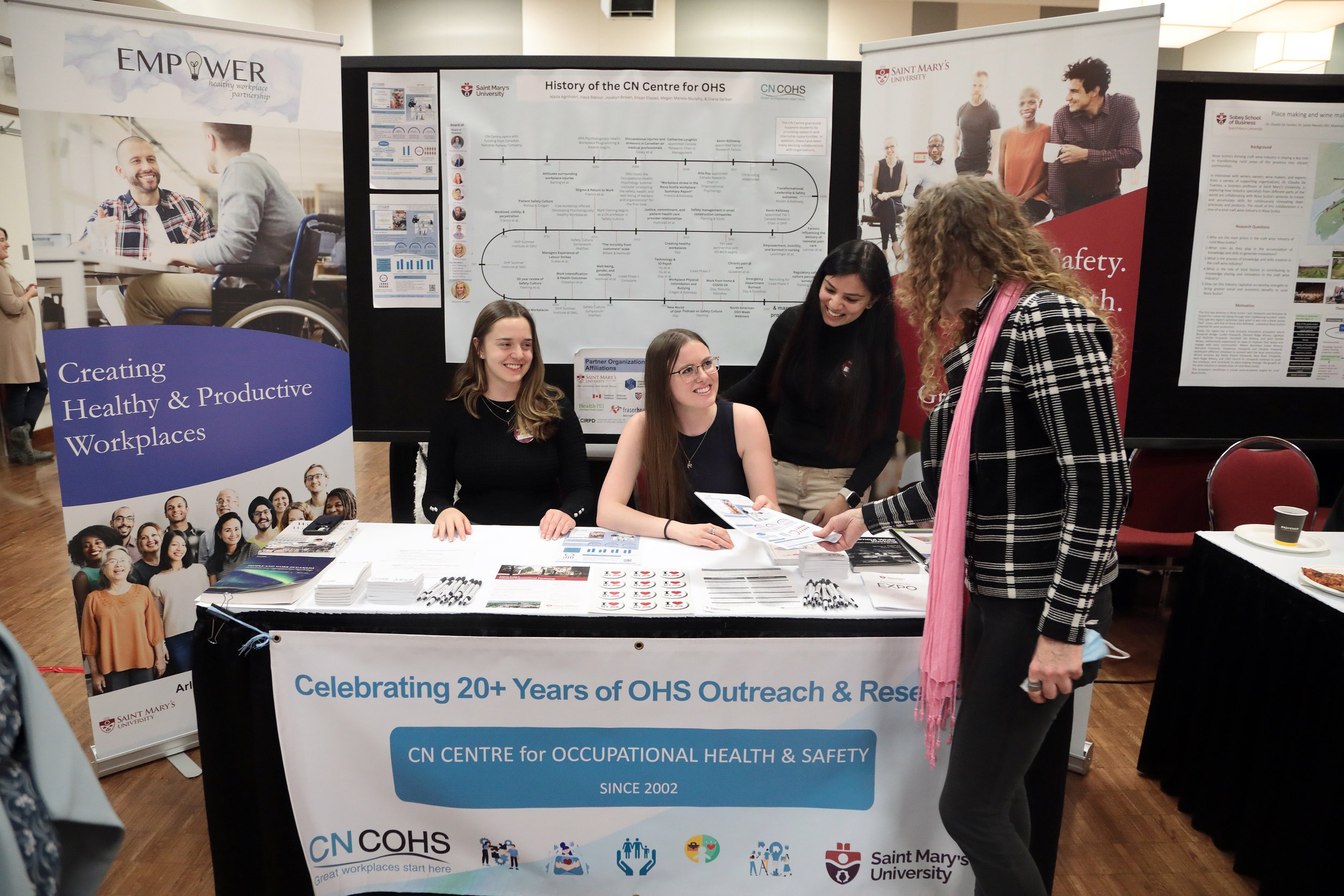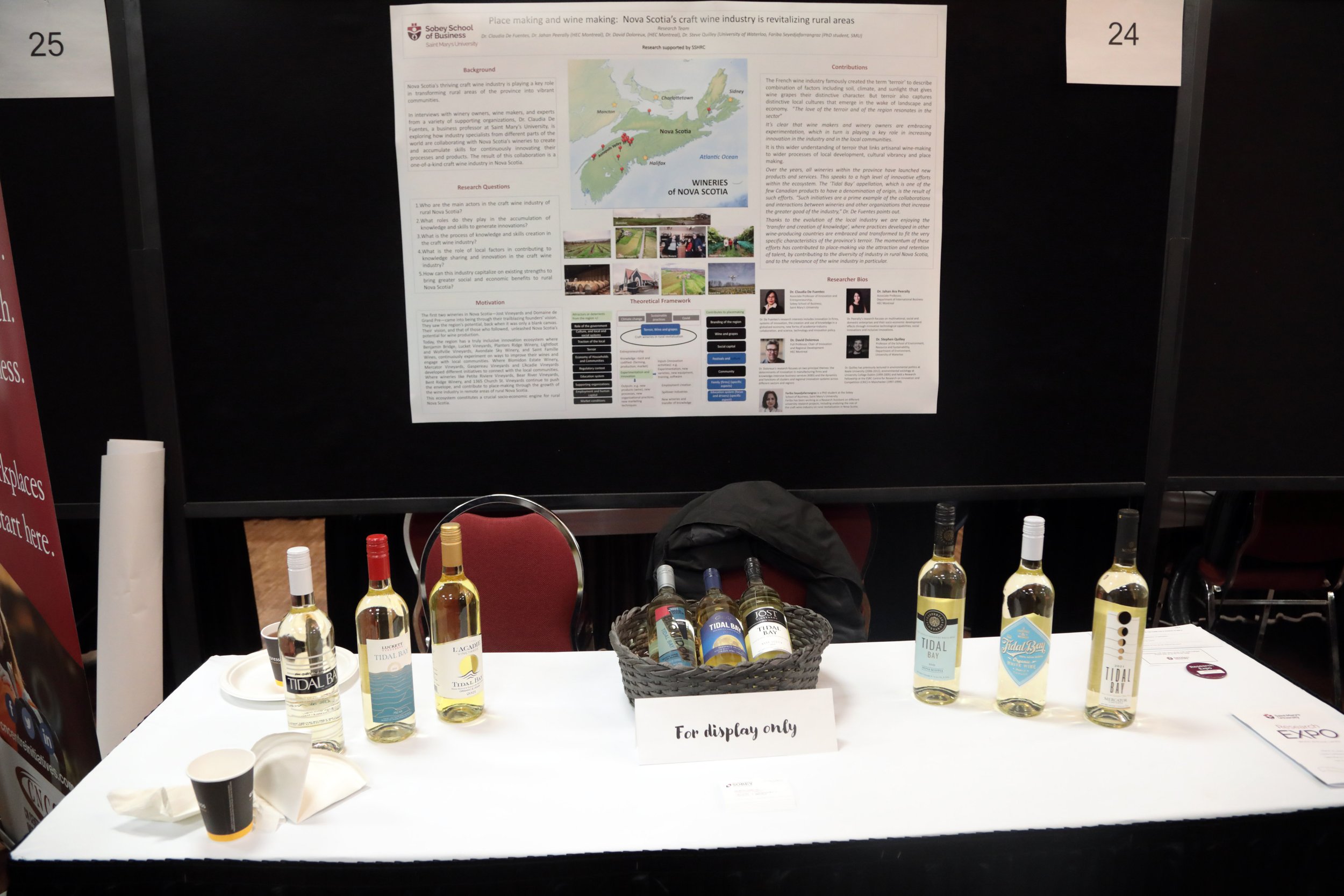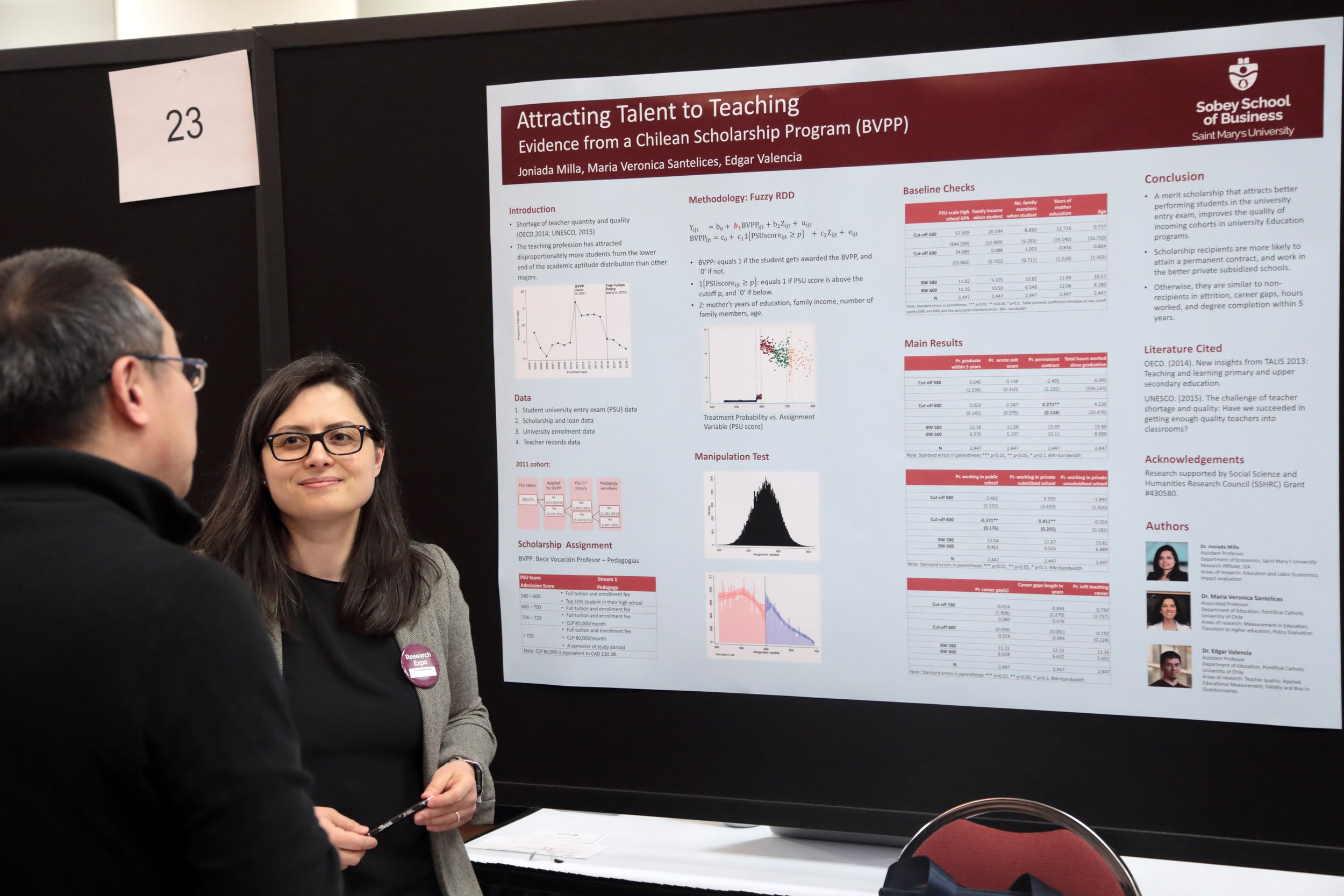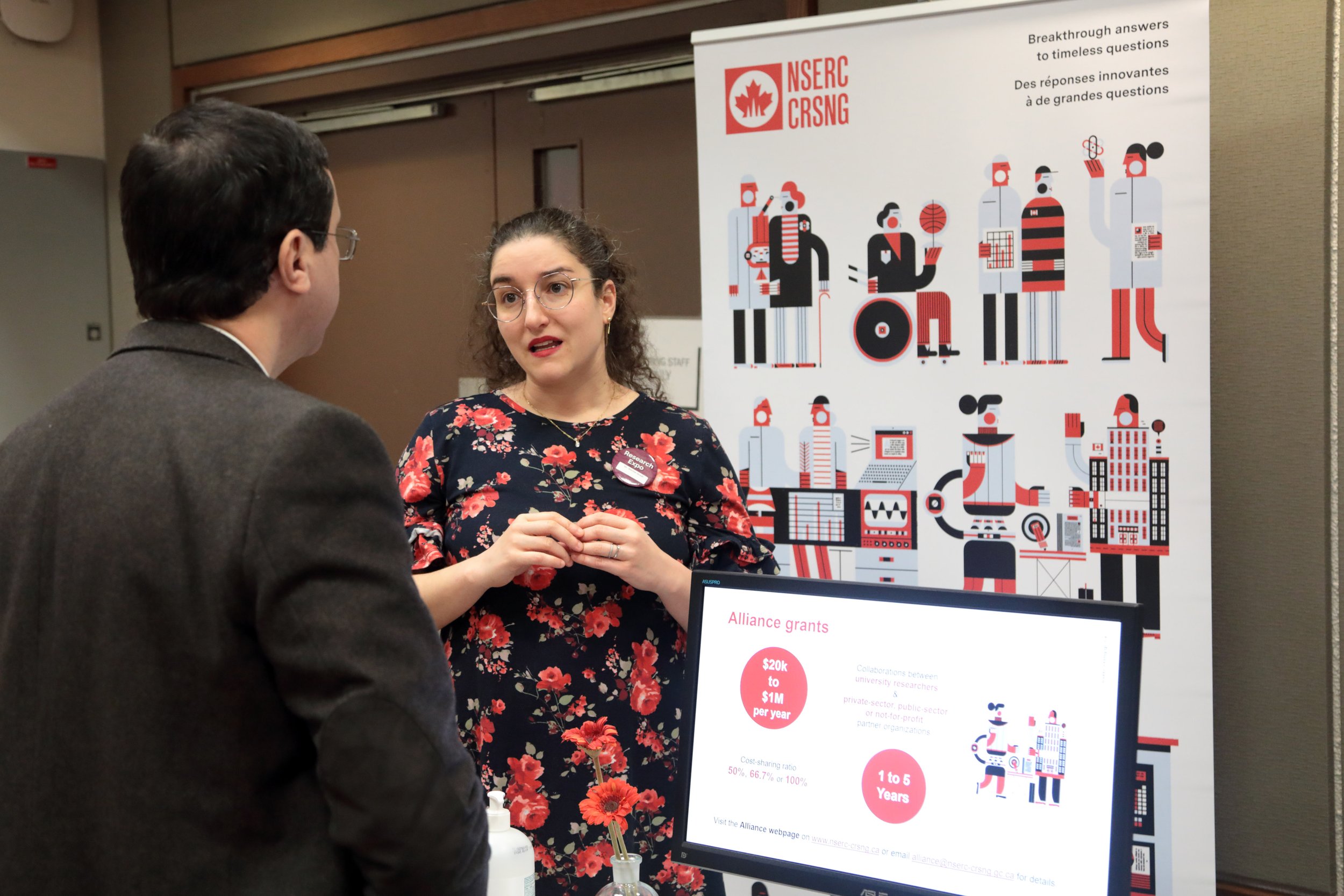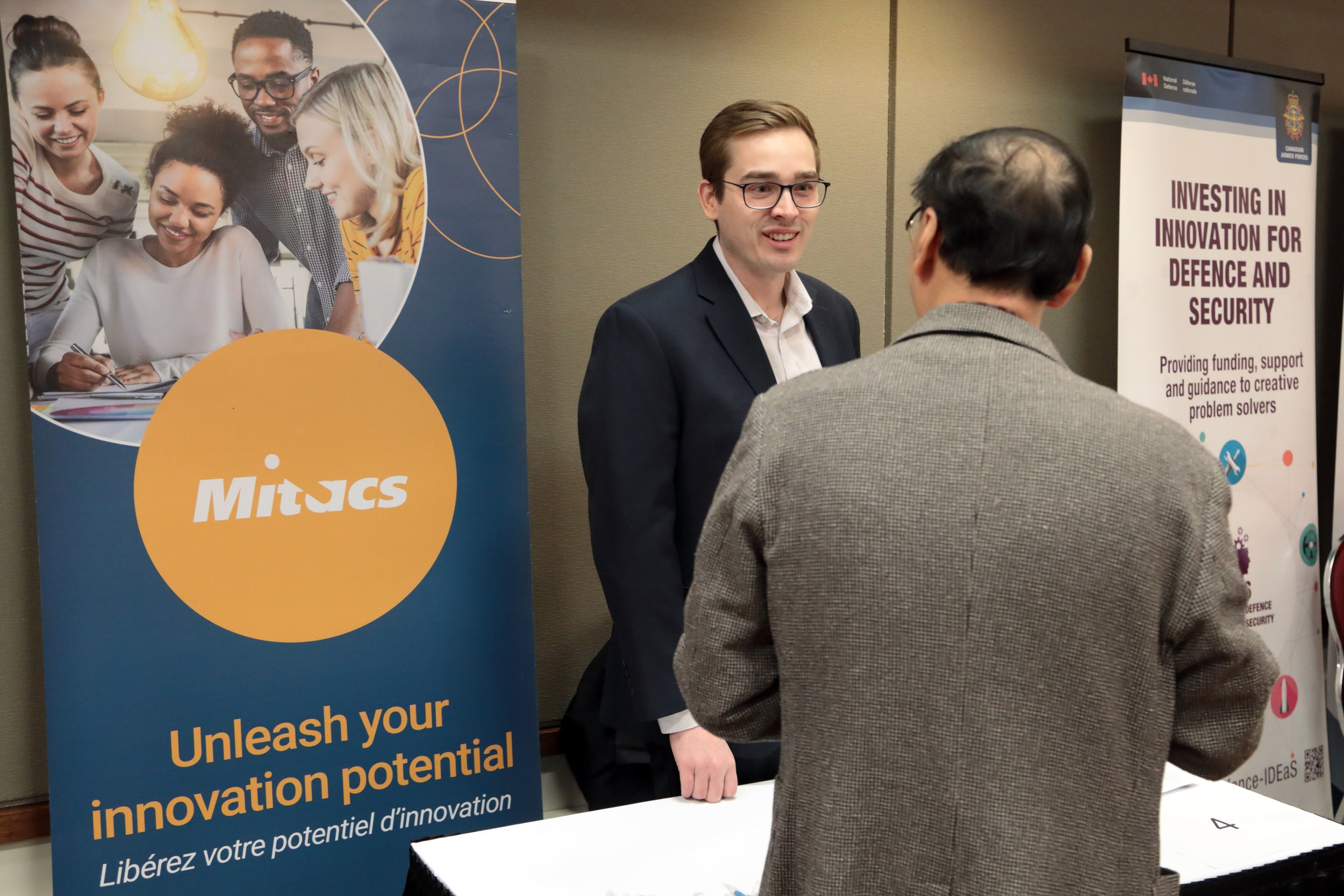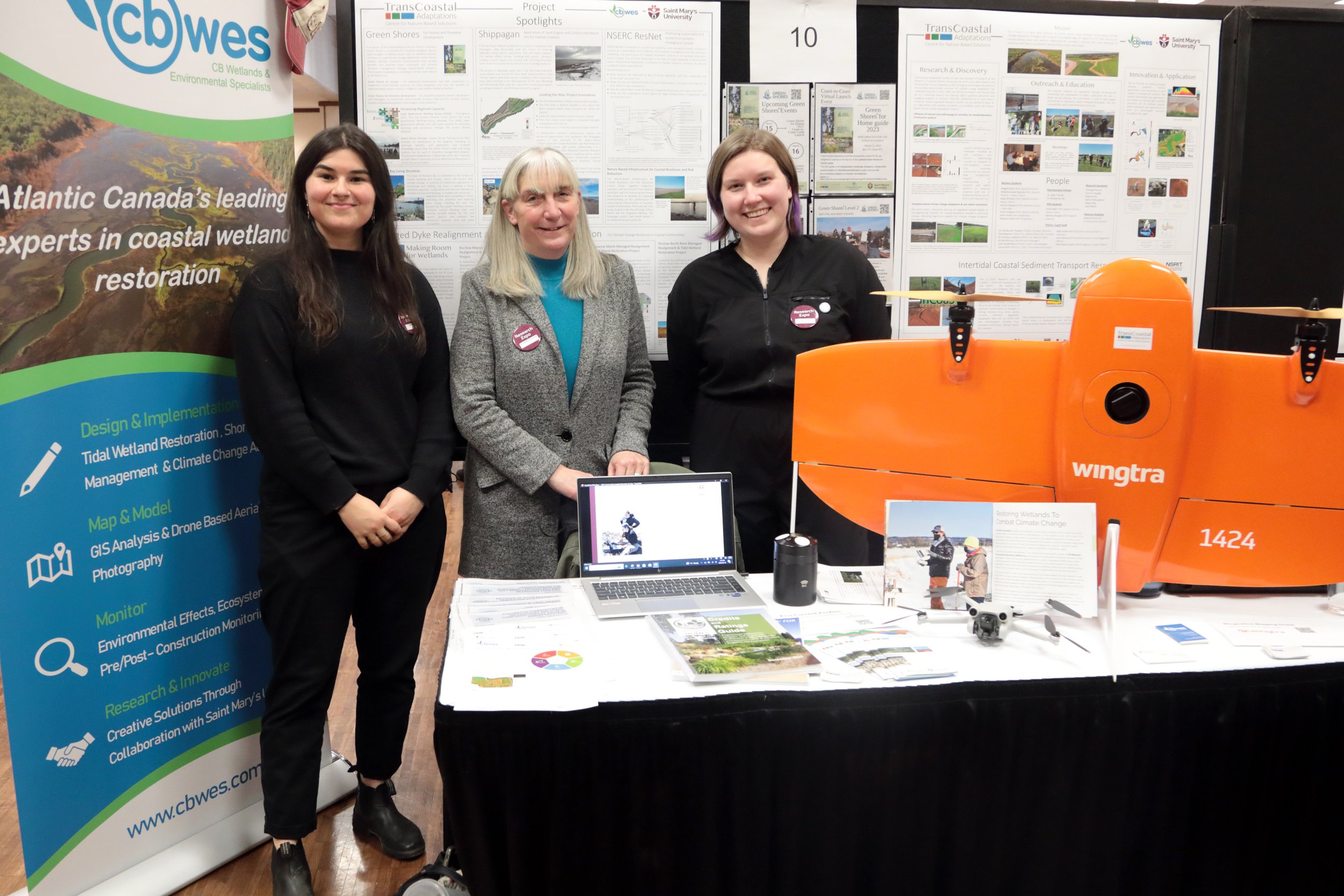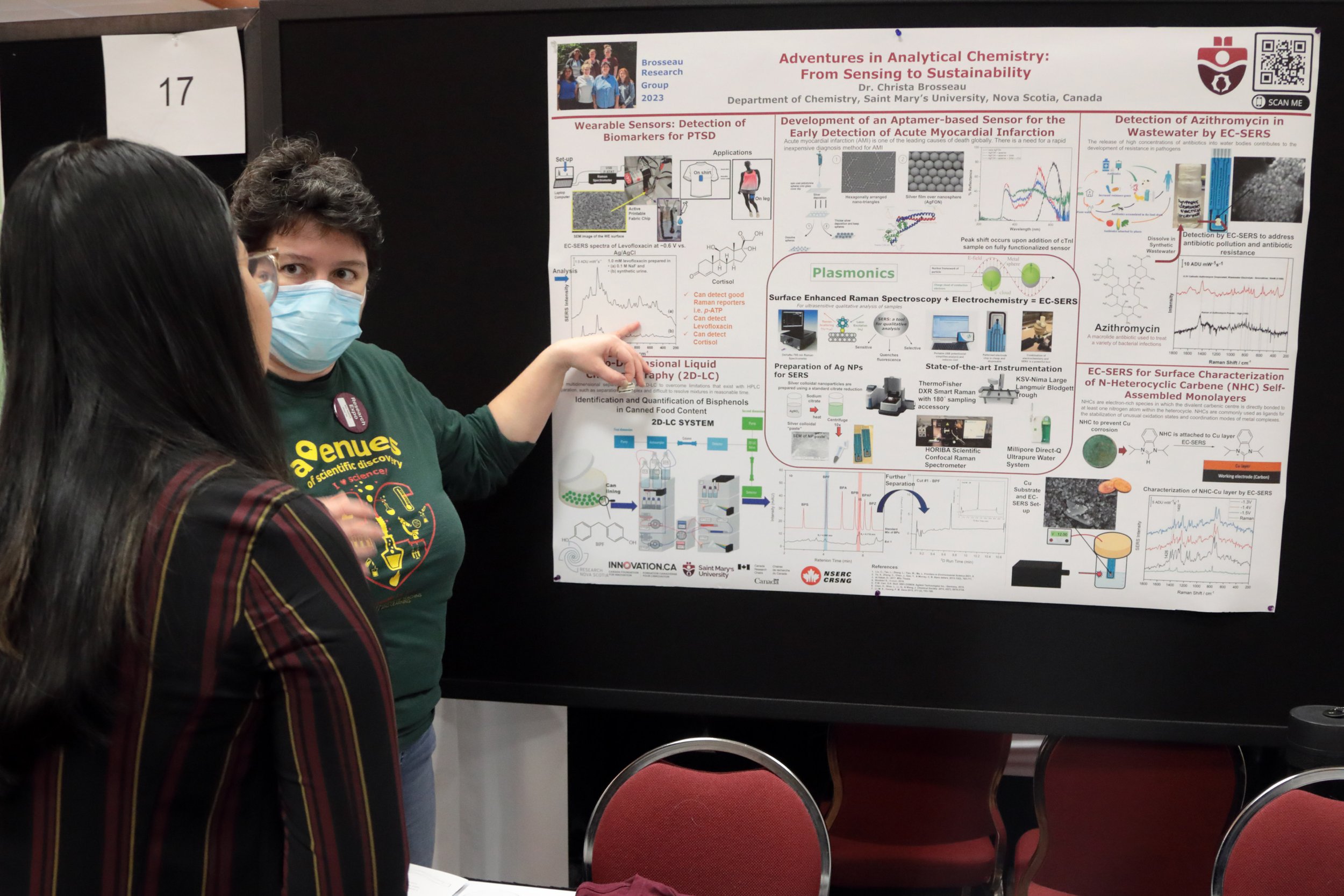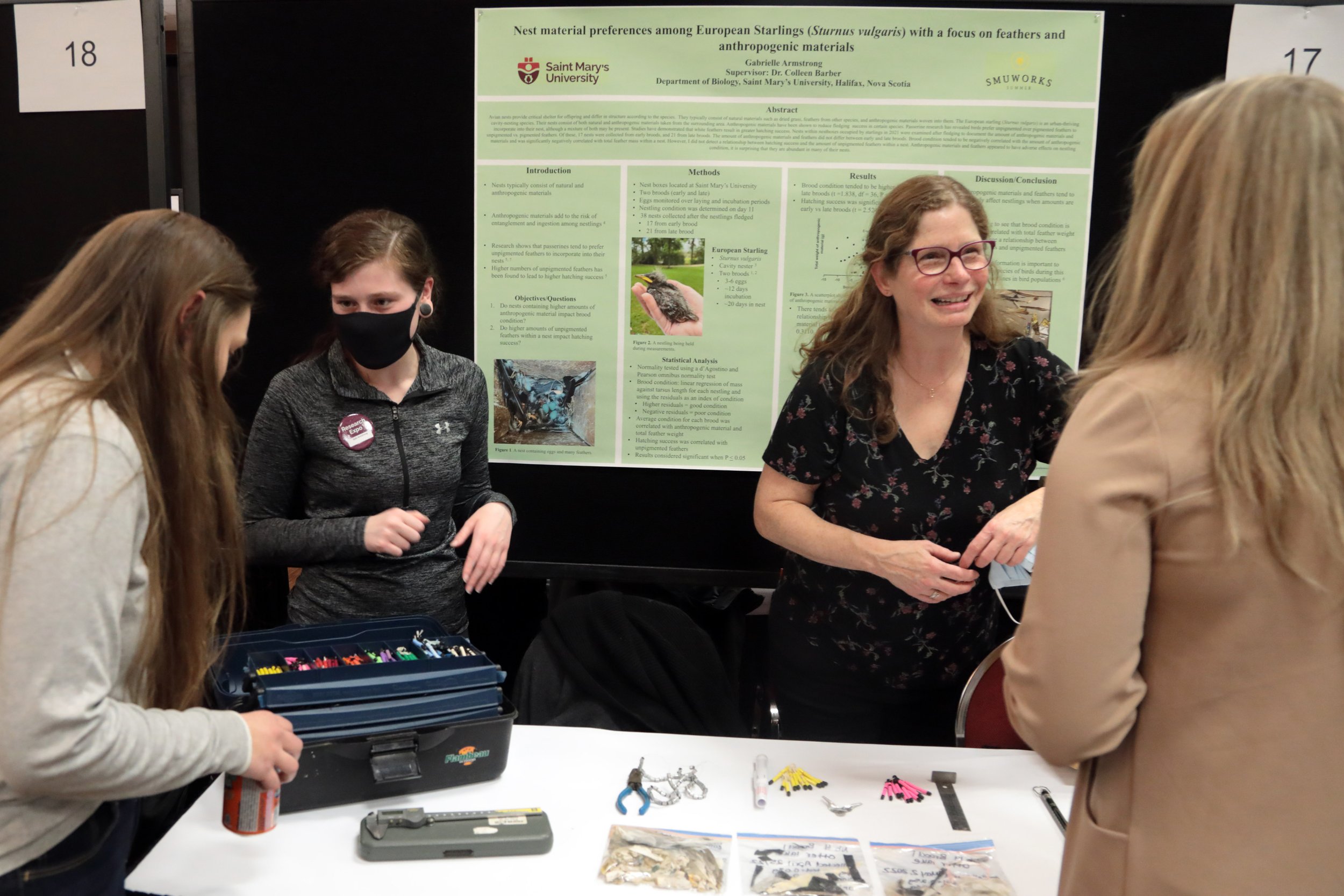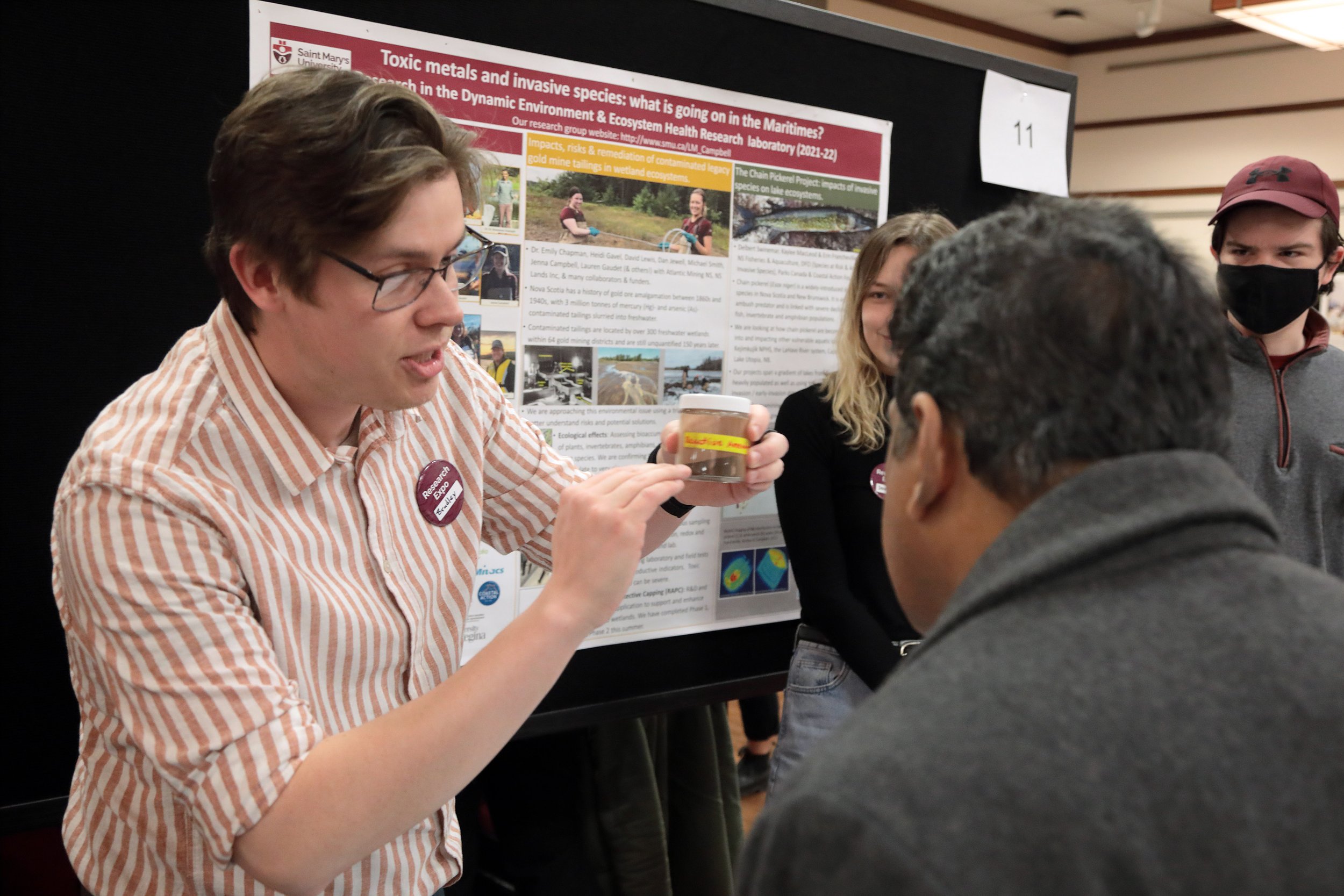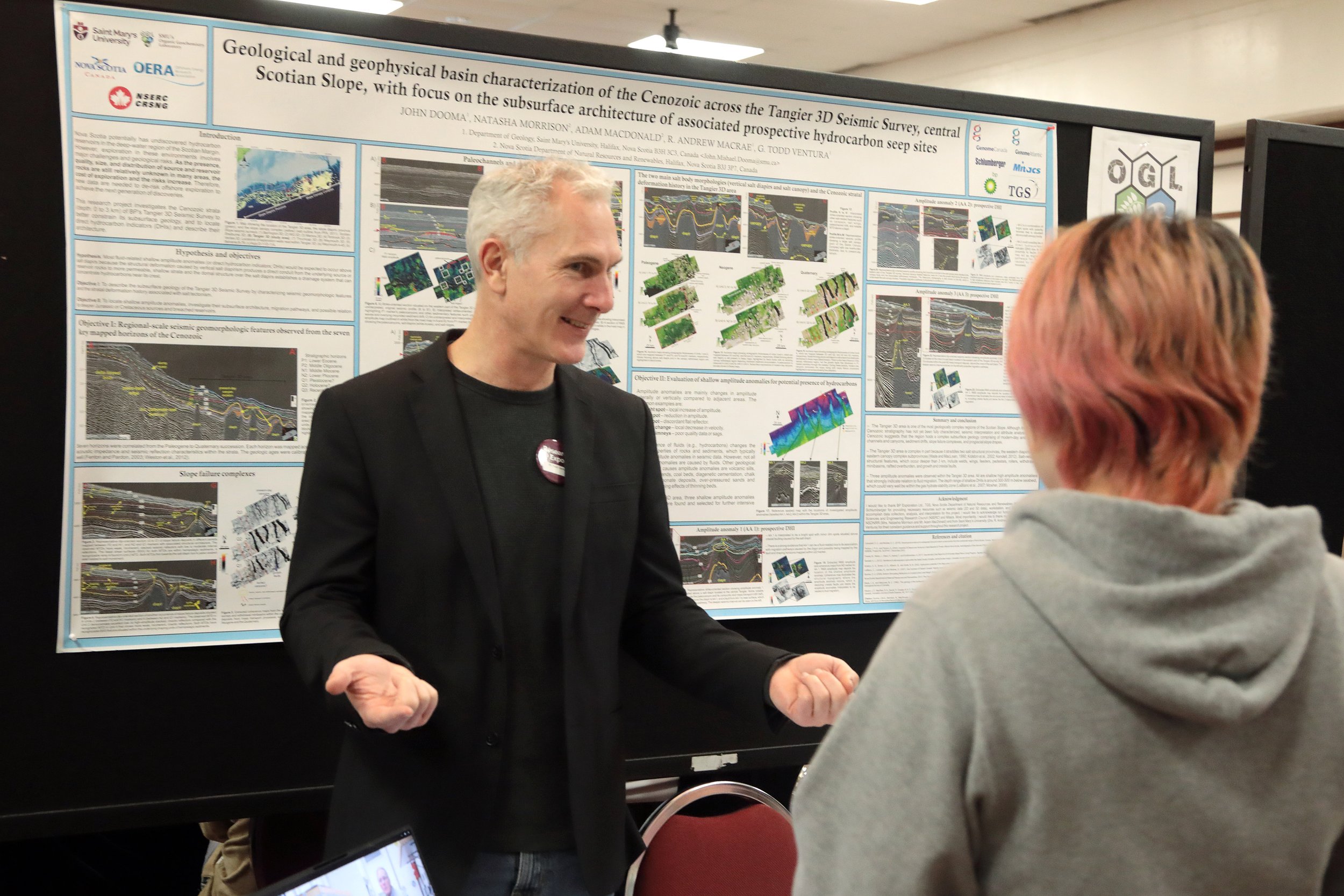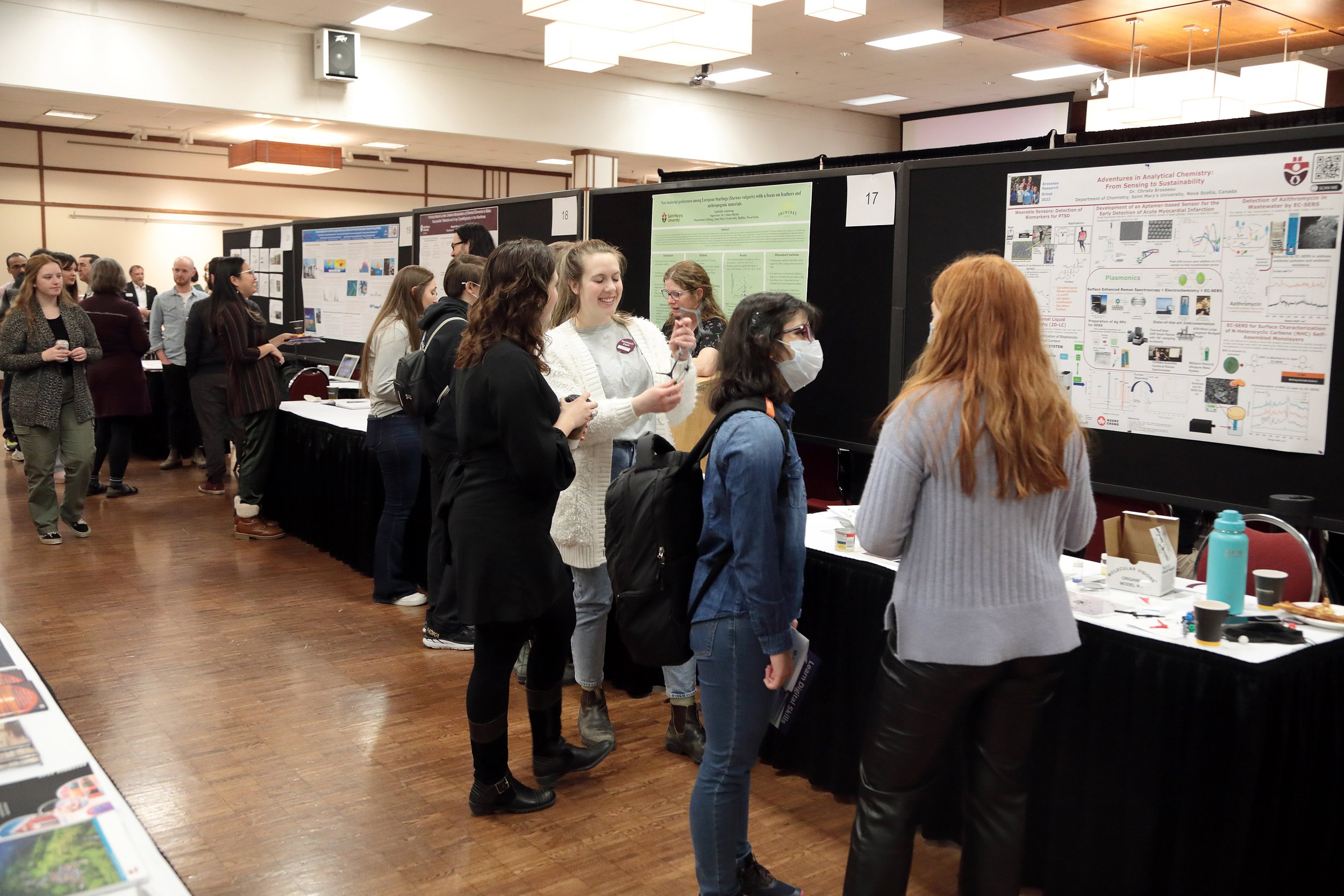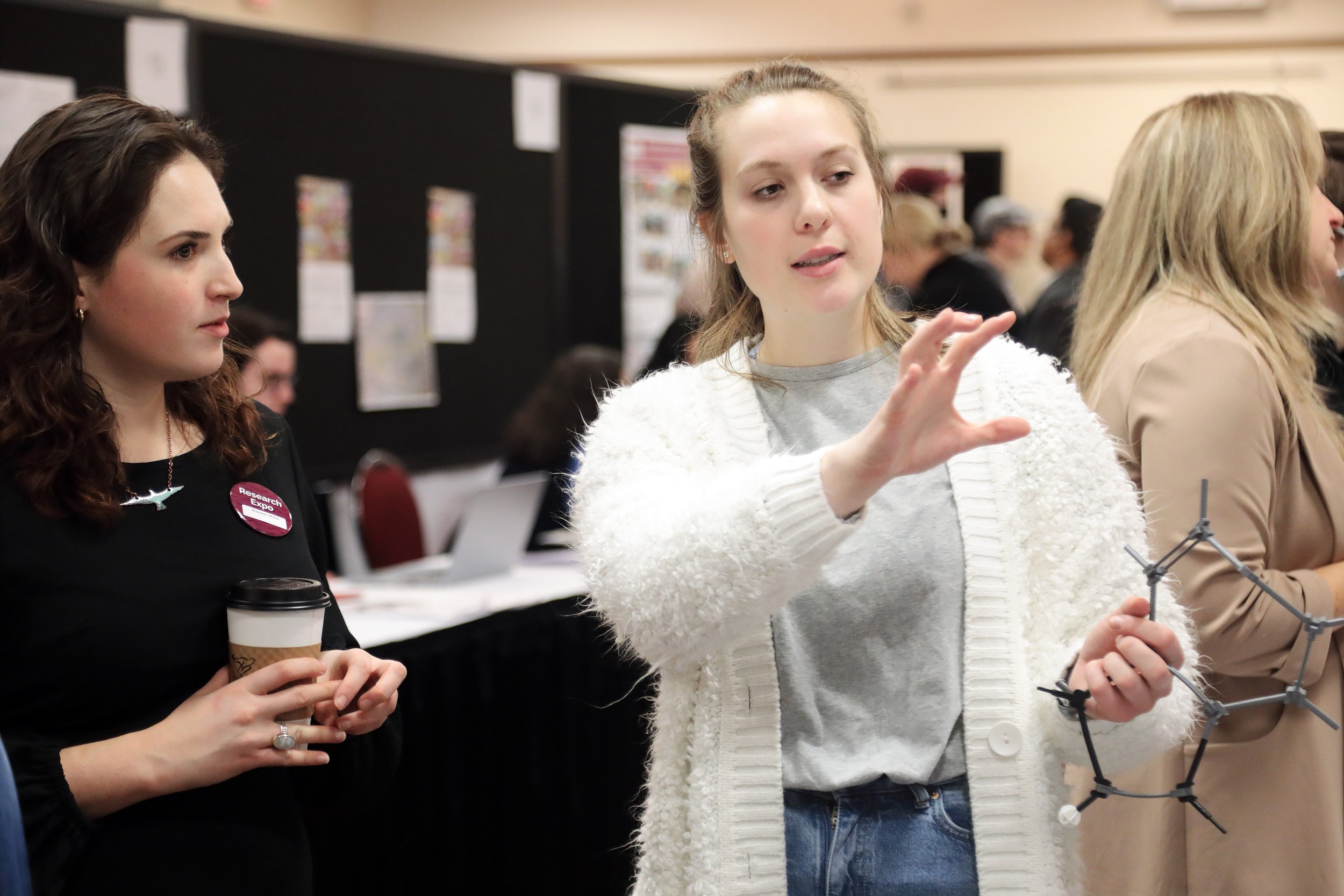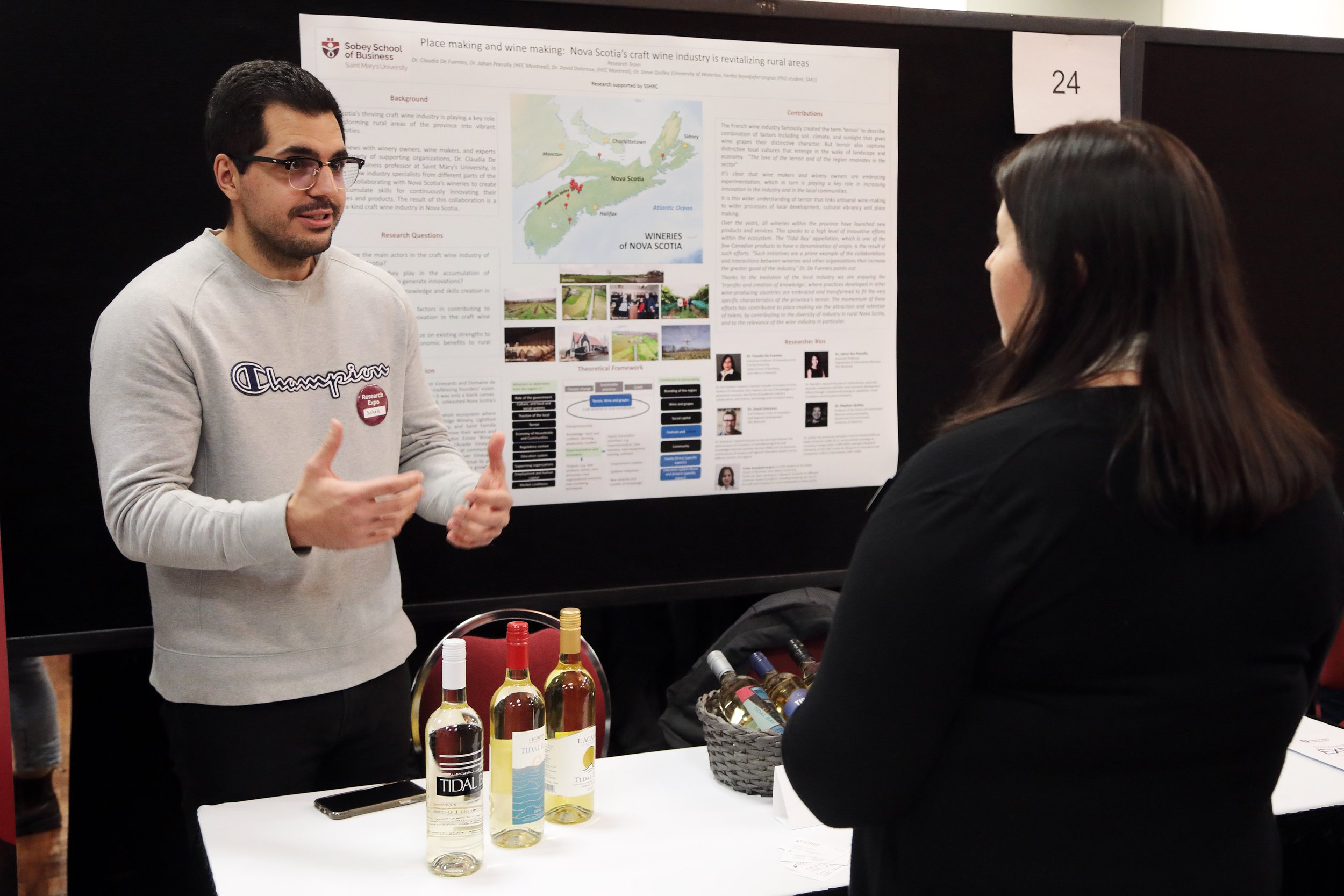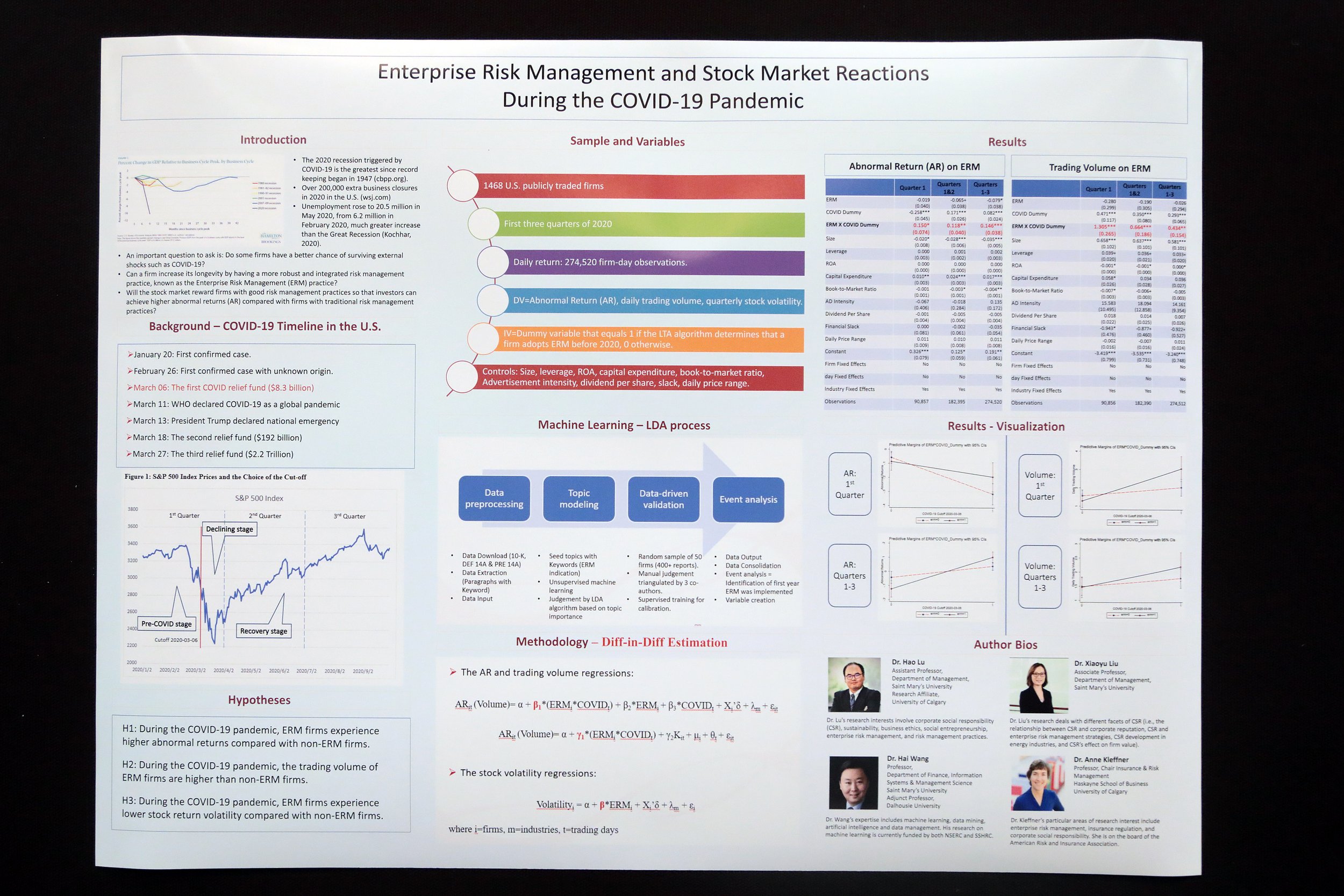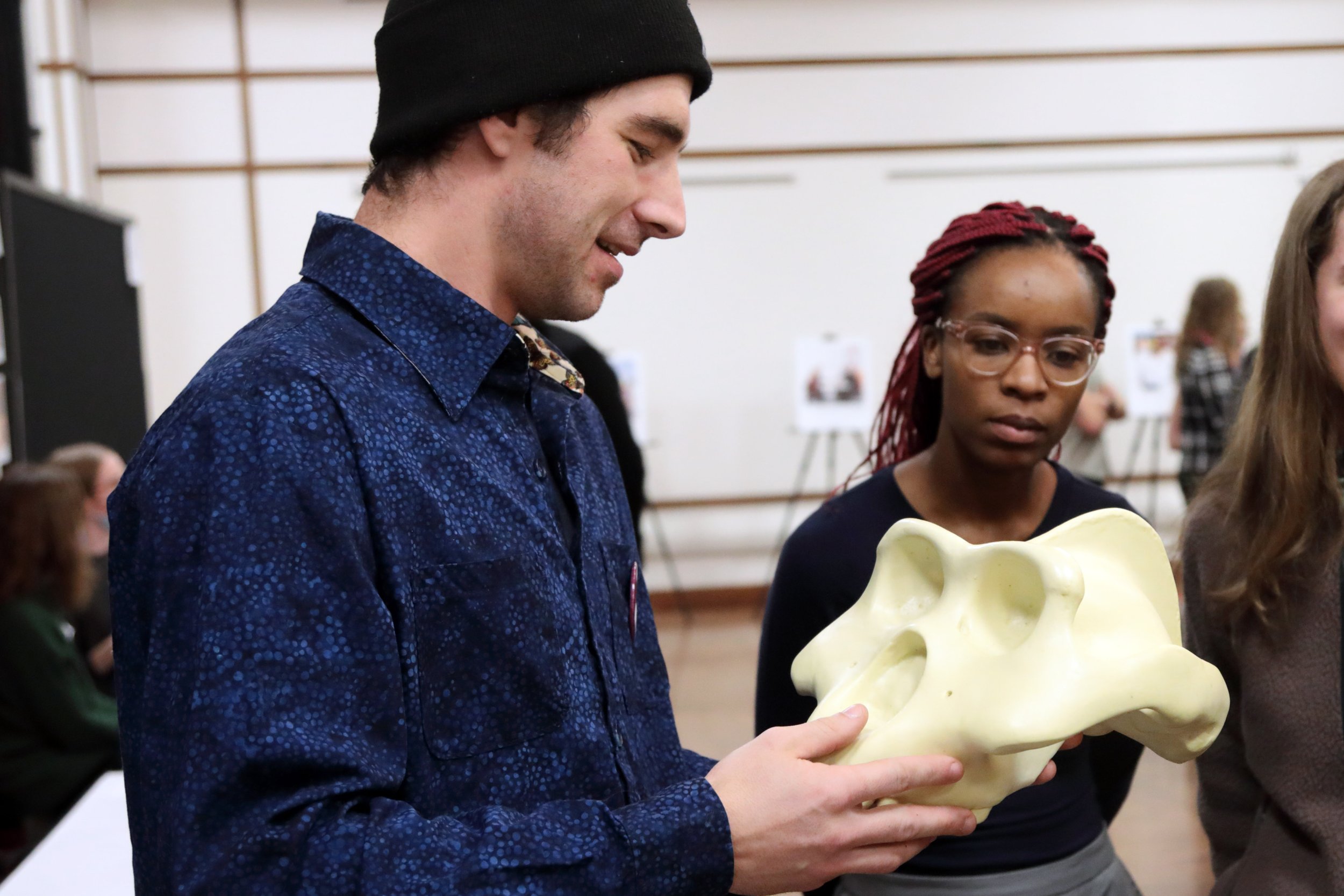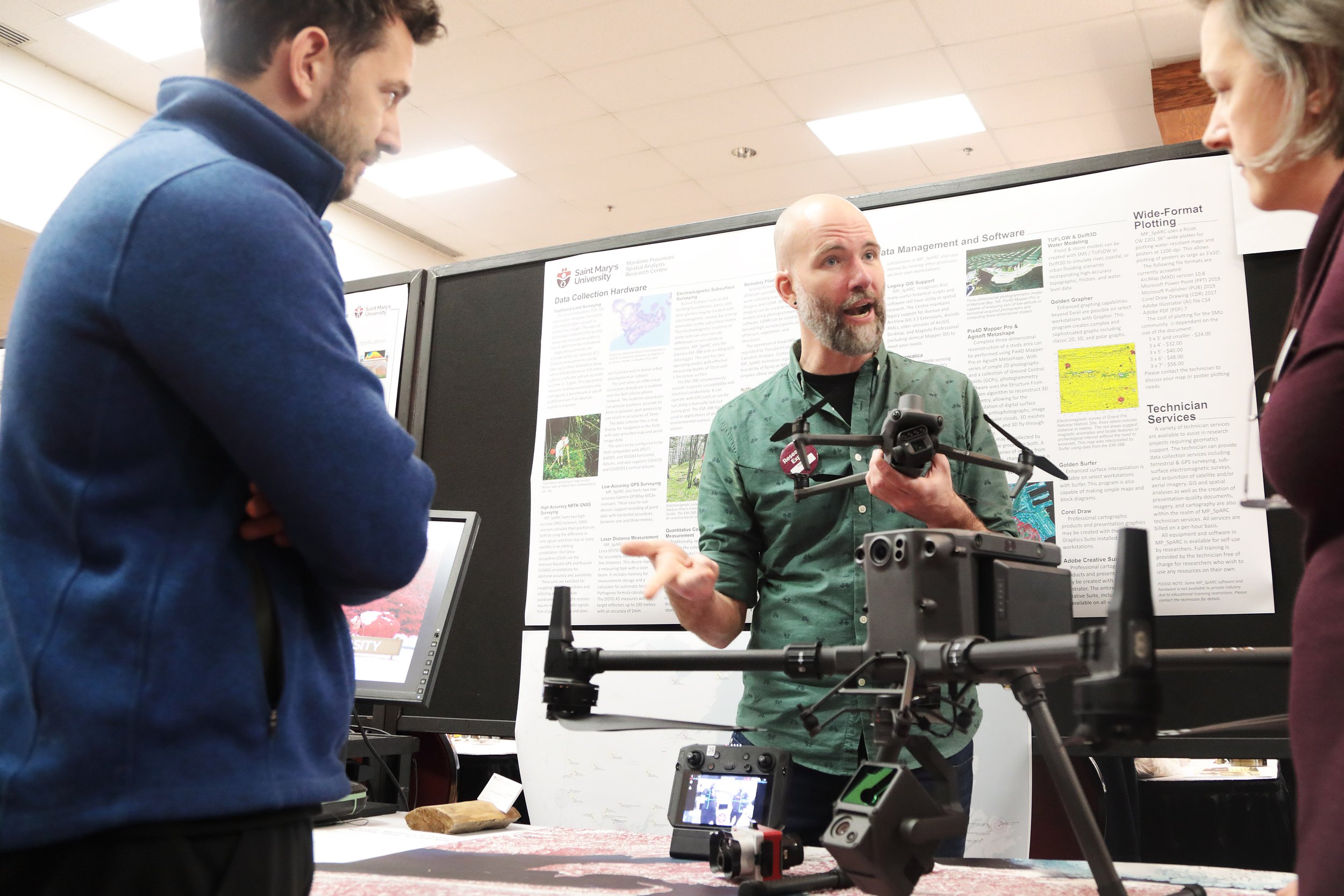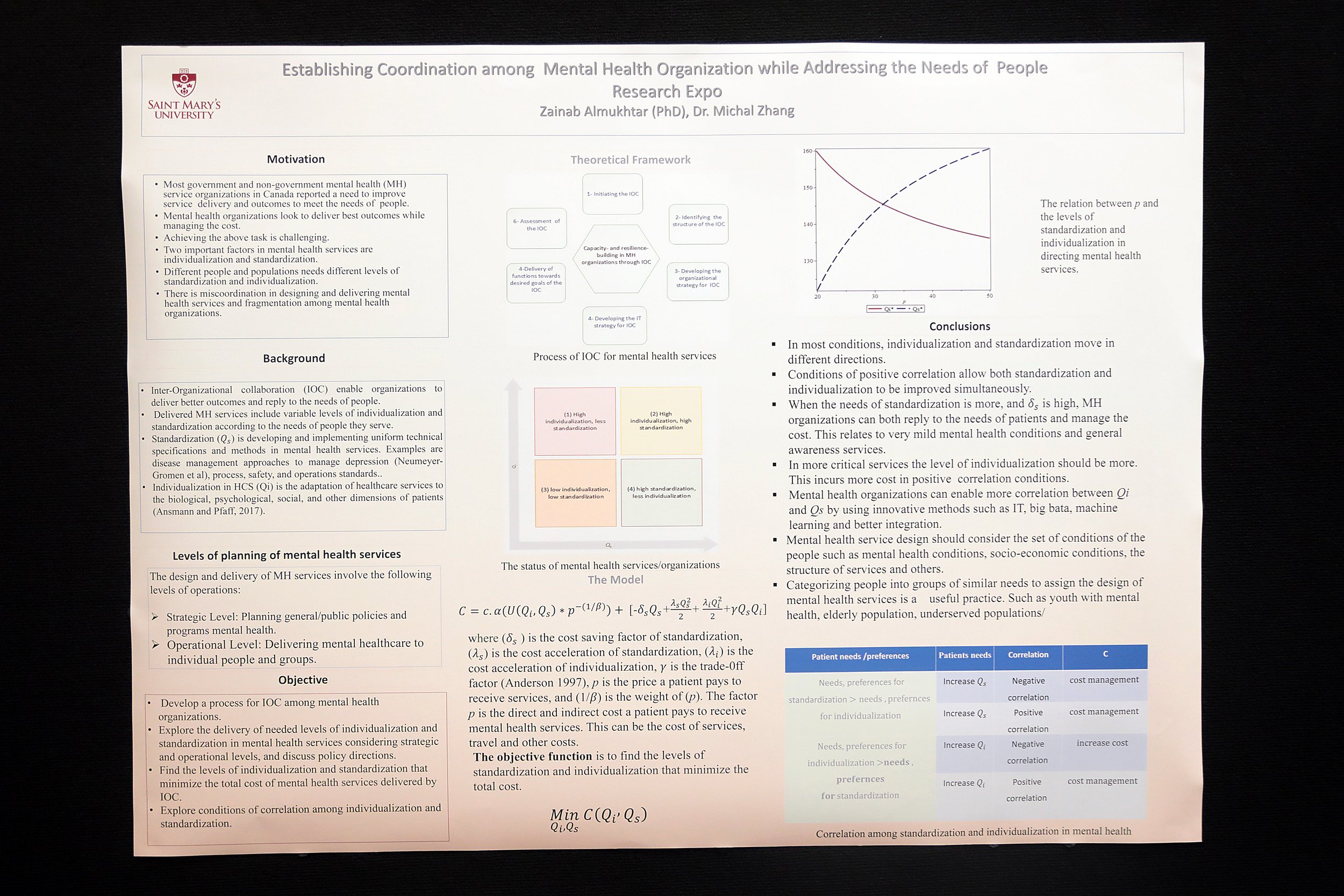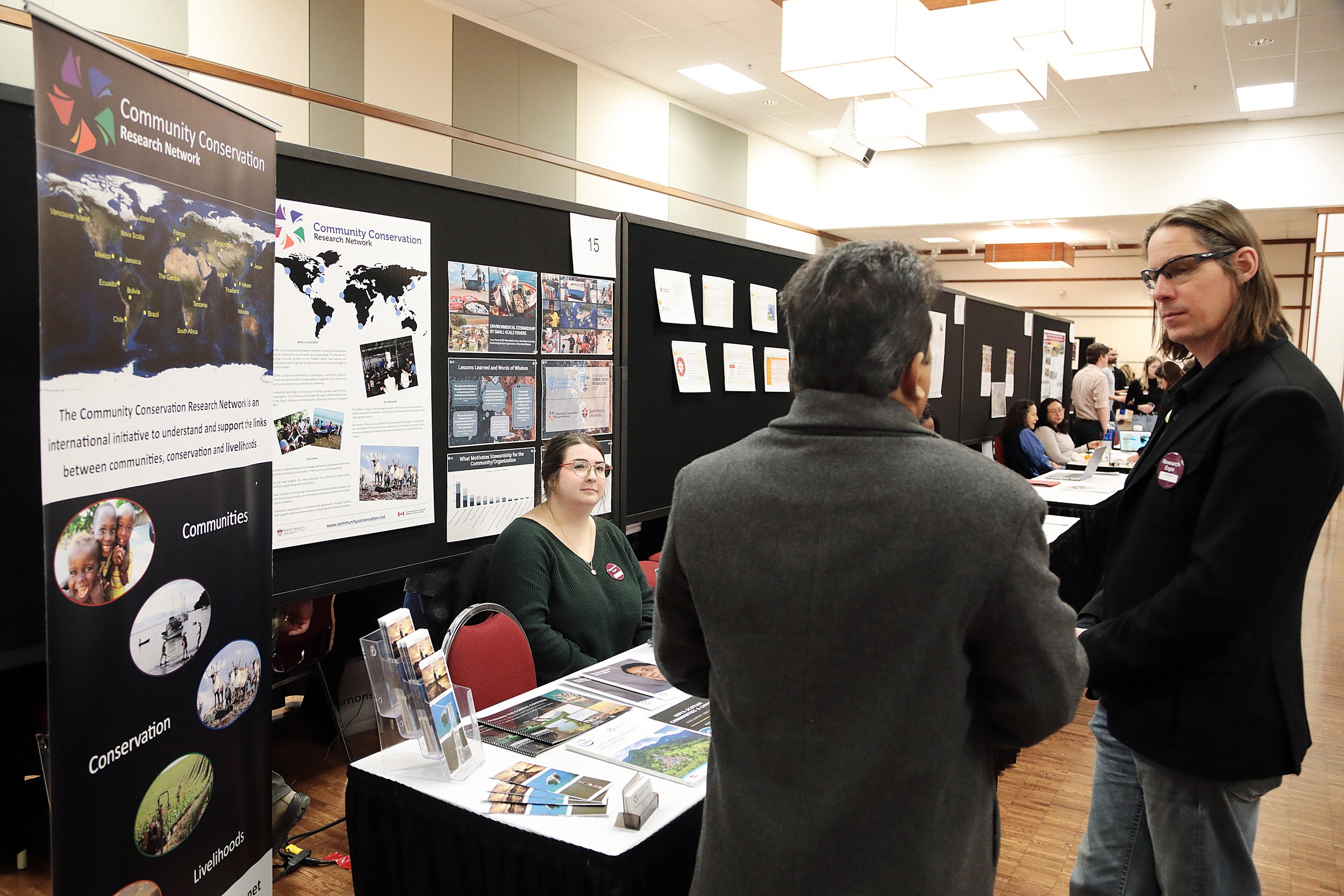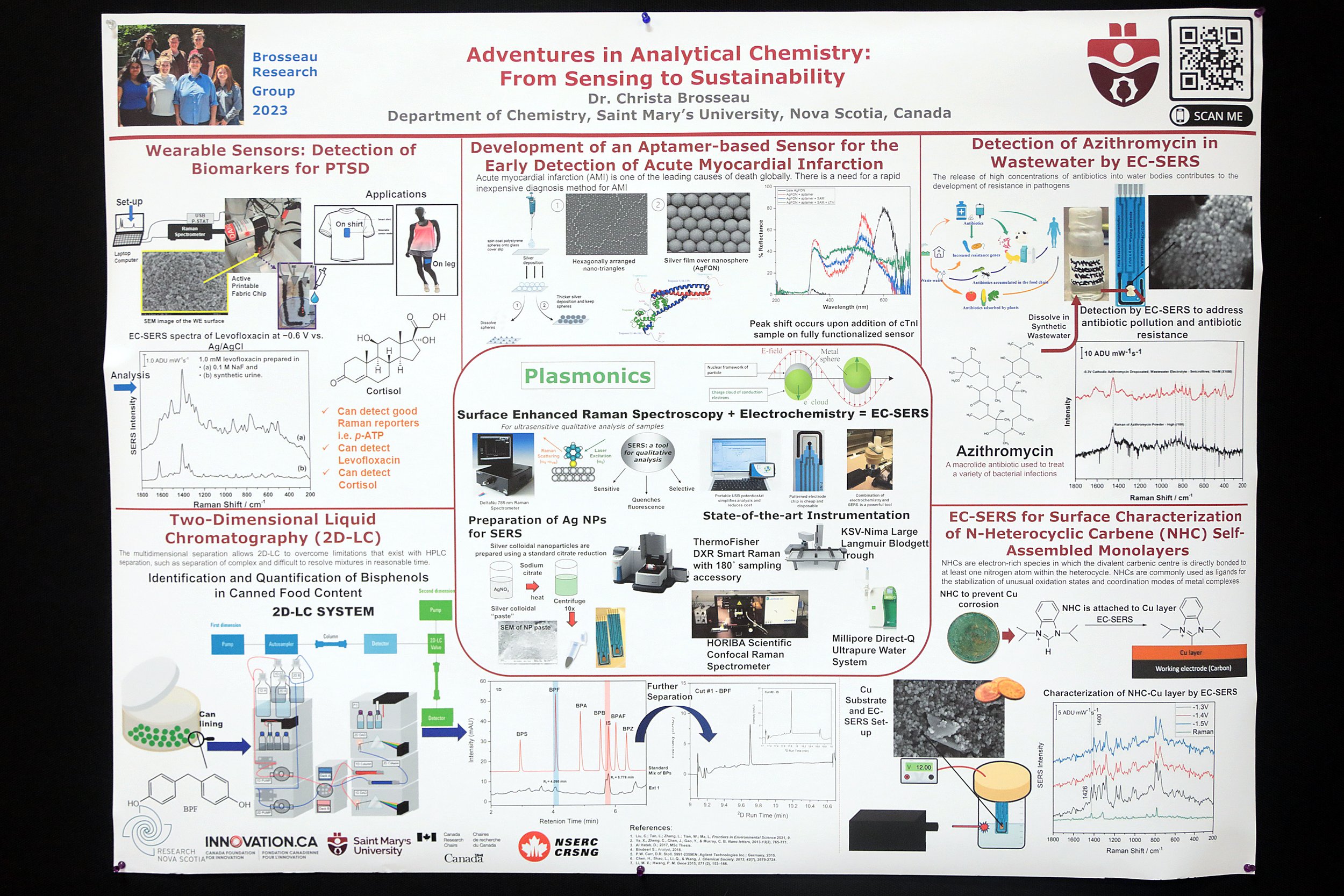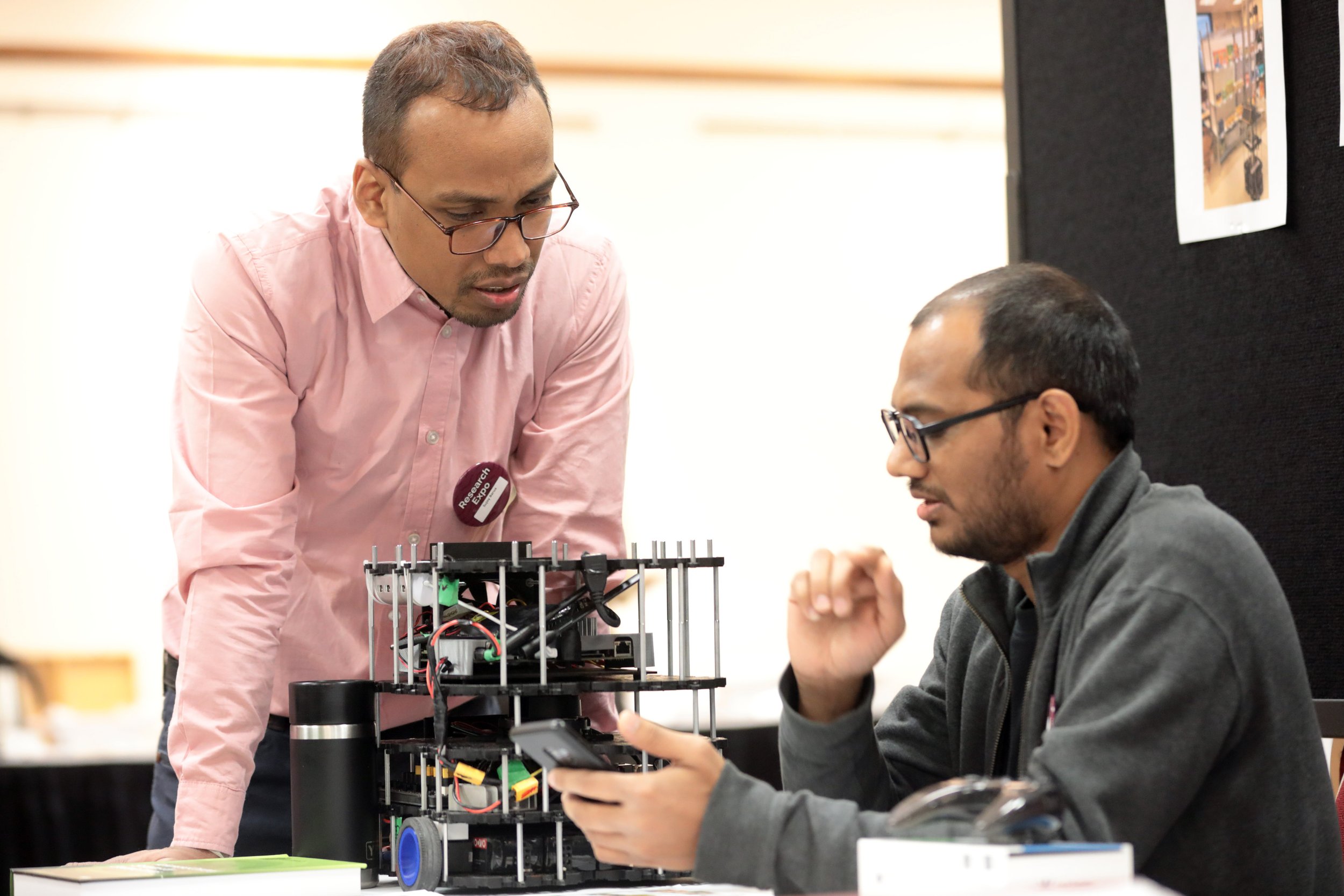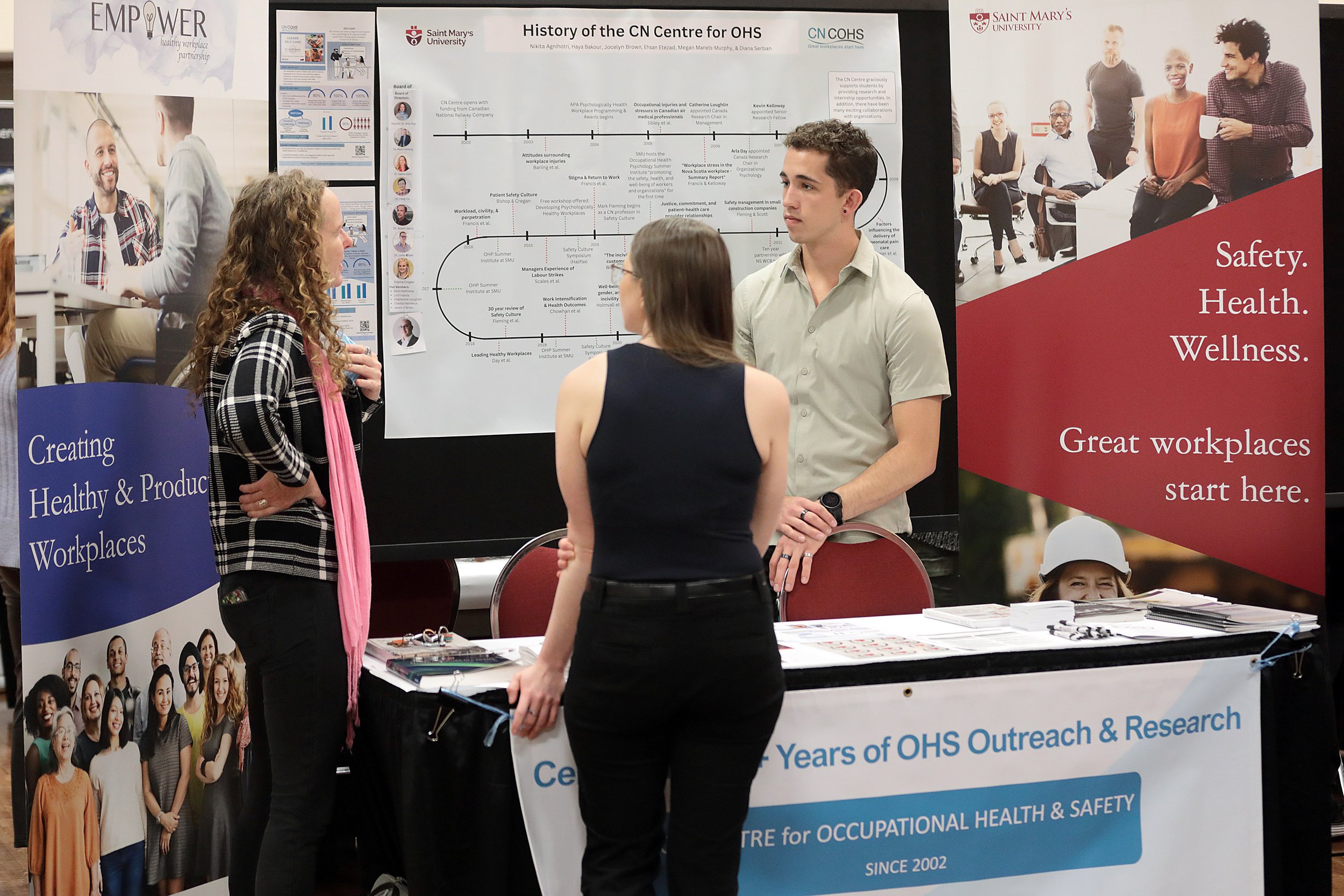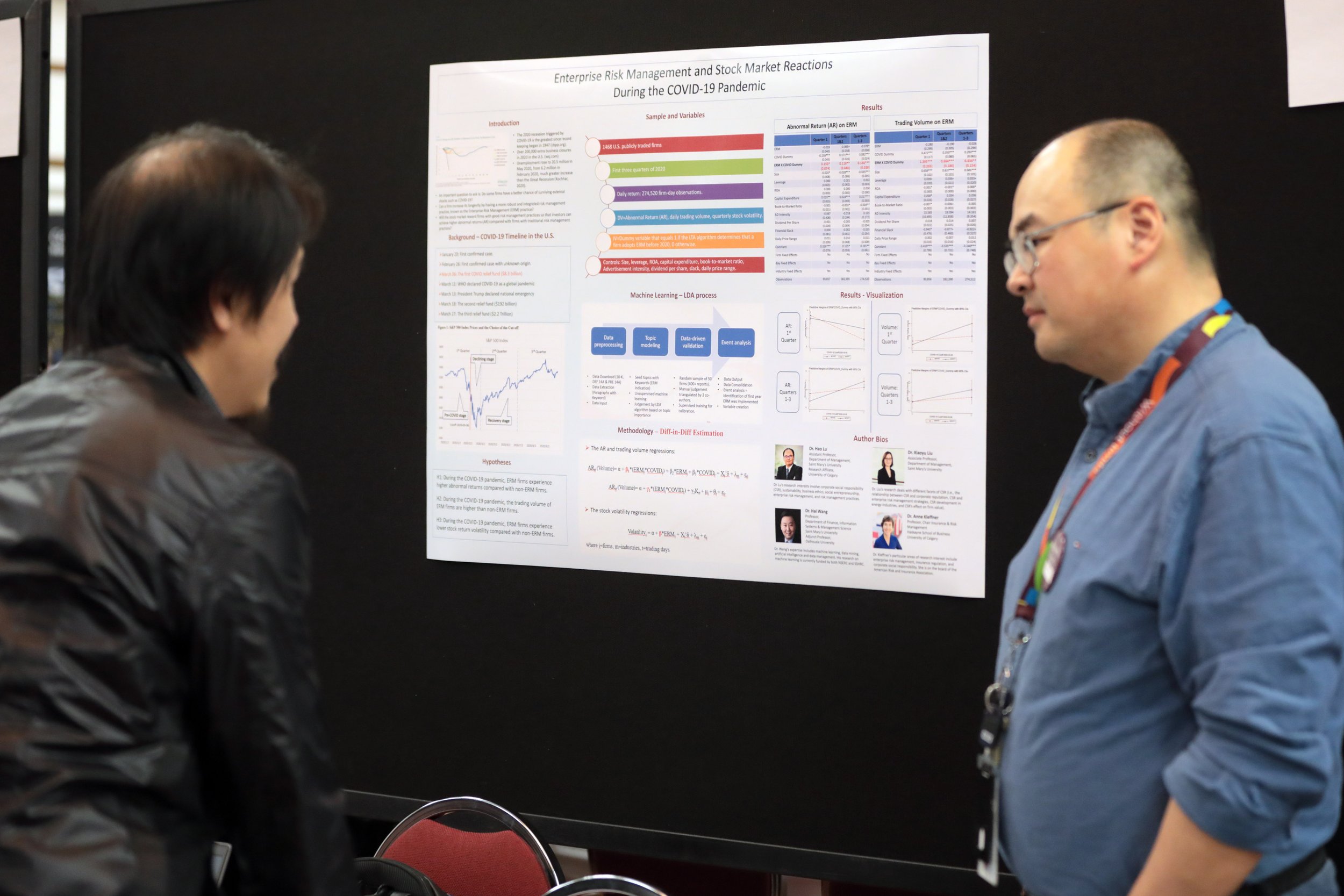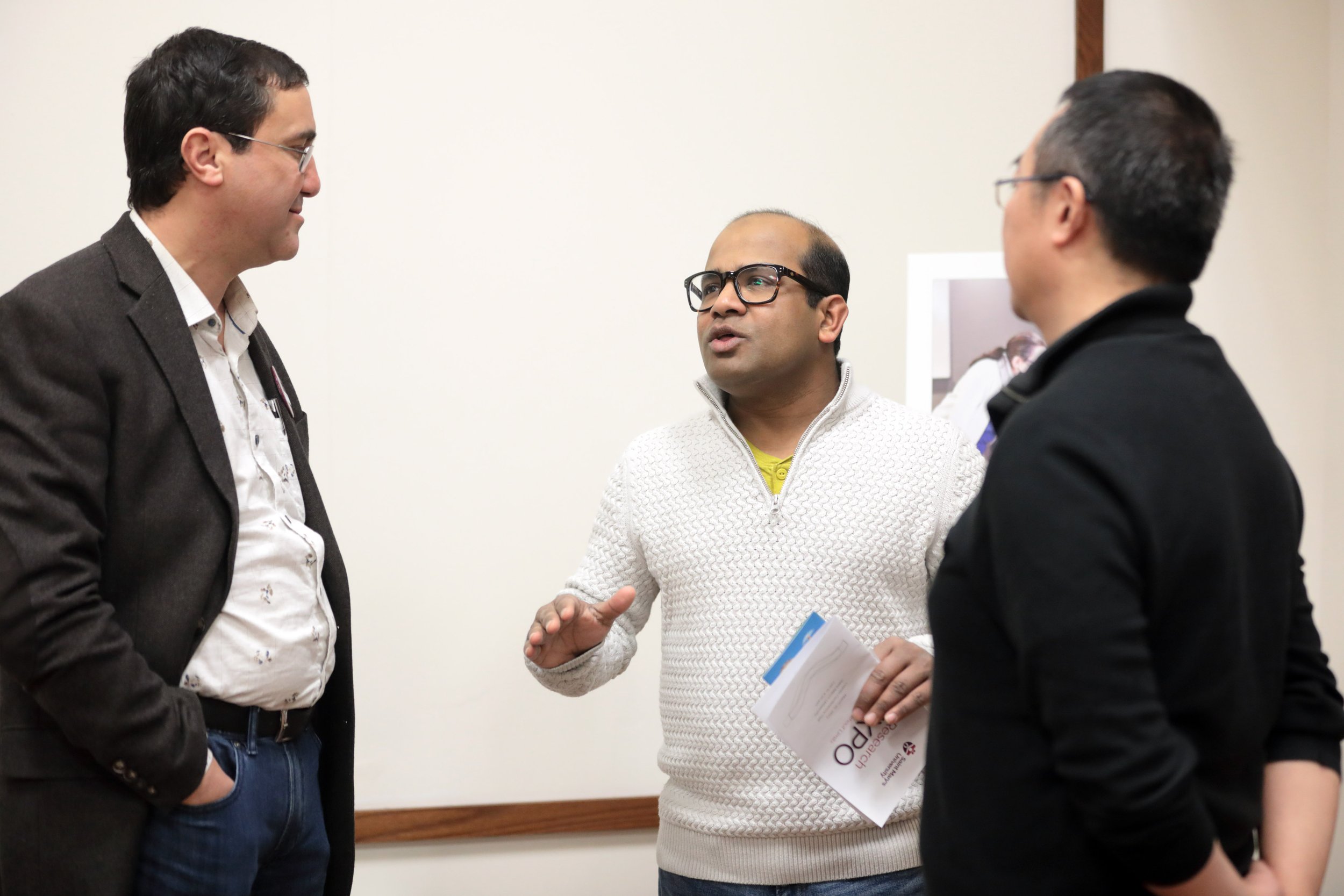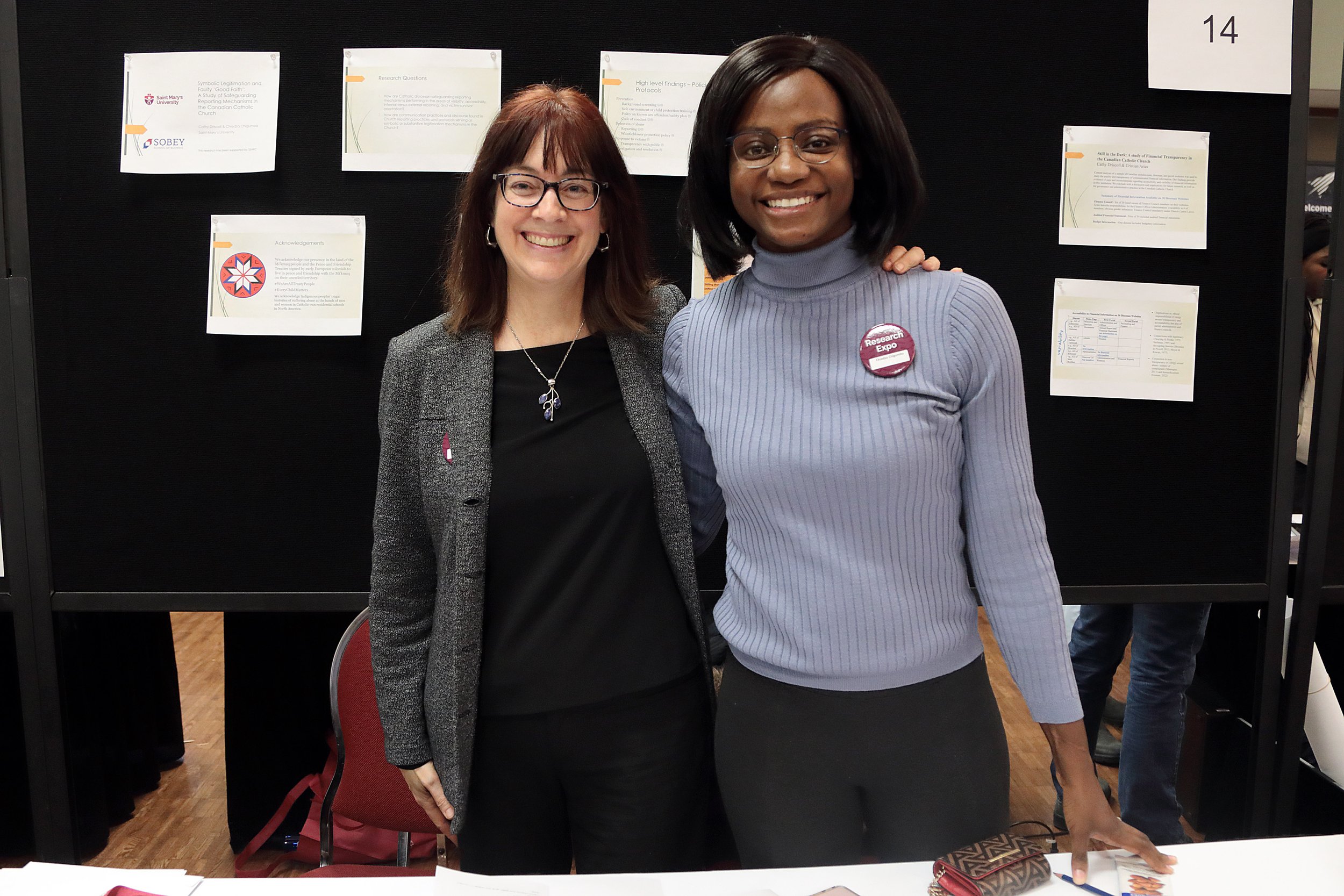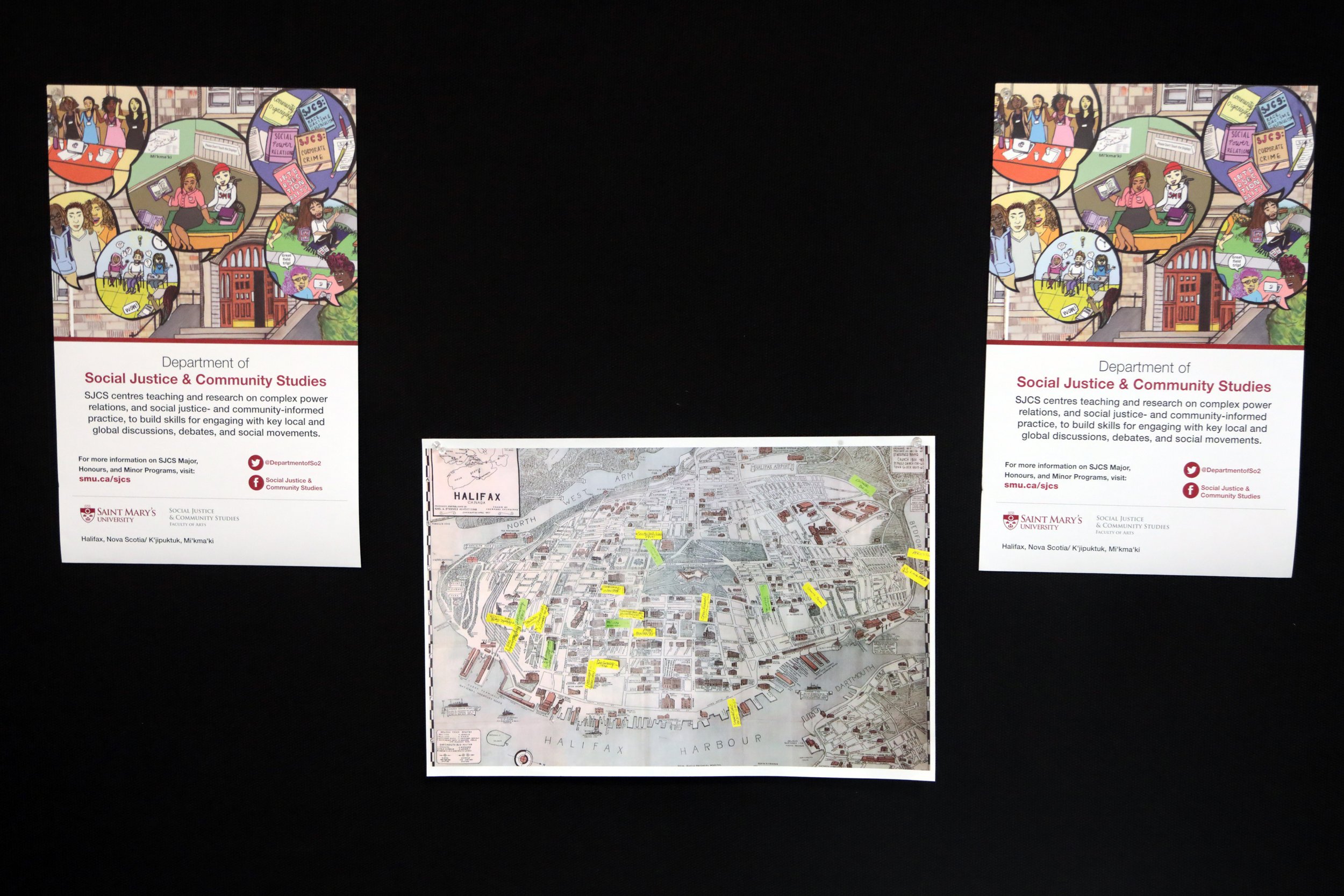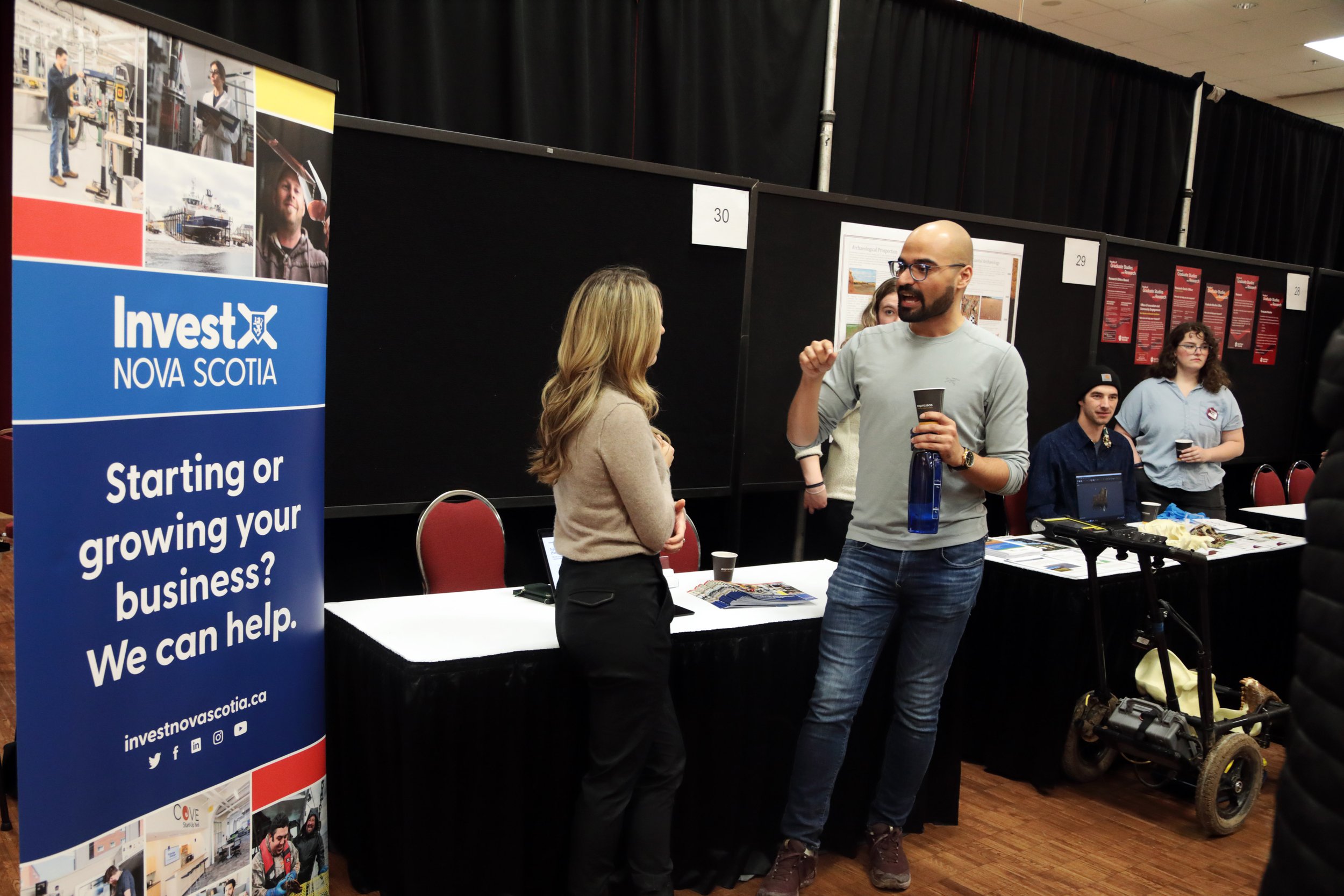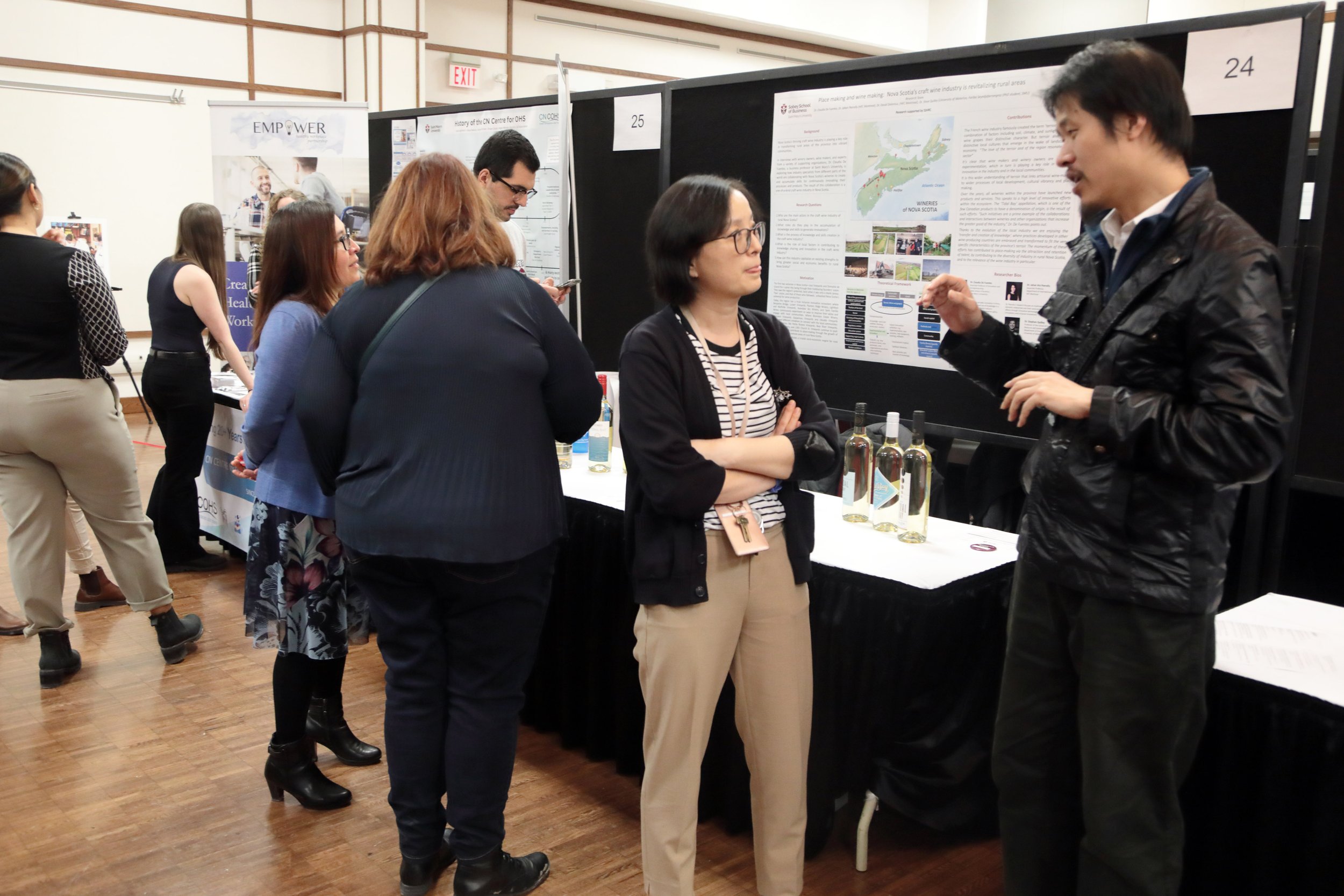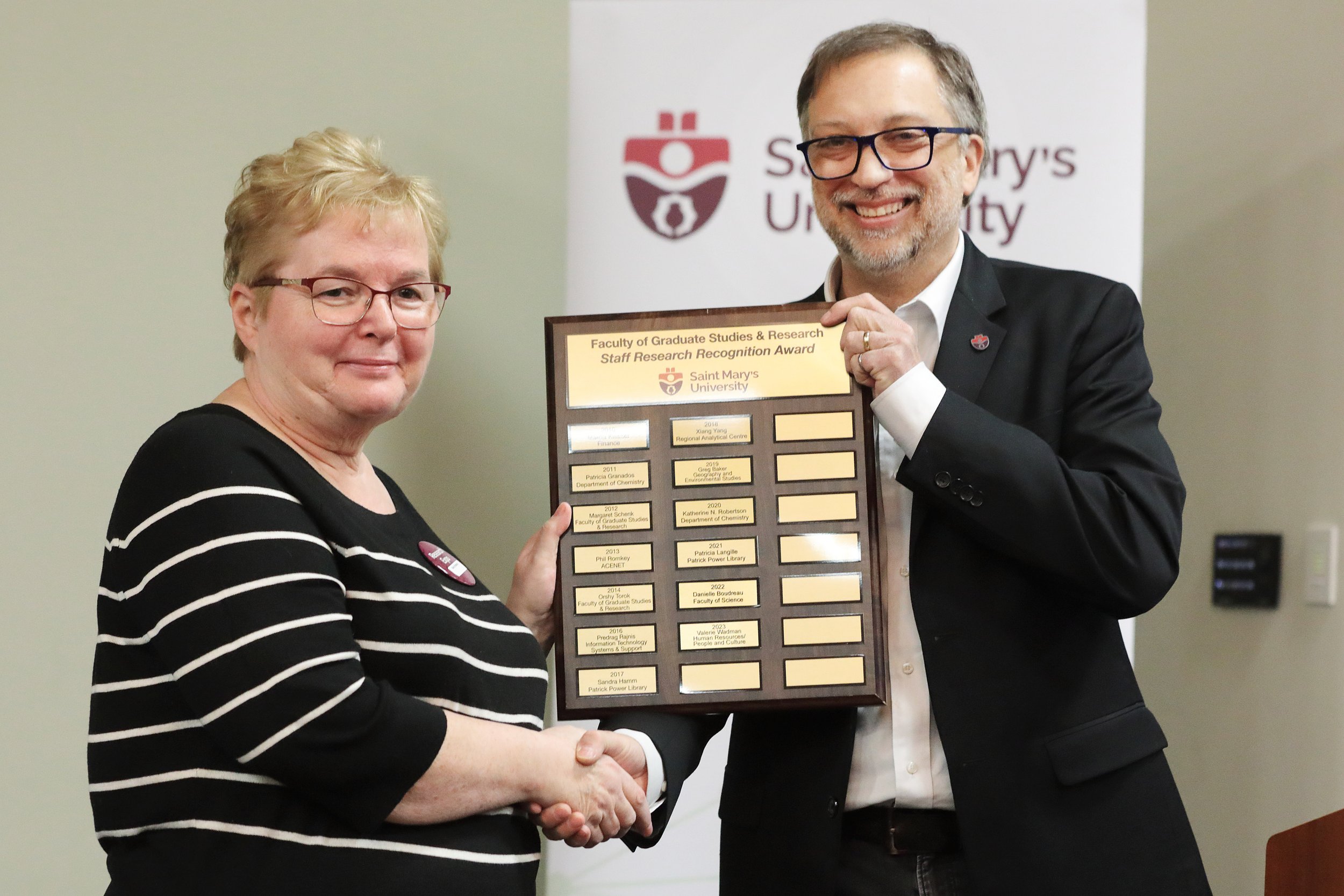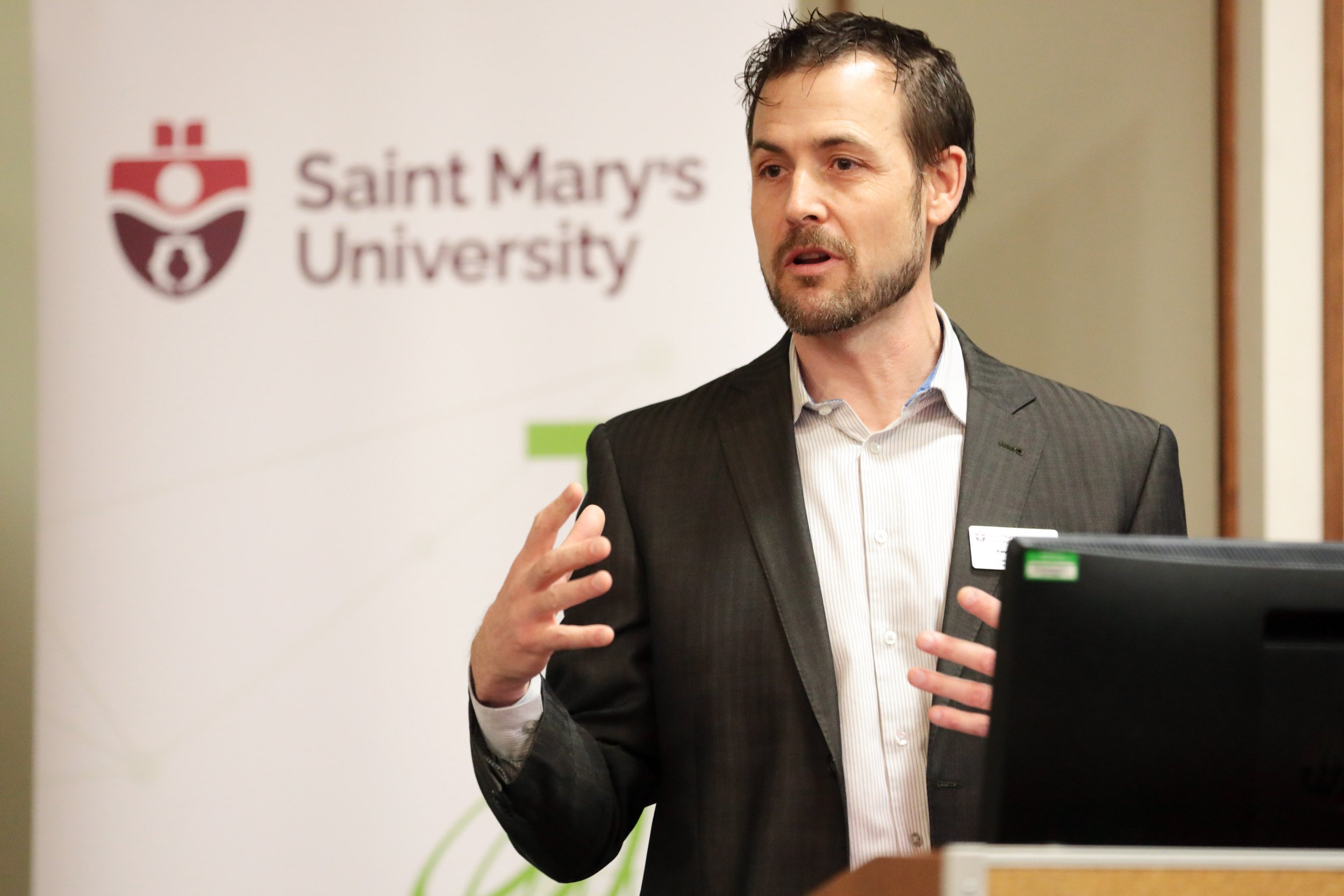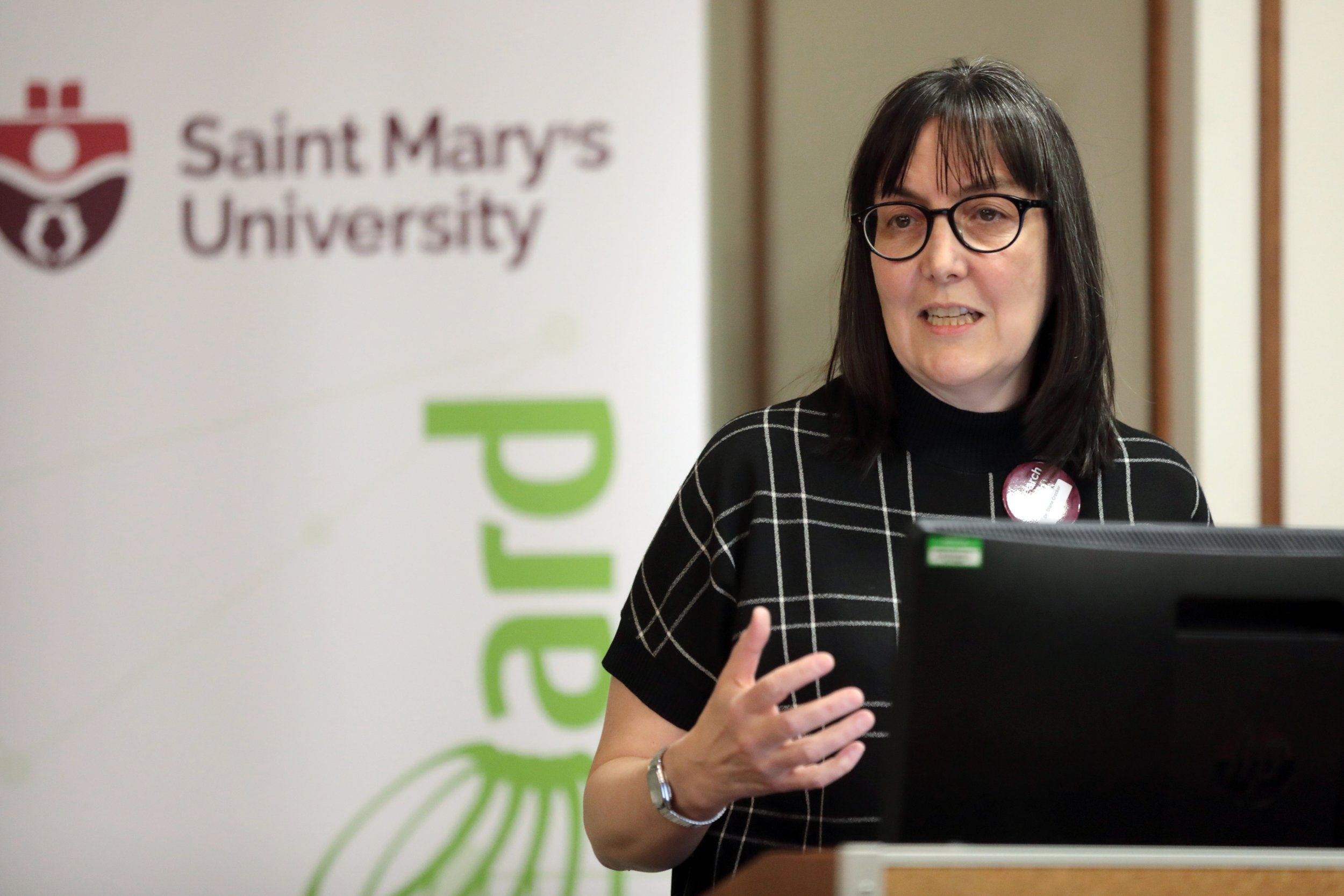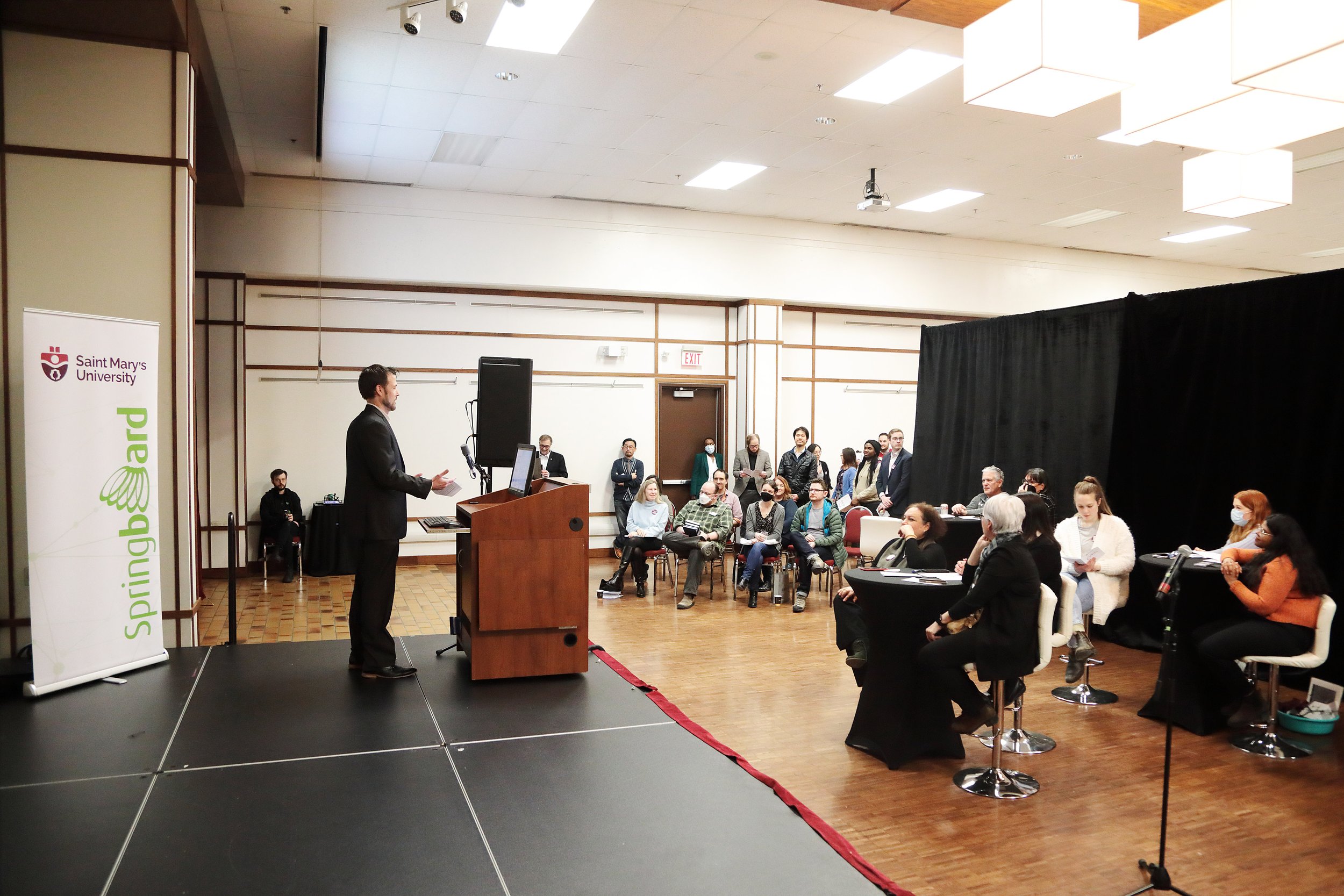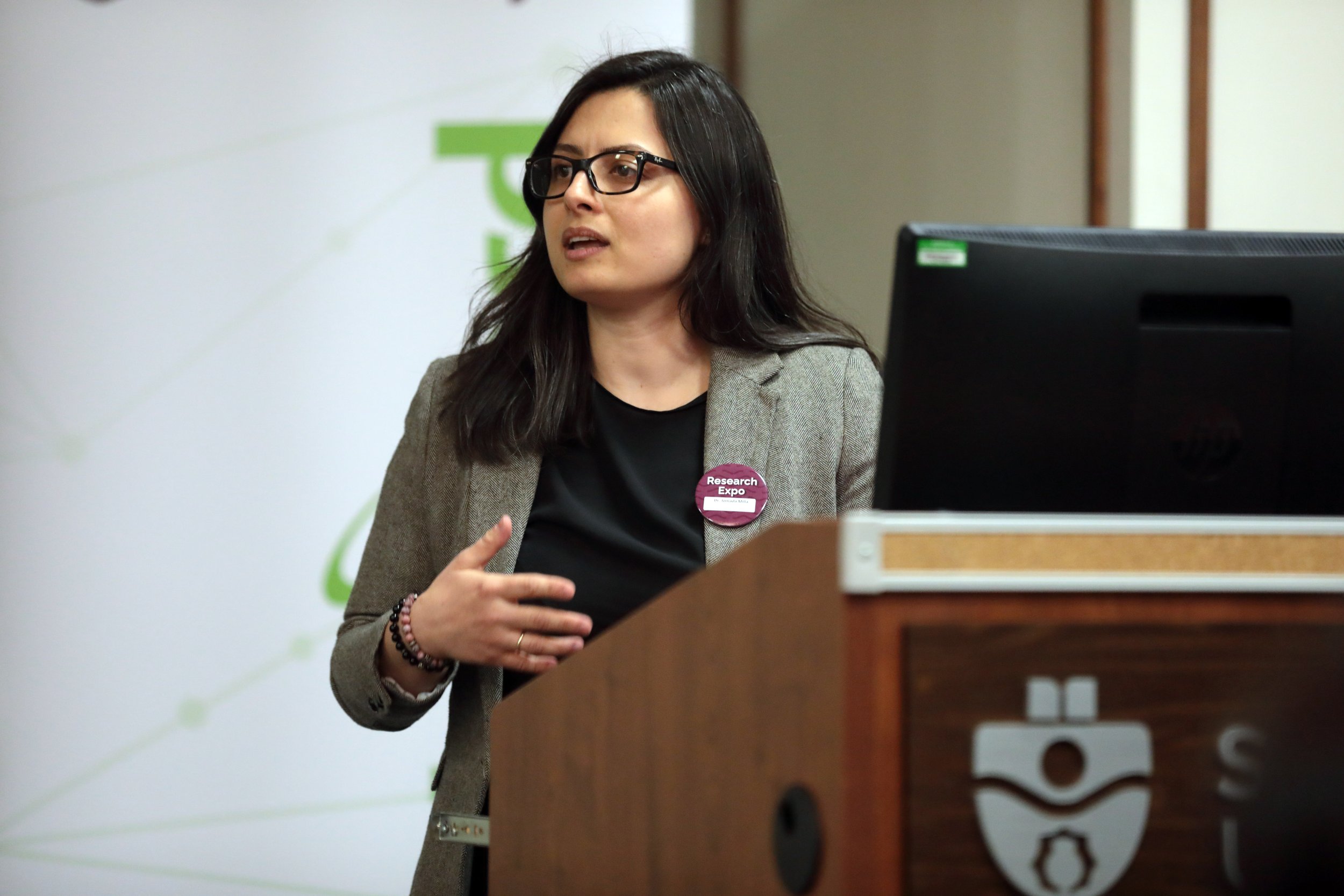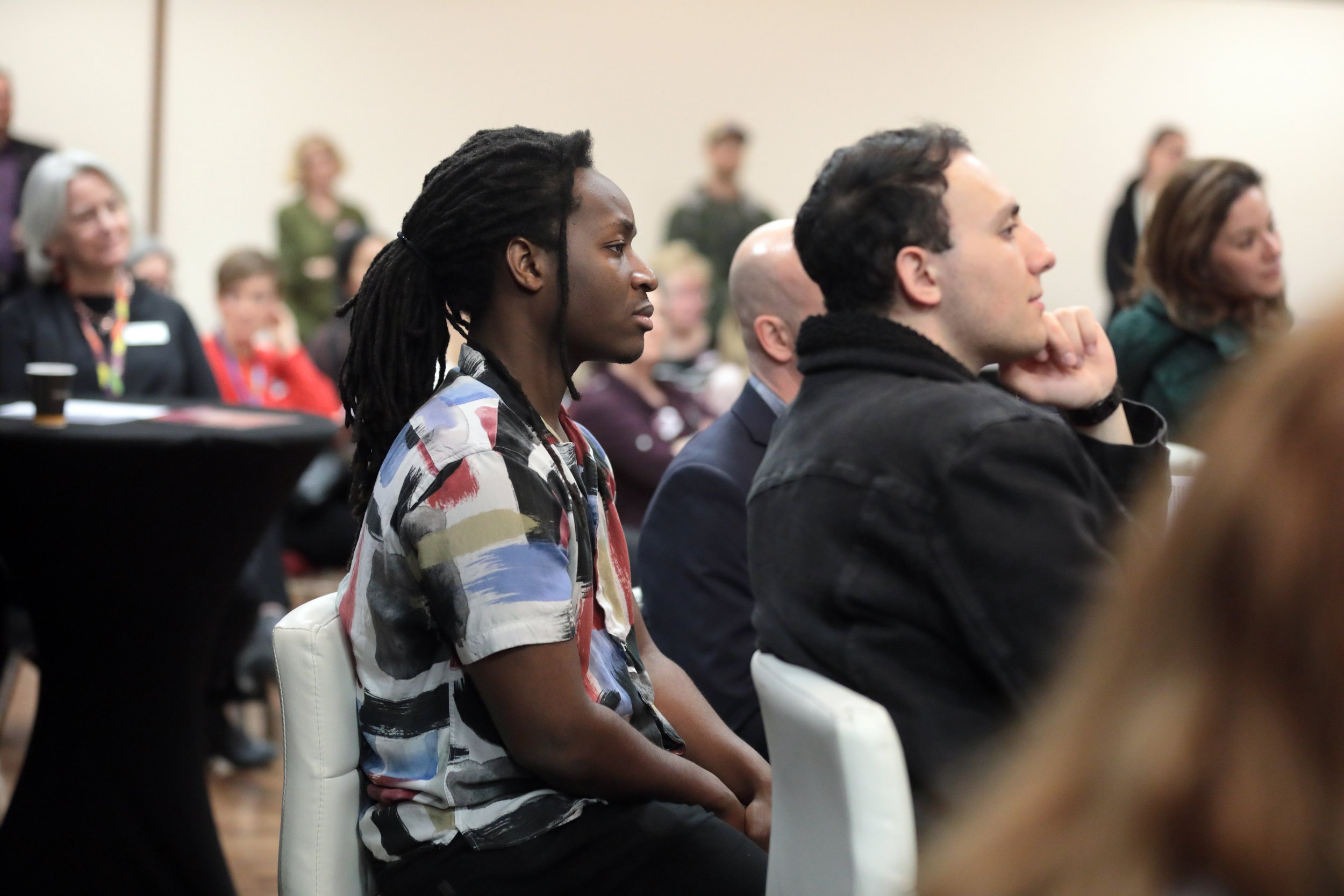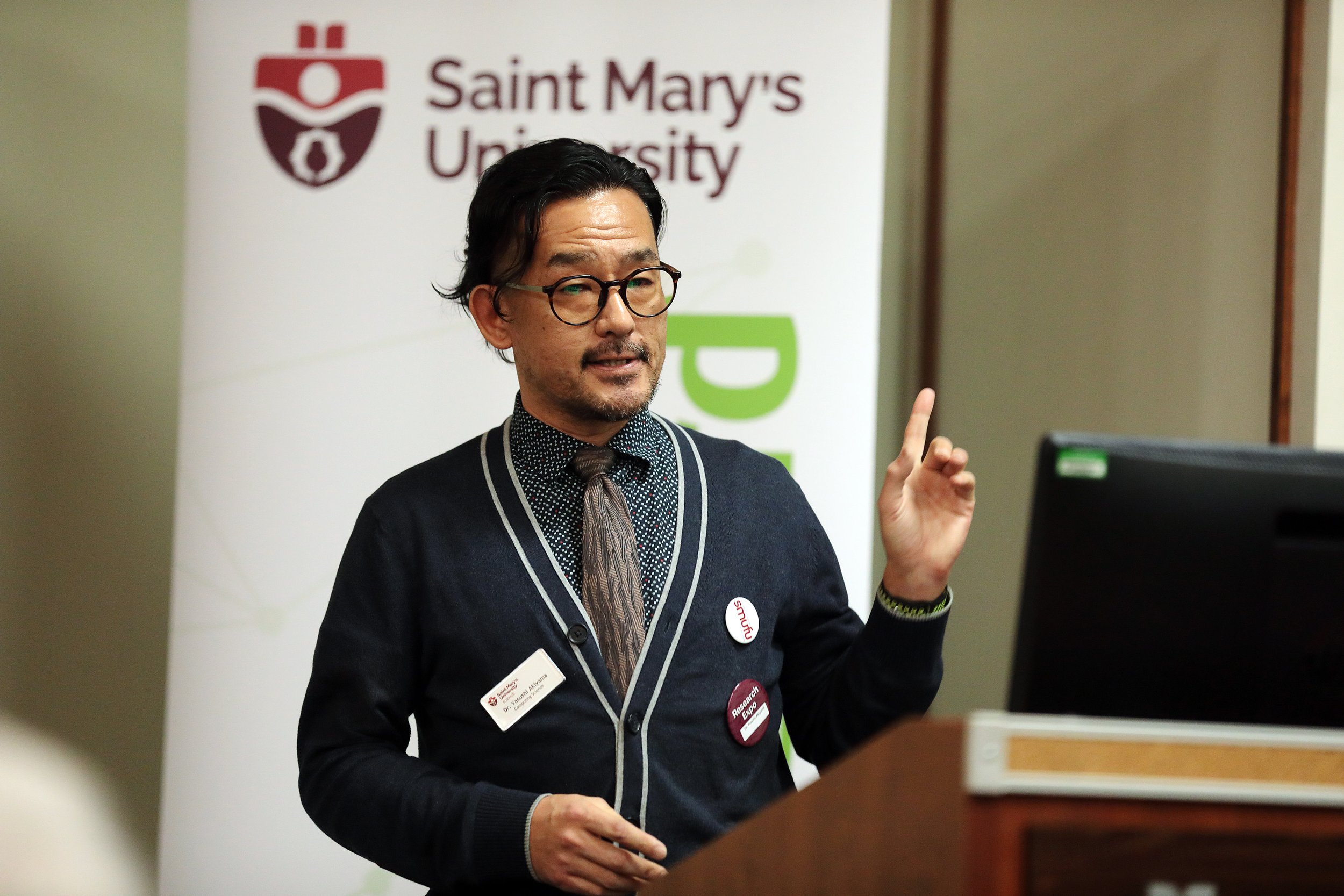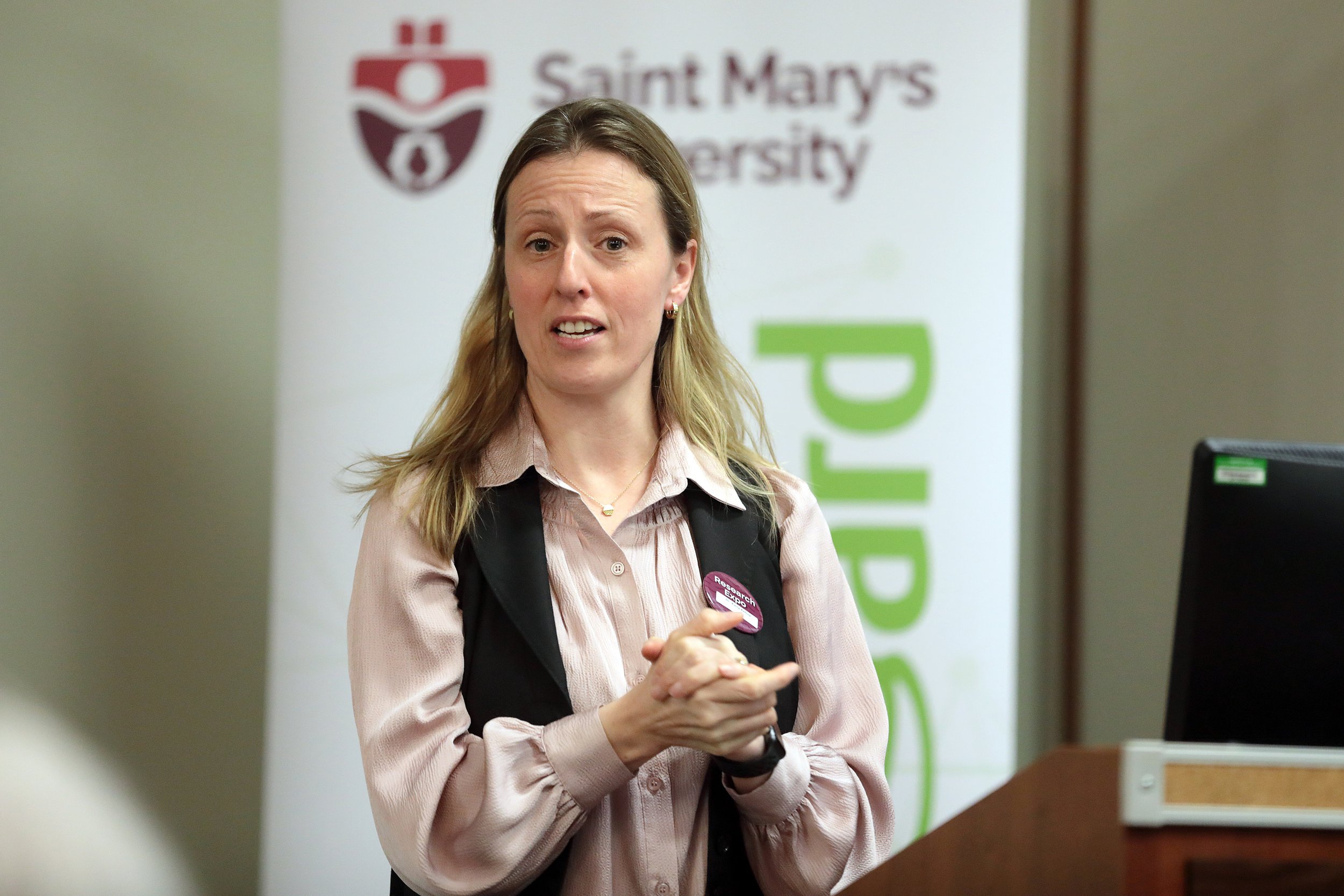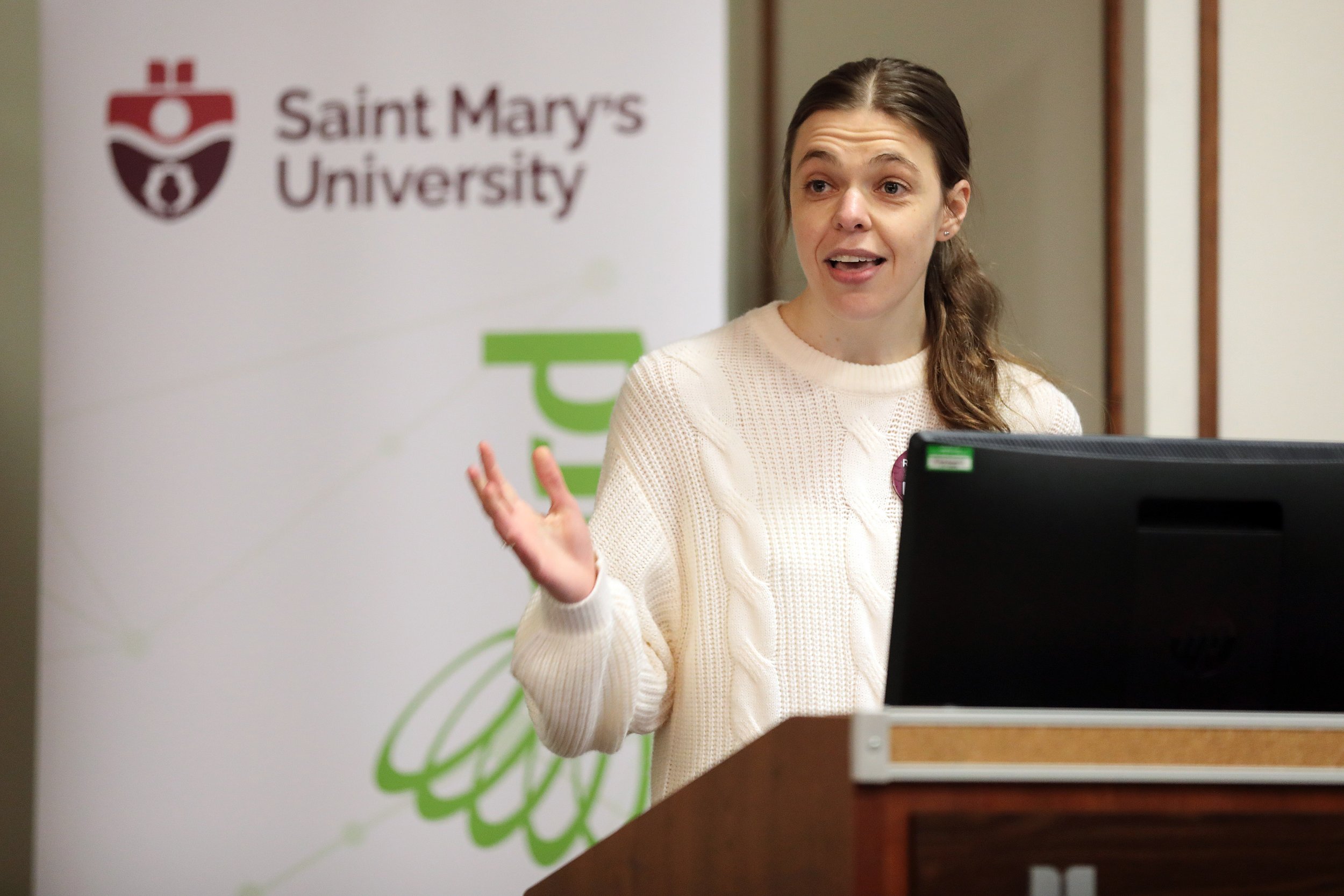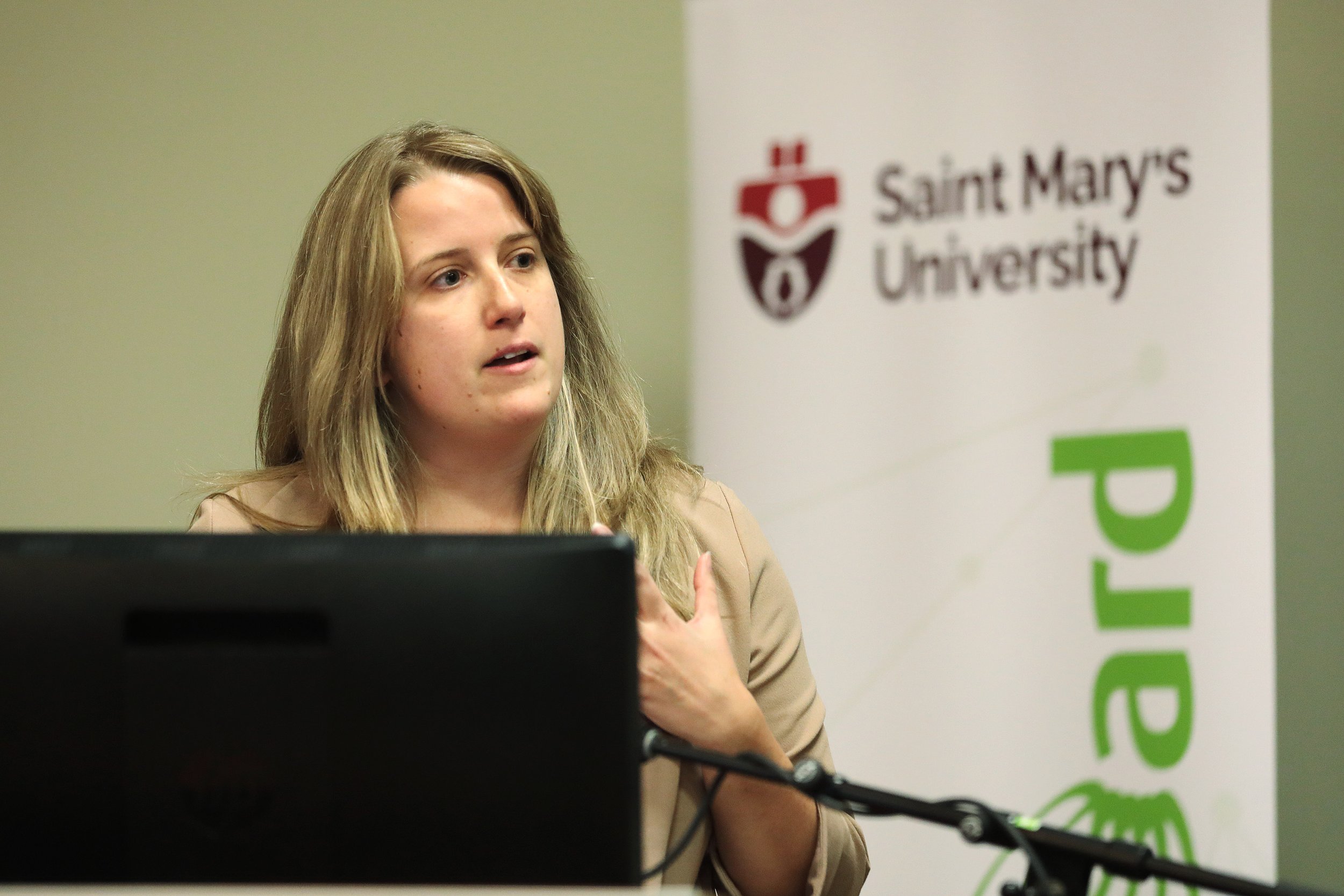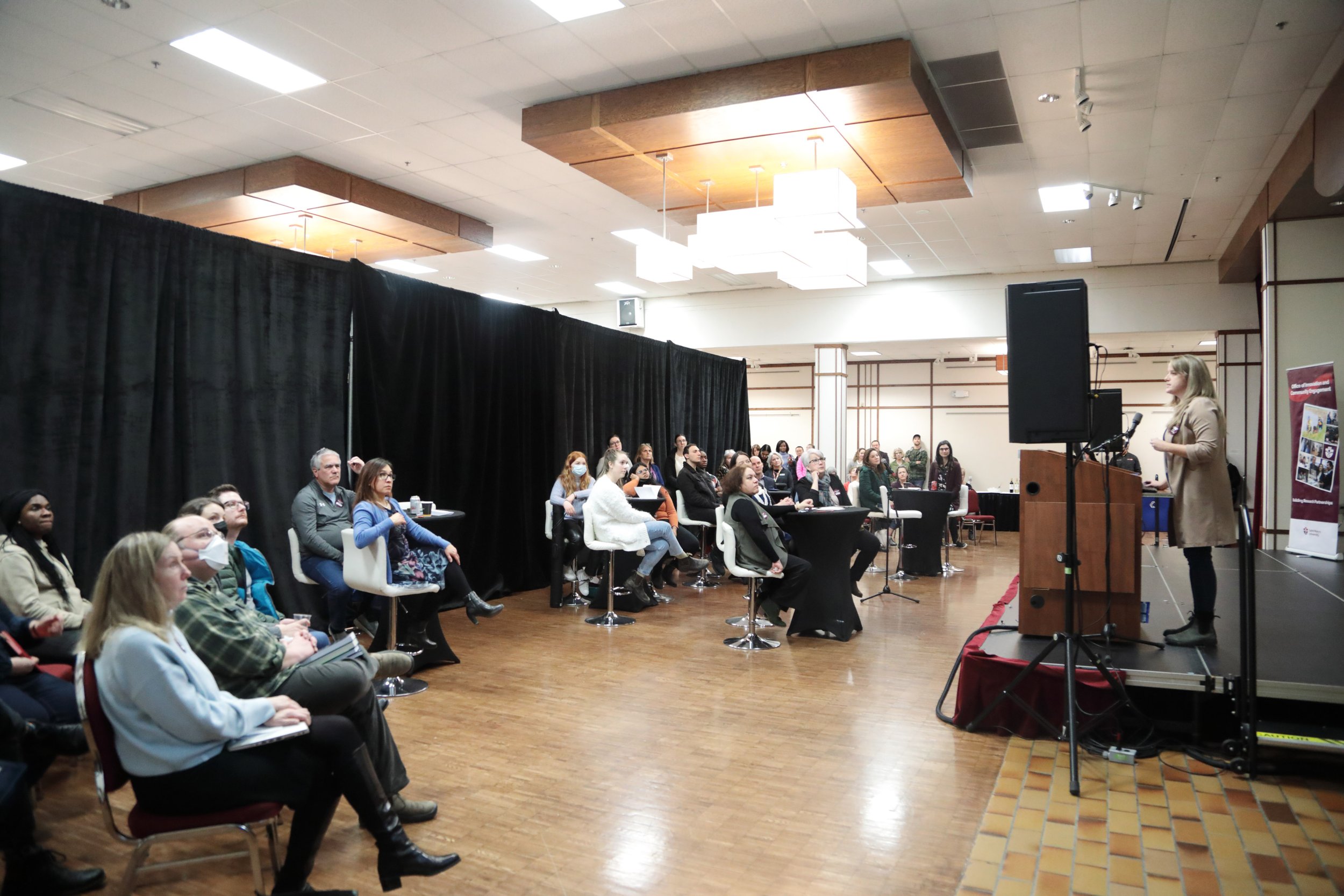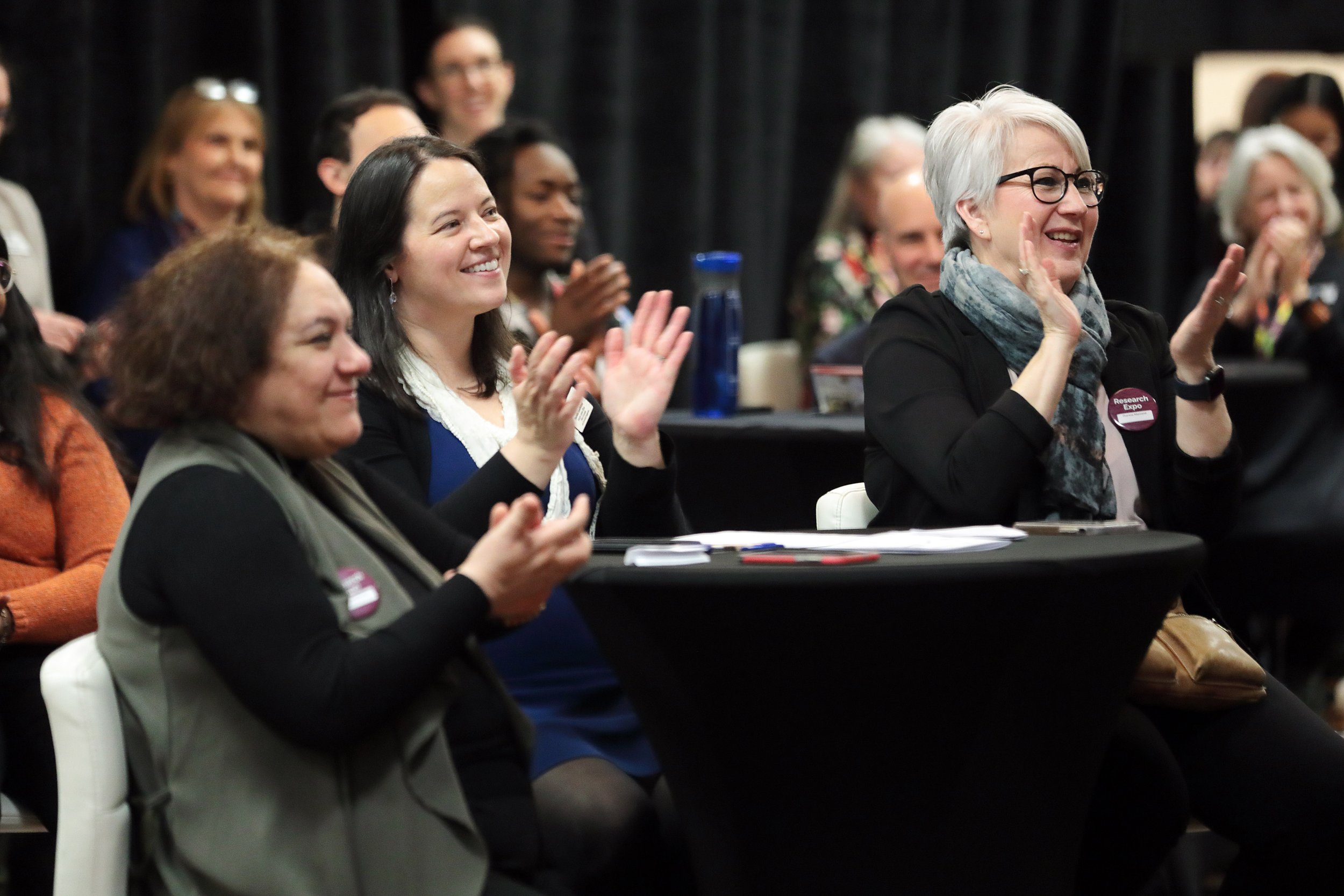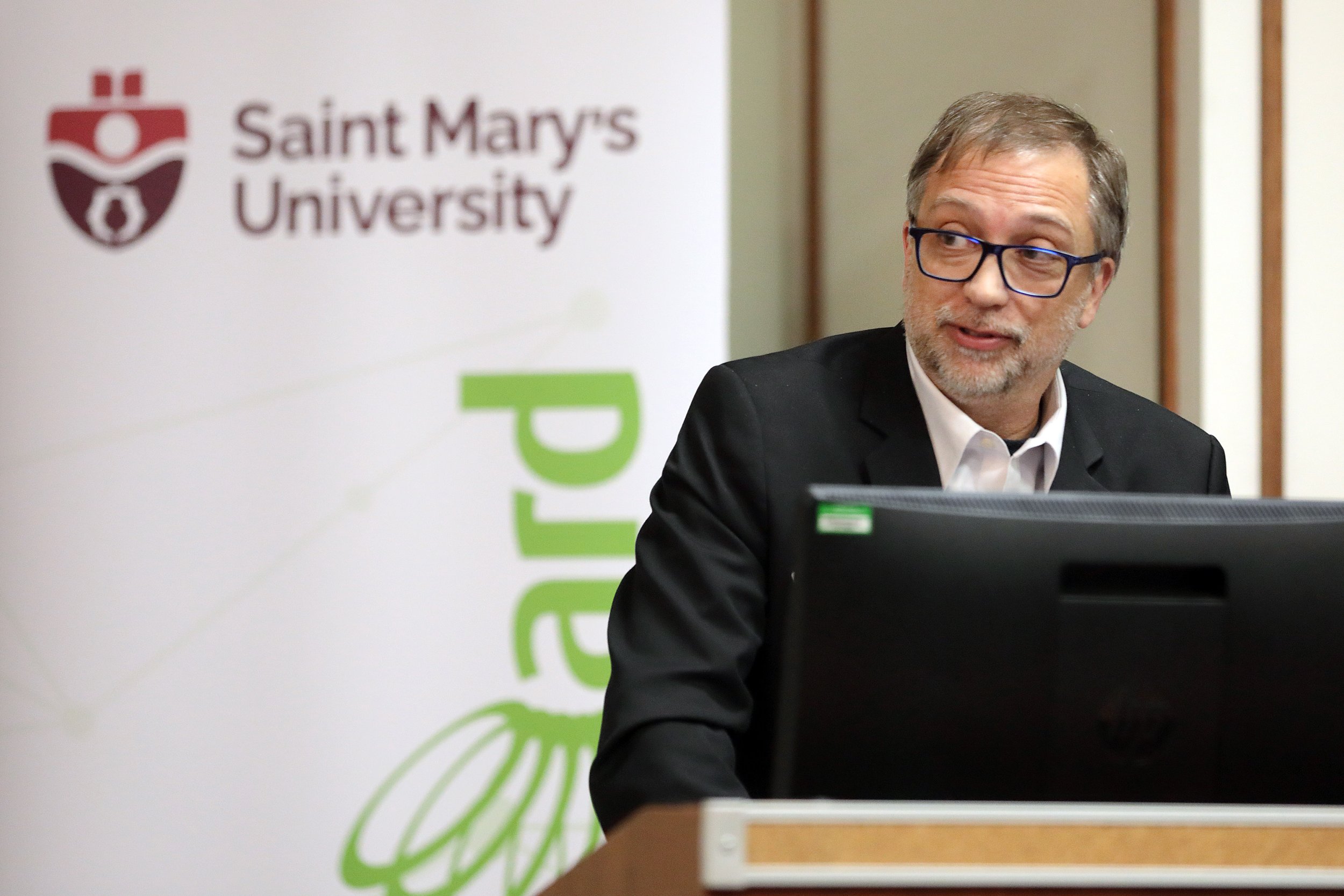Myles Davidson BA’21, Valedictorian for the Faculty of Graduate Studies and Research
Myles is an emerging research professional who was raised in St. Peter’s on the island of Cape Breton. He obtained his Bachelor of Arts in Criminology (Honours) and Psychology from Saint Mary’s University in 2021. Having a strong passion for both research and academia, Myles chose to stay at Saint Mary’s and enroll in the Master of Applied Psychology program. In his seven years at Saint Mary’s, Myles has been involved in various research projects centered on the prevention of sexual abuse, child sexual abuse and substance abuse.
With ten publications to his credit, Myles’ research contributions have led to real-world changes, most notably as a member of the research team that informed the current vaping legislation in Nova Scotia.
Myles has participated in several academic conferences to date, with his presentation at the 2023 Canadian Psychological Association conference winning second place amongst all graduate presentations. In addition to his research, Myles has been a teaching assistant at Saint Mary’s for the last five years specializing in research methods and statistics. For this work, he was recognized with an excellence in teaching award from the Council of Canadian Departments of Psychology in 2022. During his master’s degree, Myles received research funding from several notable organizations including Research Nova Scotia and the Social Sciences and Humanities Research Council.
Aside from his education, Myles is an accomplished professional musician. To date, he has released two studio albums and has performed extensively throughout the Maritimes. Some of the highlights of his career include performing at the Celtic Colours International Festival and the East Coast Music Awards, as well as having one of his songs featured in a museum in Barra, Scotland. Despite the demands of school, Myles has ensured that music continues to be a central focus in his life. In the future, Myles intends to pursue a doctorate in forensic psychology and carve out his own path in academia by conducting impactful research.
Q&A with Myles
Hometown: St. Peter’s, N.S.
Thesis title: Consent in vanilla and BDSM sexual encounters: conceptualization, violations, and repercussions
Thesis description: This thesis sought to understand how consent is negotiated in BDSM encounters, whether practicing in an organized BDSM community is protective against consent violations, and whether having an interest in sexual sadism is a reliable predictor of consent violation perpetration.
Why did this type of research appeal to you? A lot of my undergraduate and graduate work was in sexual abuse prevention, specifically, the role that sexual sadism plays in sexual abuse perpetration. I believe it is critical to understand what causes sexual abuse and what researchers can do to prevent it. Additionally, since there has been very little research conducted on BDSM, I was motivated to contribute in this area.
Why did you choose Saint Mary’s for your graduate studies? I completed my undergraduate degree at SMU and loved every minute of it. The community at SMU is supportive, collaborative and welcoming no matter who you are and what your interests are. When I chose to pursue a master's degree in forensic psychology, I knew there was no better place for me.
Any other successes you’d like to share, or difficulties you were able to overcome? In terms of successes, SMU not only allowed me to conduct research that led to publications, but it also allowed me to work on projects that had a positive impact on the lives of others. In terms of difficulties, I spent the end of my undergraduate degree and the start of my graduate degree in the height of the pandemic. I commend SMU for how they went above and beyond to ensure that no student was left behind.
Future plans? I plan to pursue my PhD in forensic psychology, followed by a career in academia.
Any advice for new students?
Build strong connections with your professors. A seemingly inconsequential conversation can lead to the opportunity of a lifetime.
Don't be afraid to step out of your comfort zone.
Most importantly, have fun with your degree. If you do what you love, you'll love what you do.
Fall Convocation takes place on September 22 and 23, 2023. Watch the ceremonies live at smu.ca/graduation or on our Facebook page.






